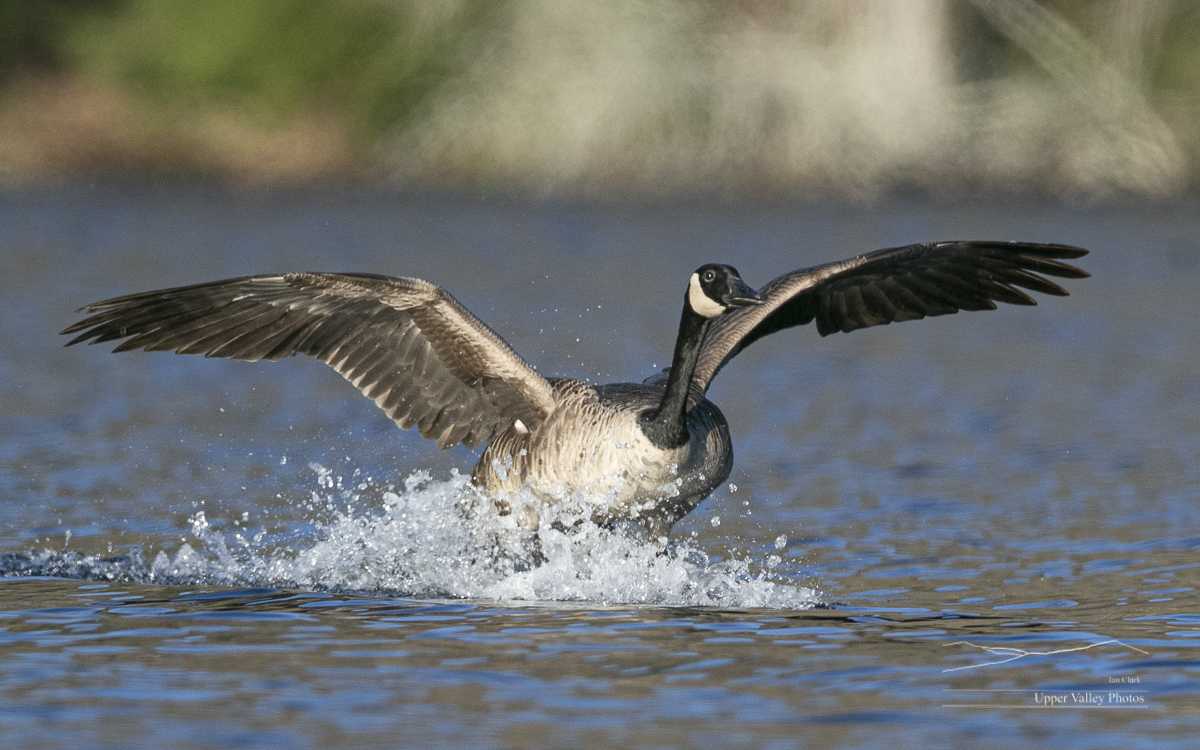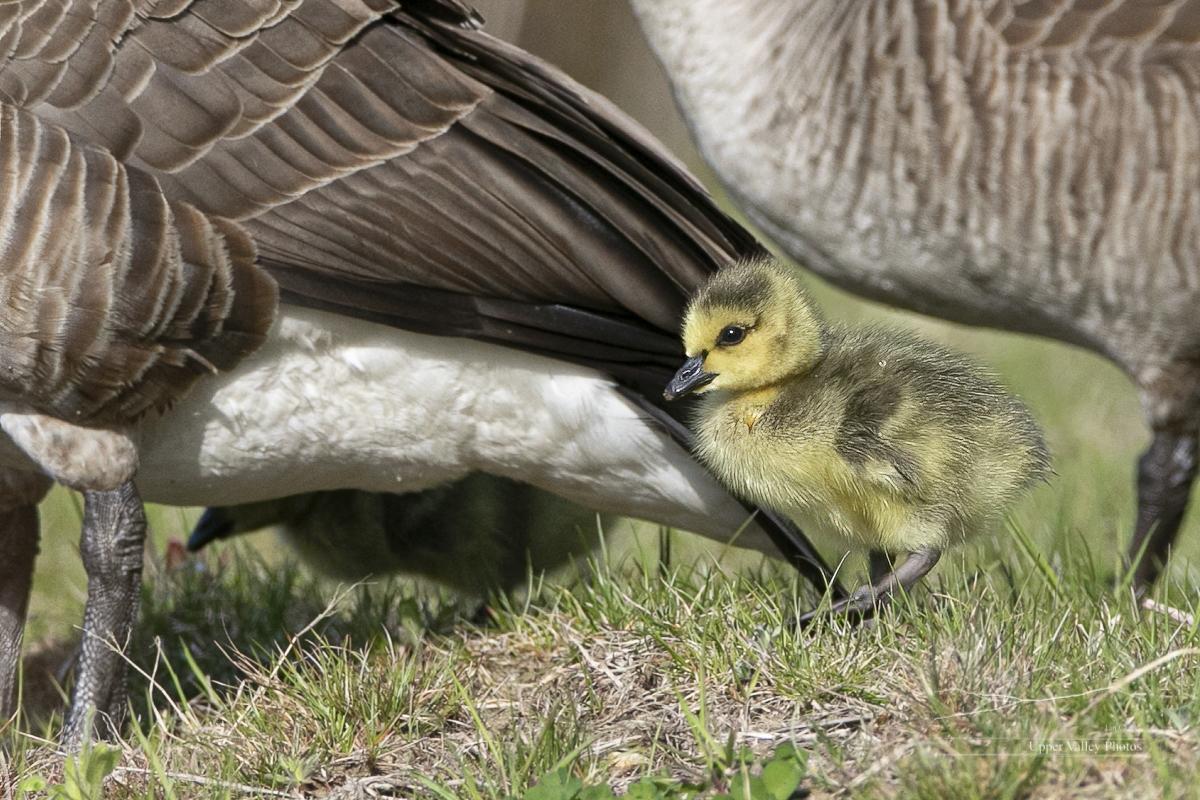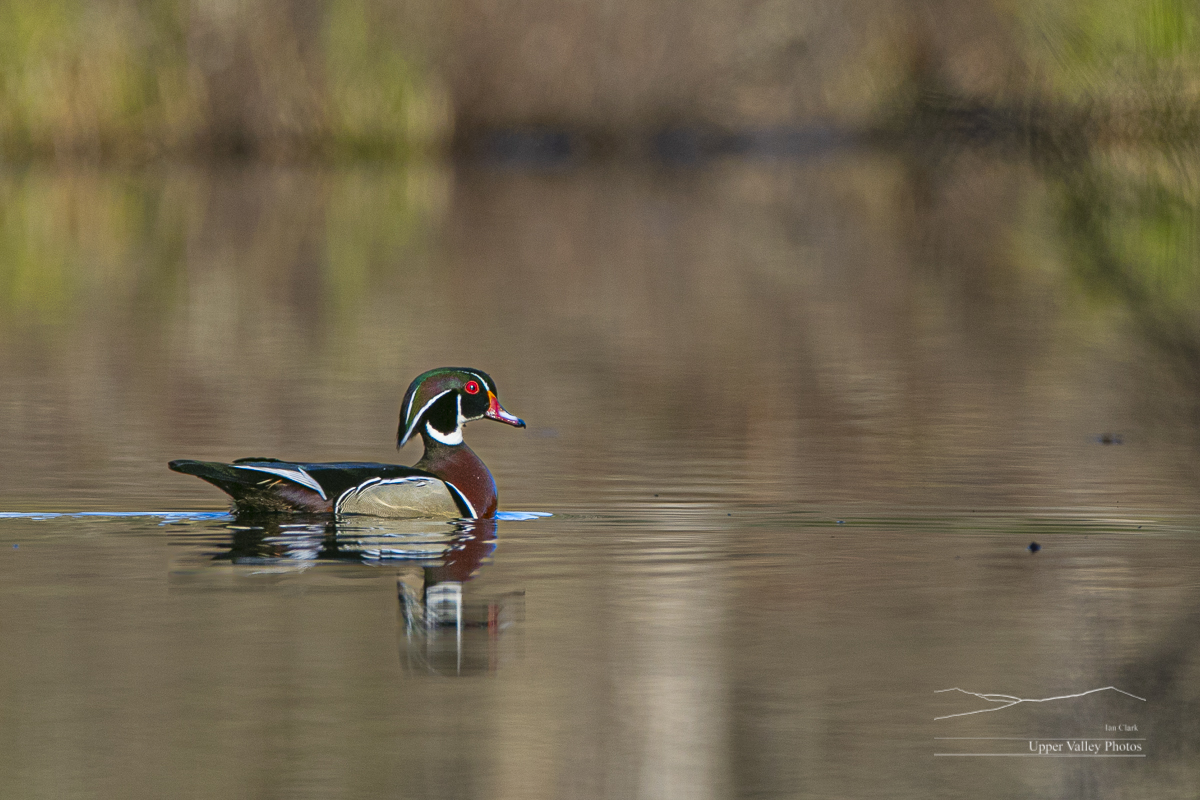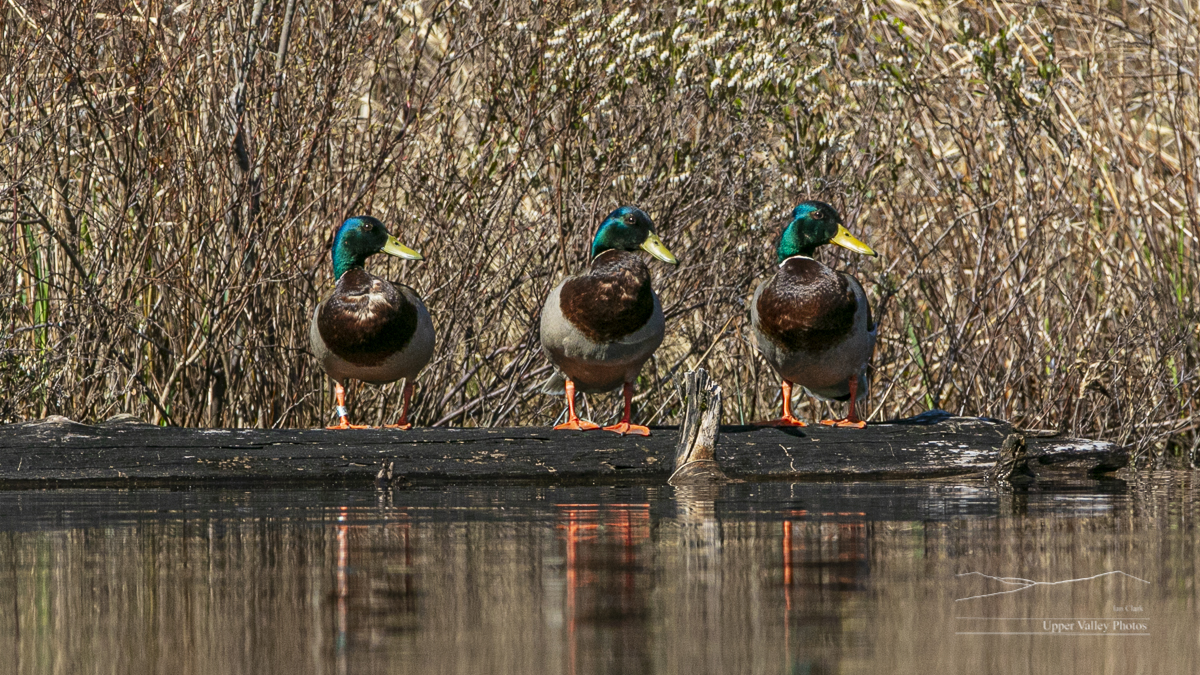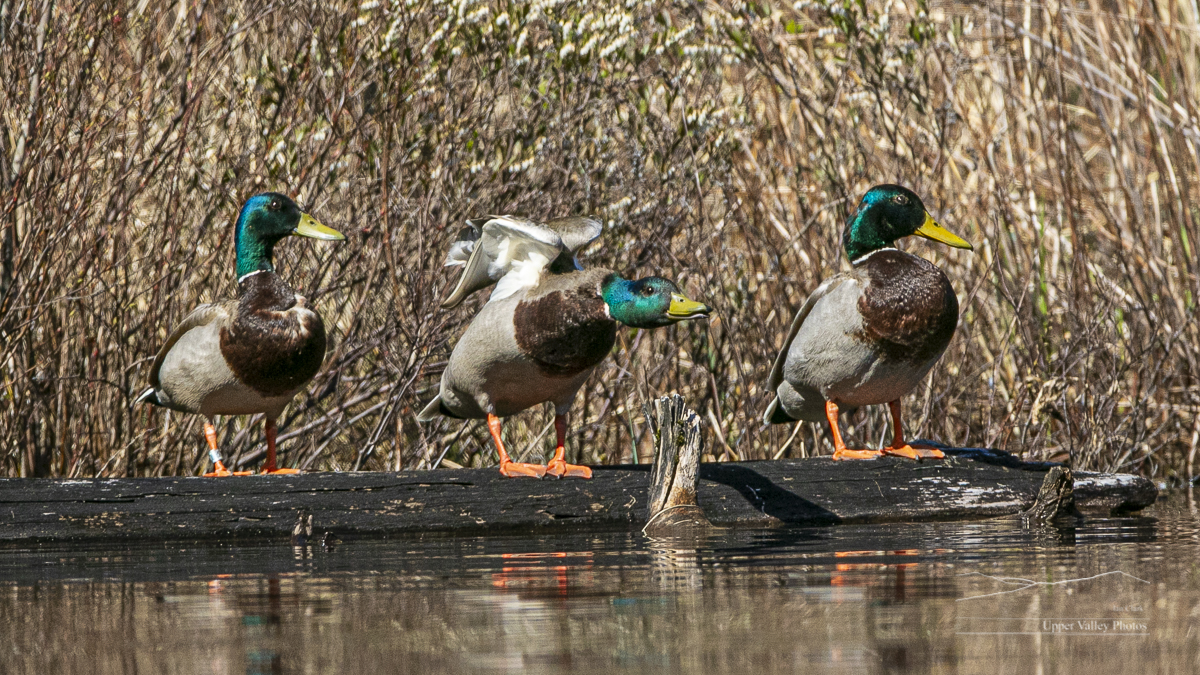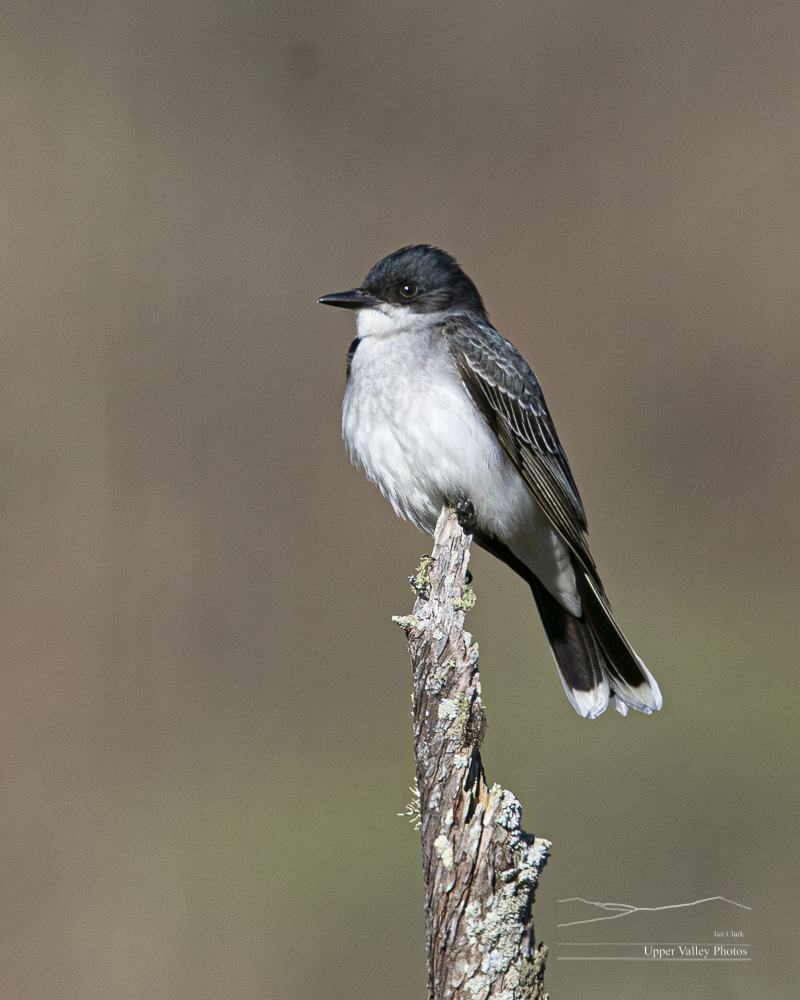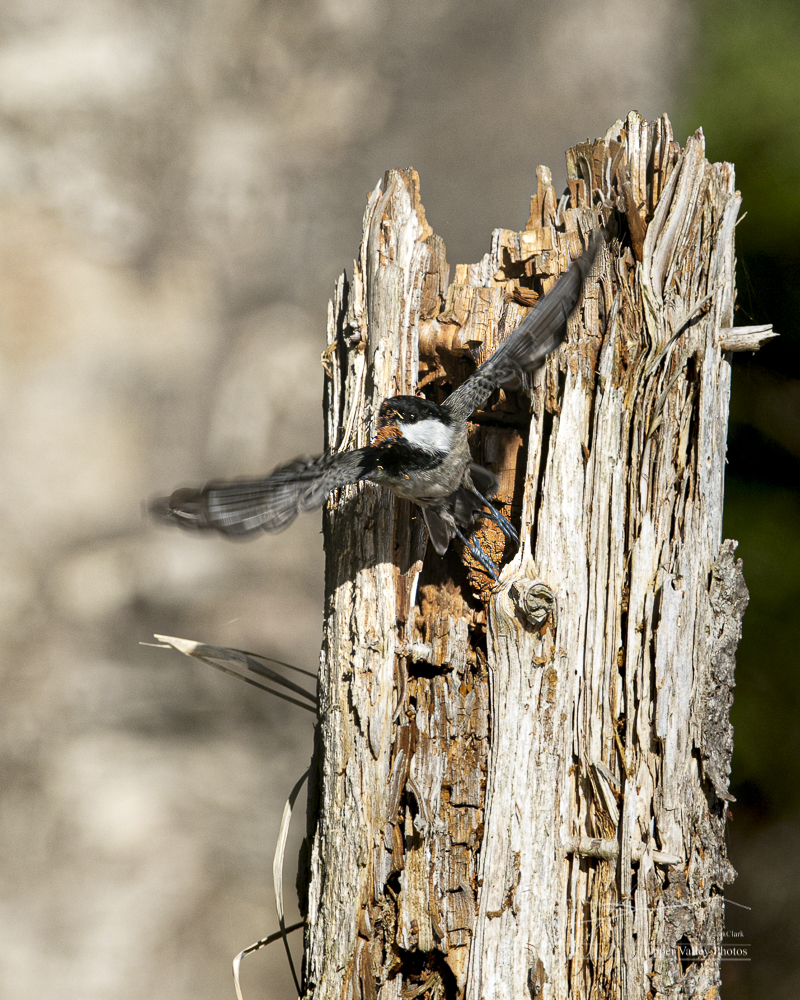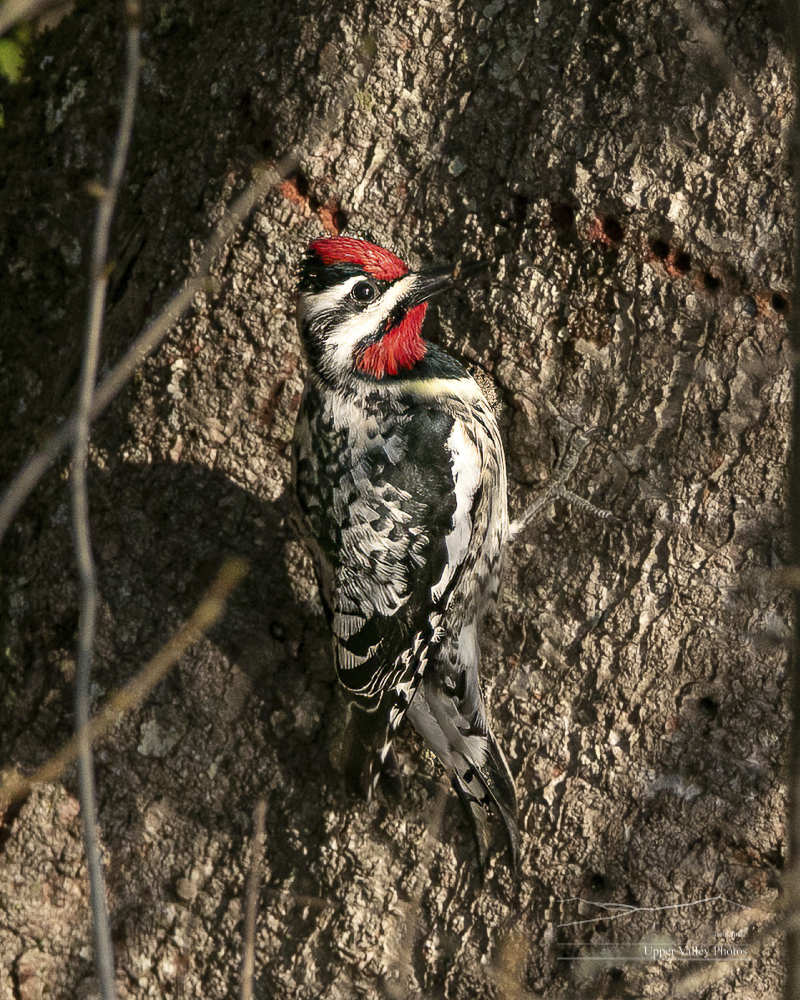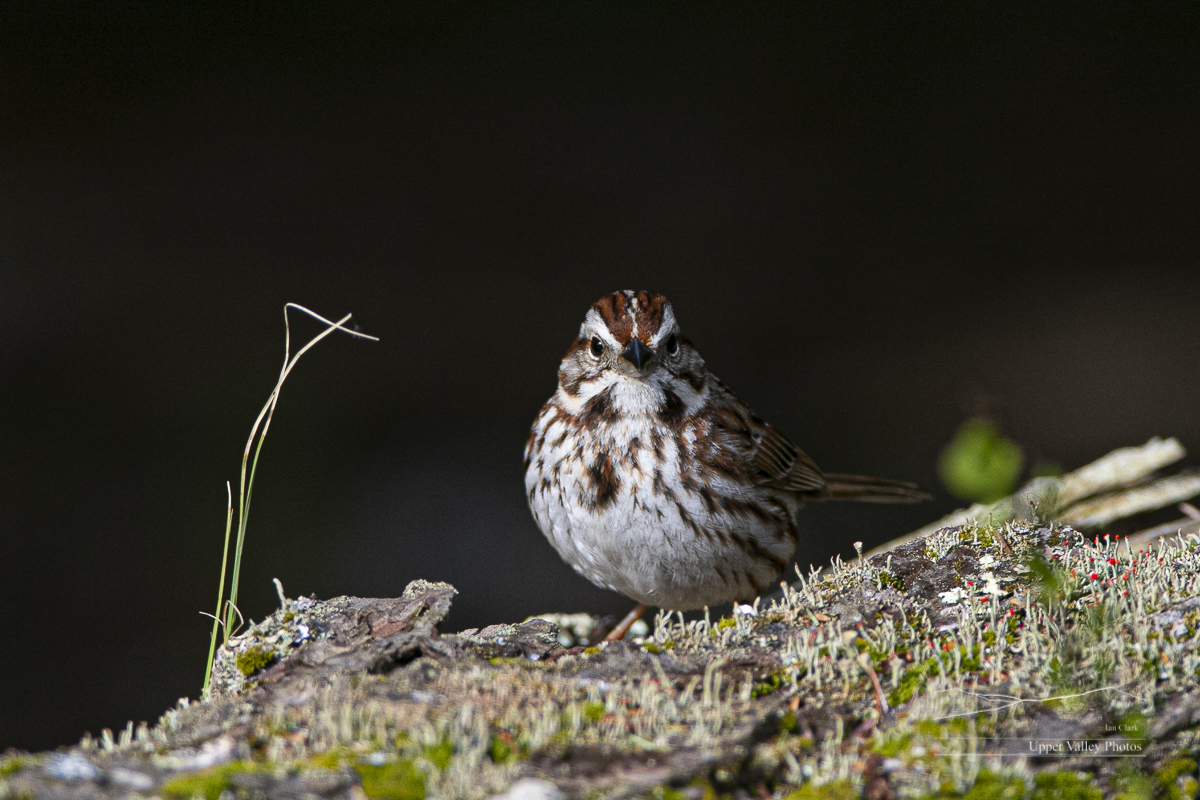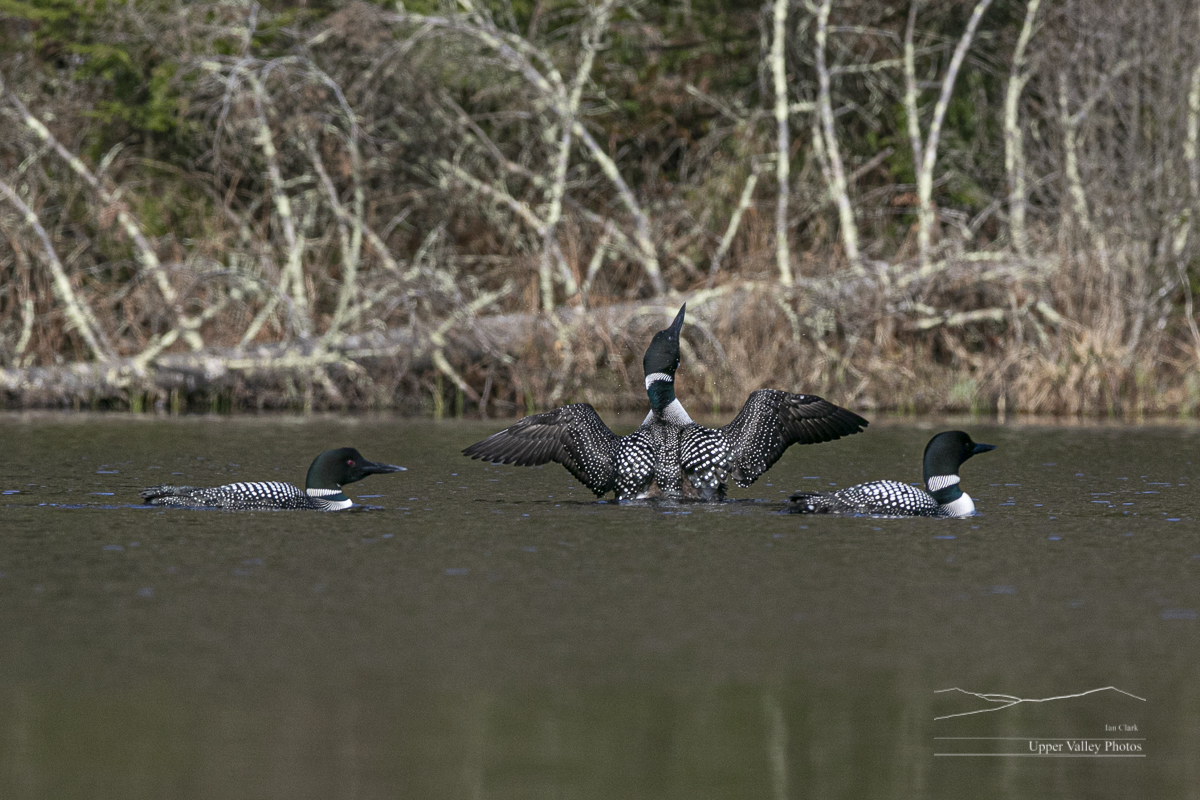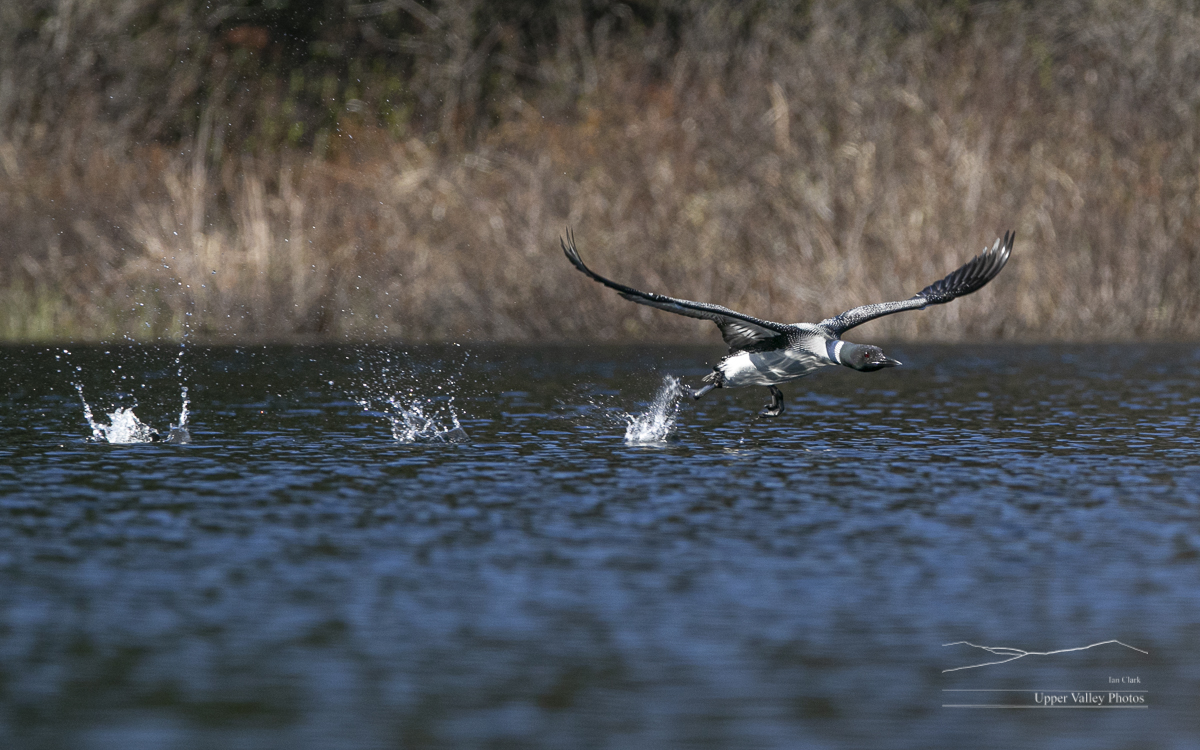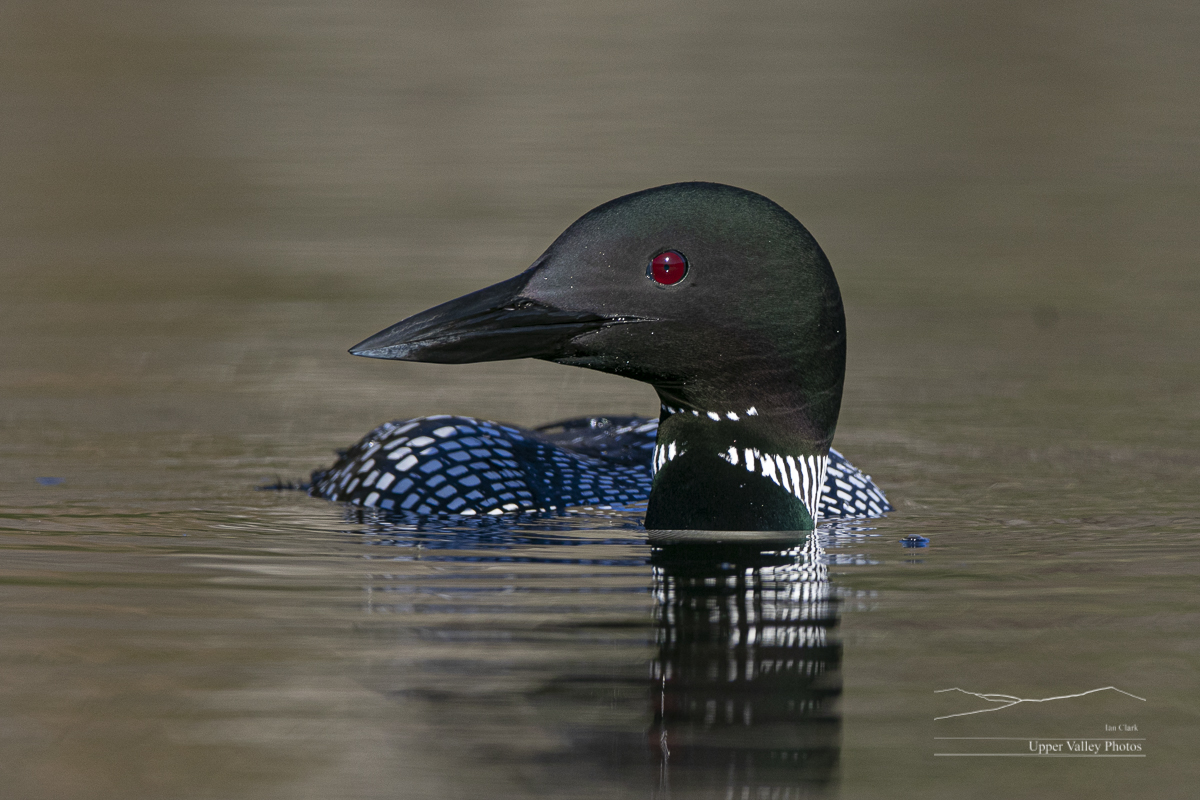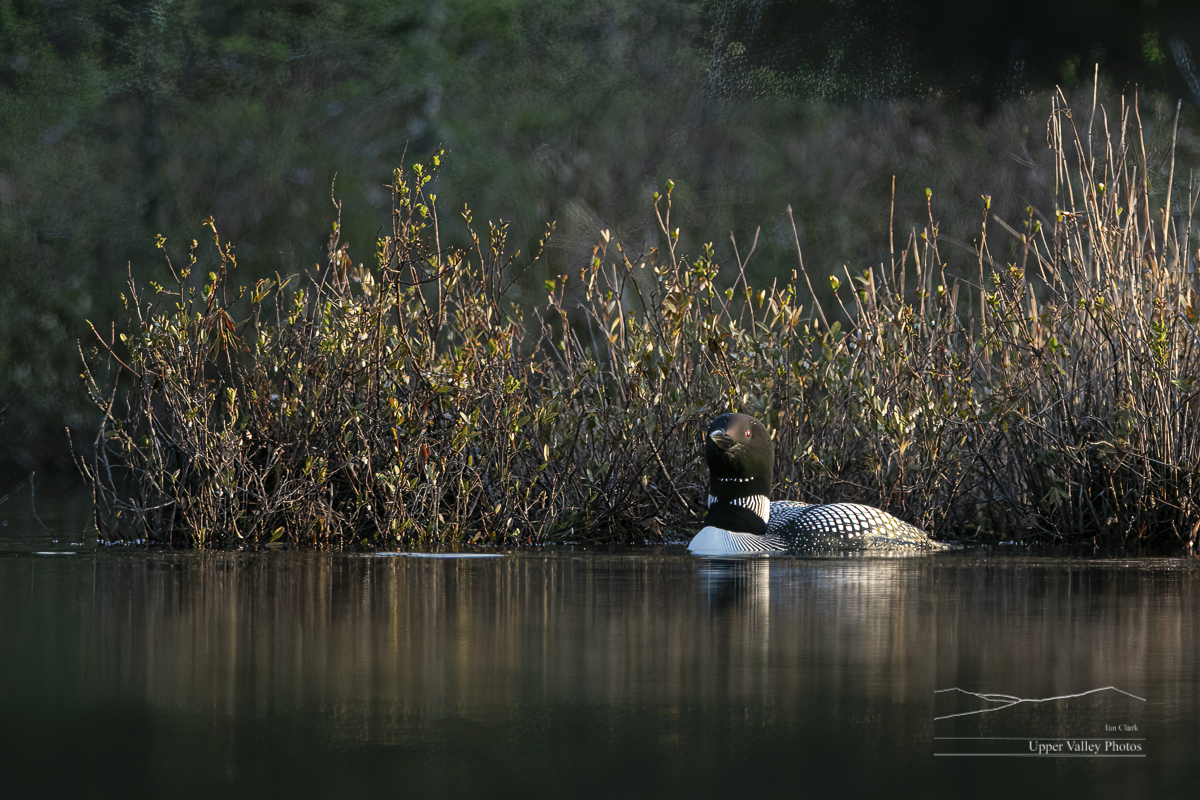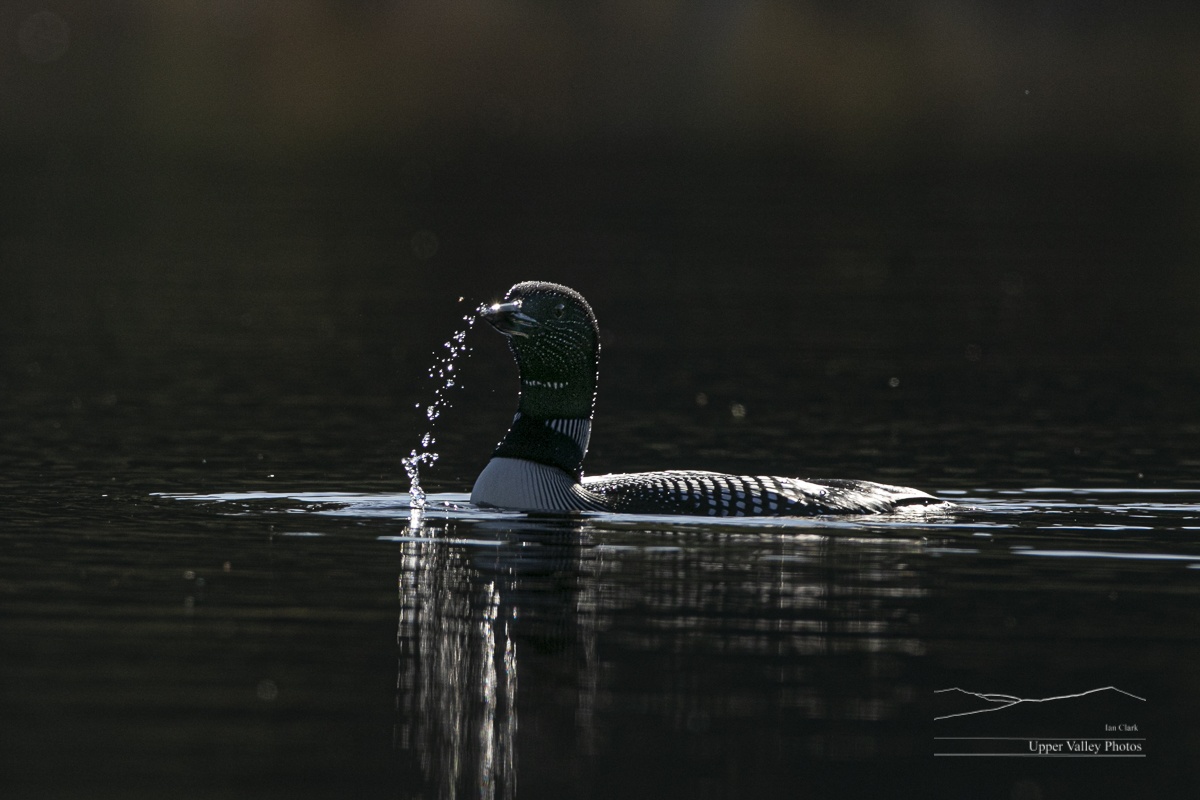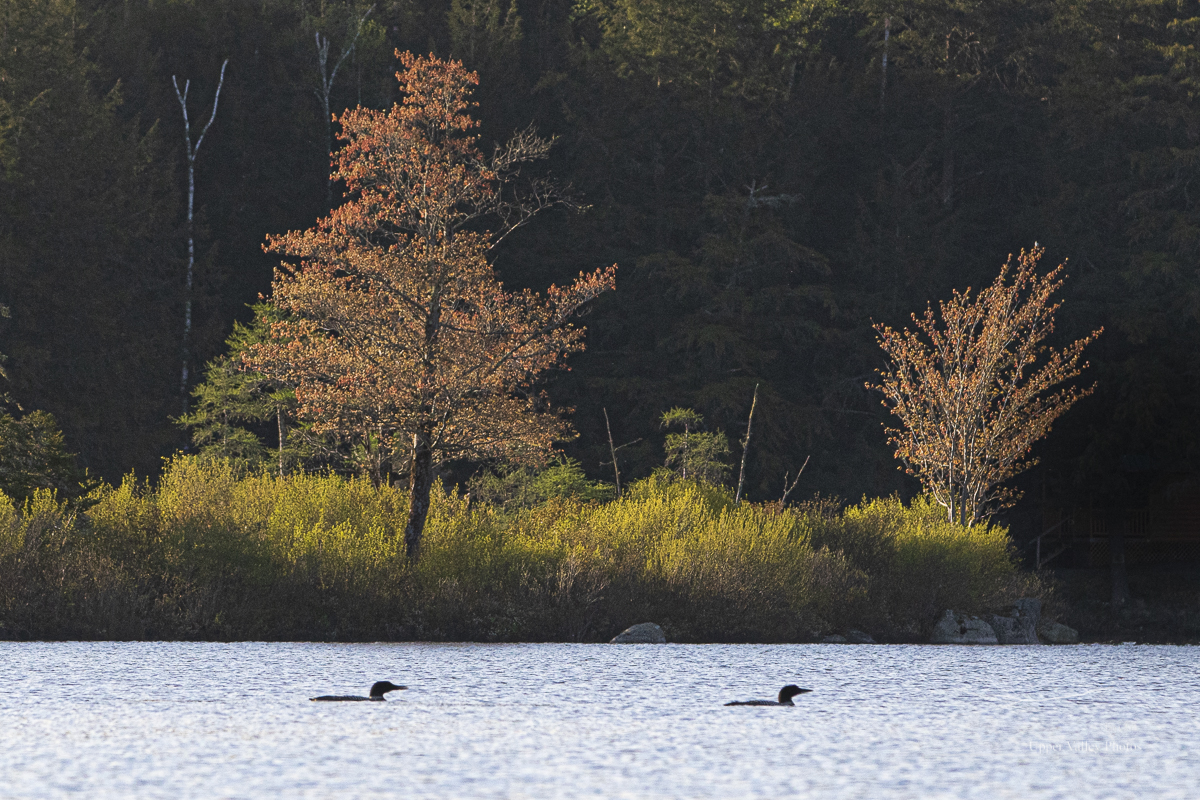Posts Tagged: common loons


Checking in with the Loon Families
With the beautiful weather we had last week, I was out morning and evening every day checking in on all three loon families along with their neighbors. The Forest Service road to the Easton’s pond is now passible so I finally got up to check on them.
A raft of new subscribers joined us this last week. If you found me from the Paradise City show, thanks for stopping by. For the new visitors, to protect the loon families, I don’t publish their location on the web. Not everyone on the web has wildlife’s best interests at heart. The three families I follow are the ‘Eastons,’ on the easternmost pond I frequent, the ‘Westons’ are on the westernmost and the ‘Middletons’ are in the middle.
The first visit to the Eastons was last Tuesday evening. There was a strong wind kicking up the occasional whitecap. On my first lap around the pond, I didn’t spot any loons and last year’s nesting site was untouched. After time, one adult loon appeared, foraging lazily. The chop was too much for photos and the black flies had decided I was the buffet, so I called an early quit and headed home.
Wednesday morning, I headed out to see the Westons.
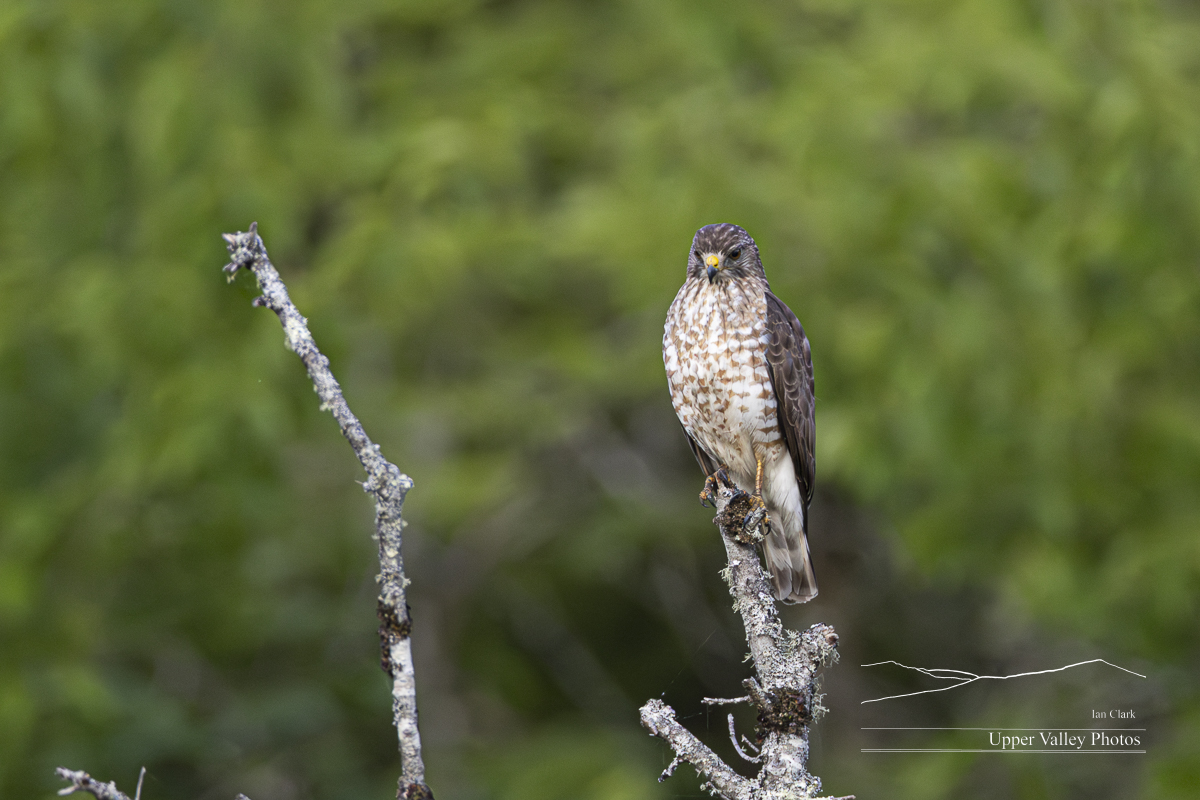
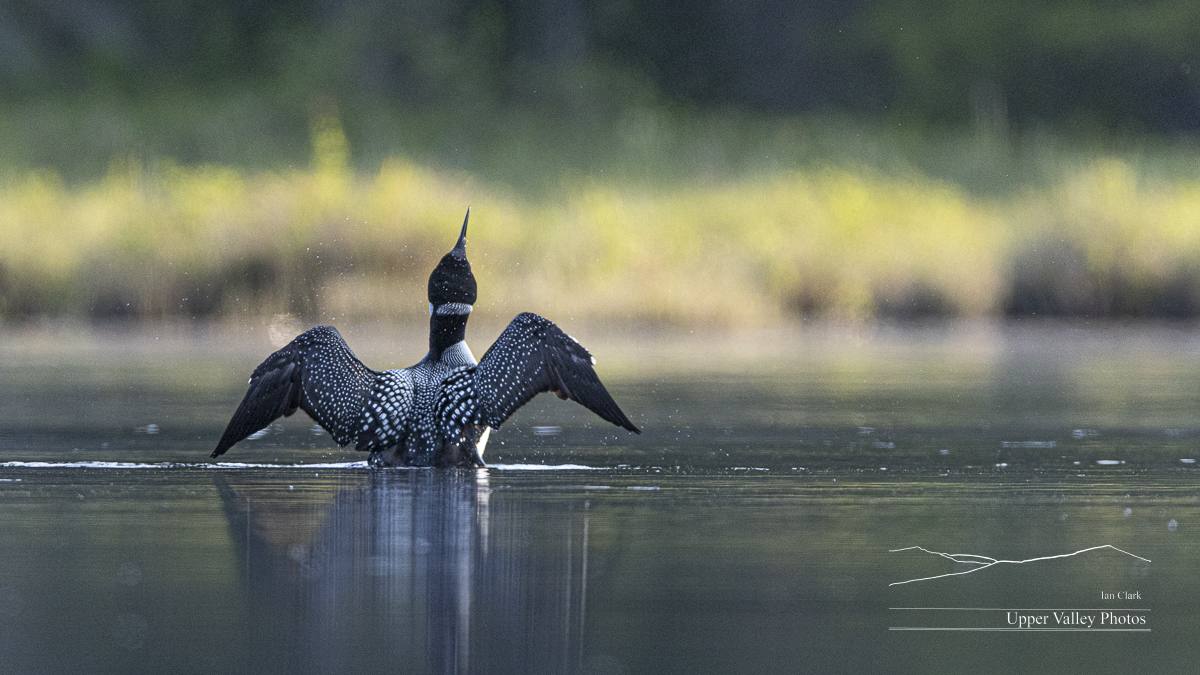
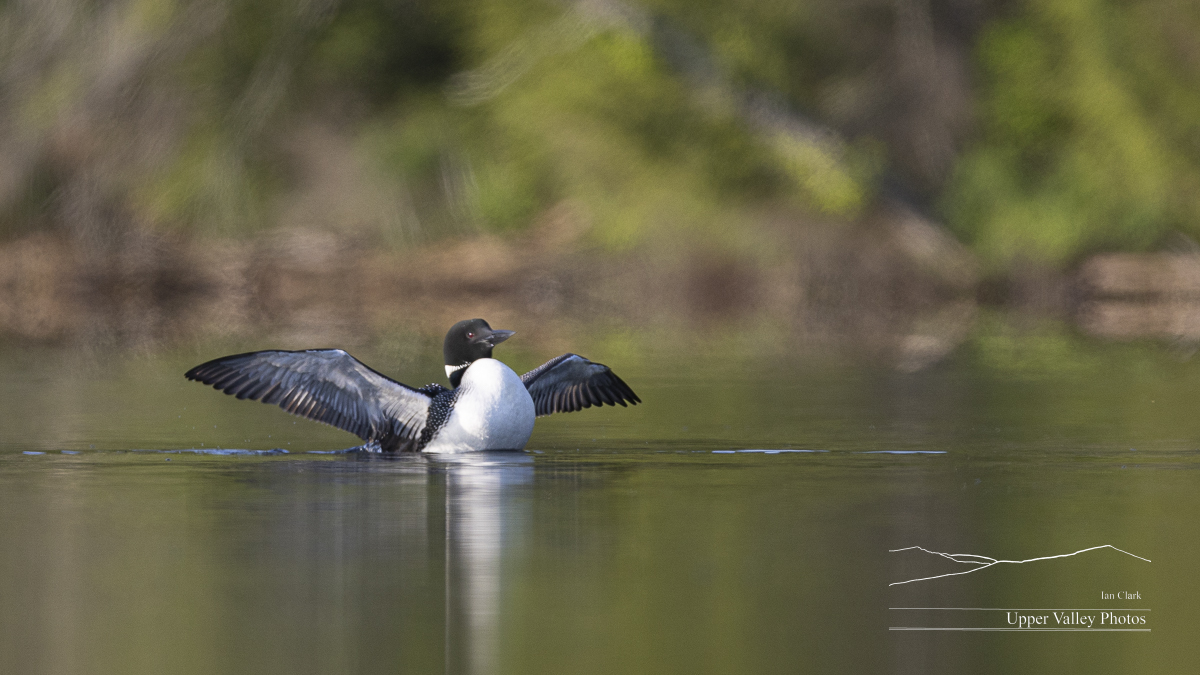
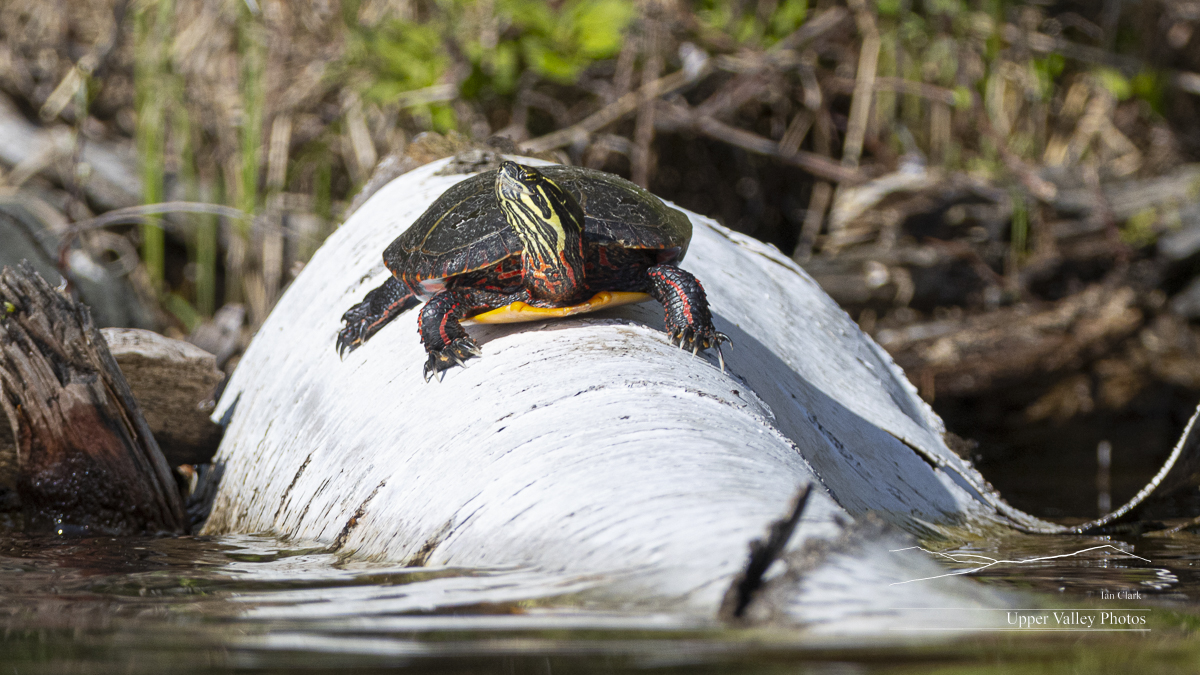
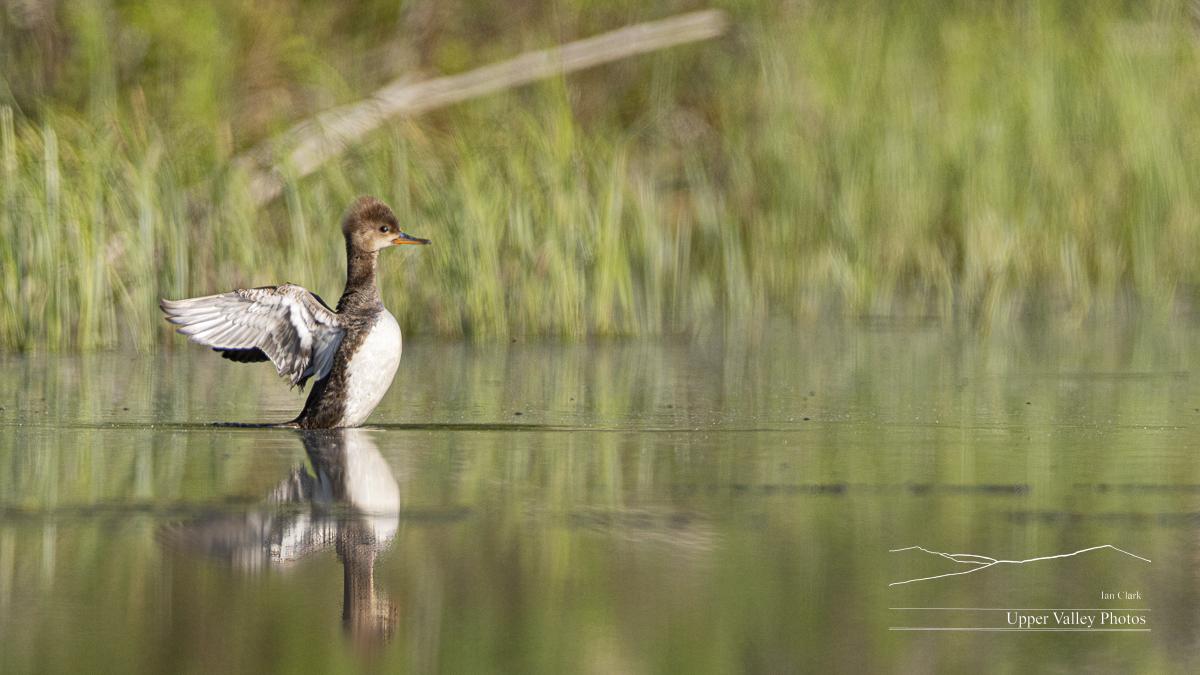
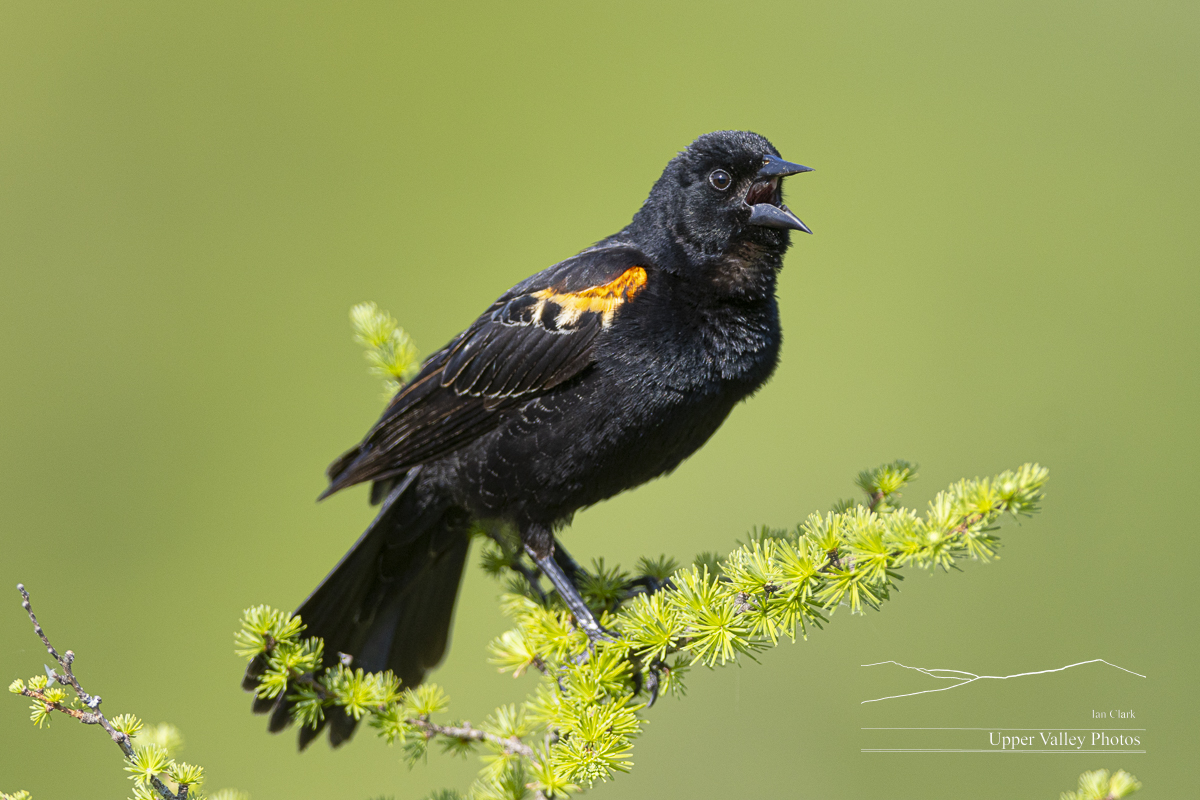
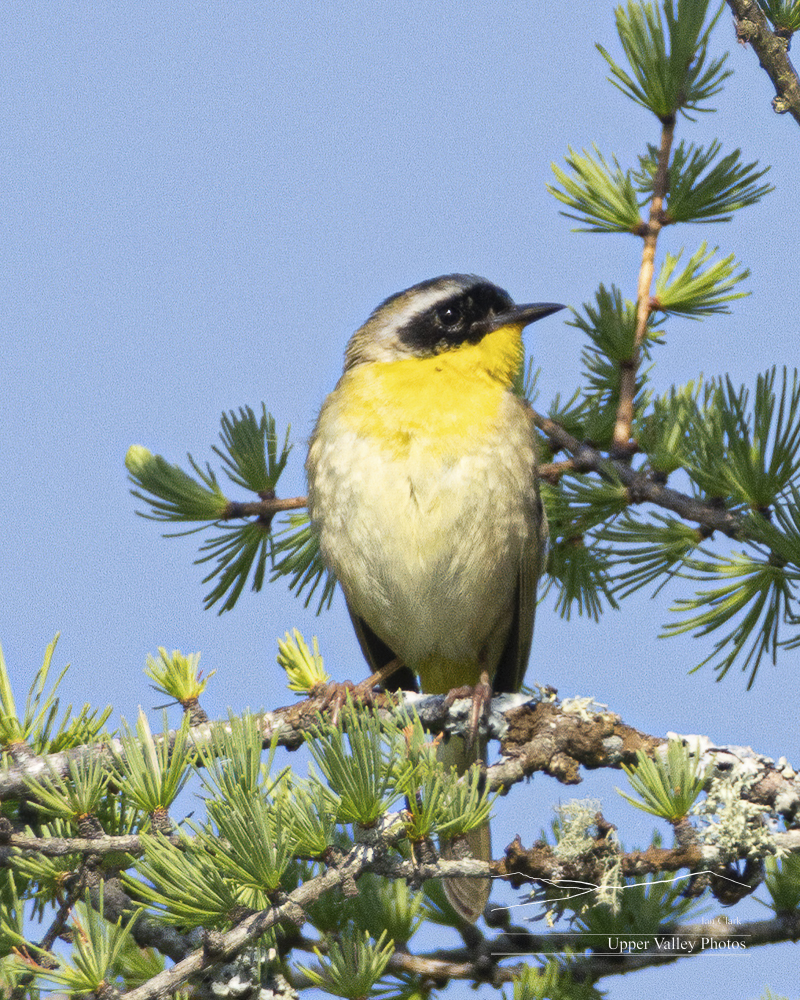
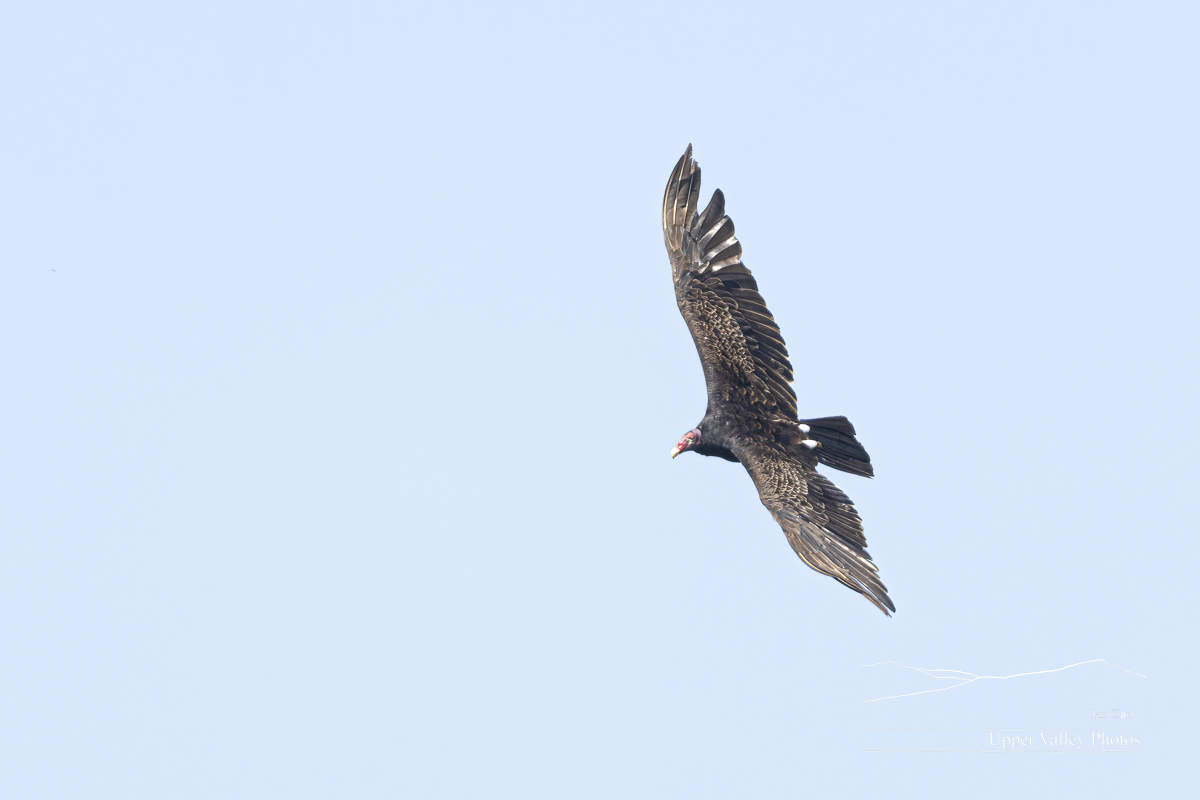
Wednesday evening, I dropped in on the Middletons. It was well into the 90s. In previous years, the nest was fairly exposed to the afternoon sun and the loon with afternoon nest duty often sat in full sun for a couple hours. I headed over to check on the nest. On my way, the resident osprey took a fish from just a few yards in front of me. Of course, I didn’t see him until he was just a few feet above the water, I had to watch instead of taking photos.
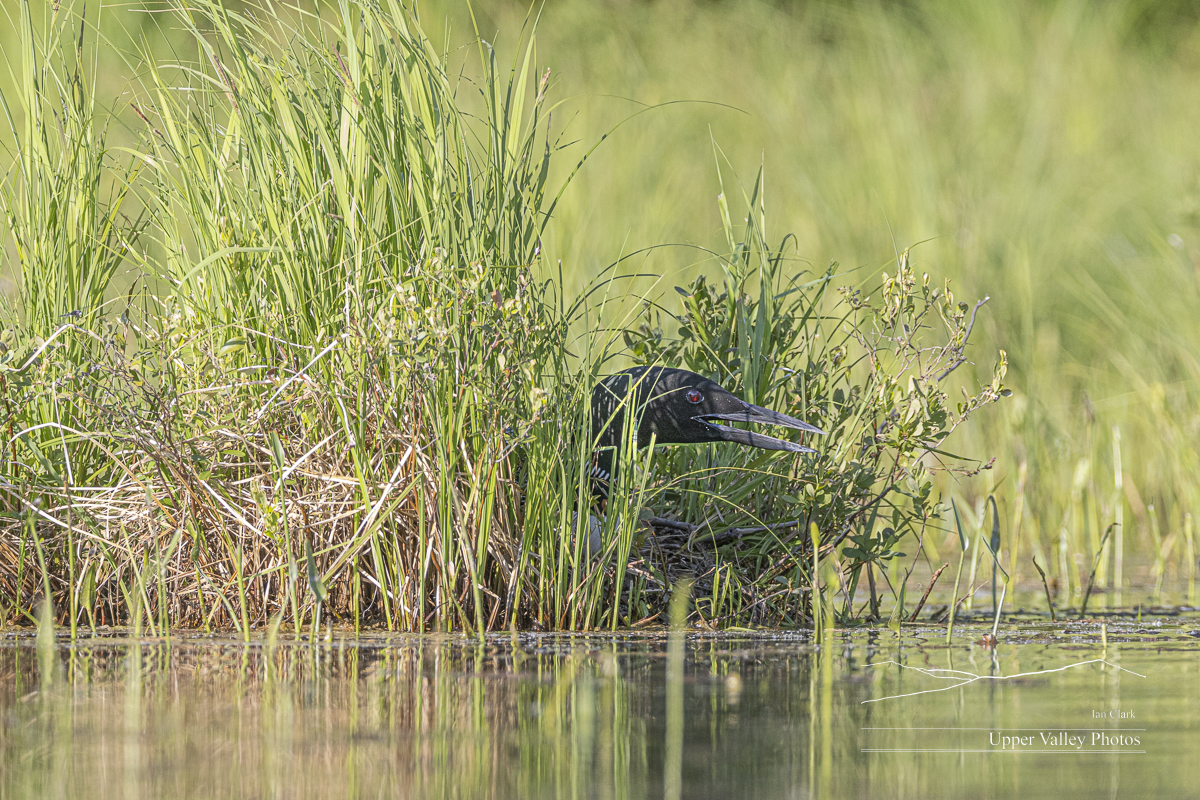
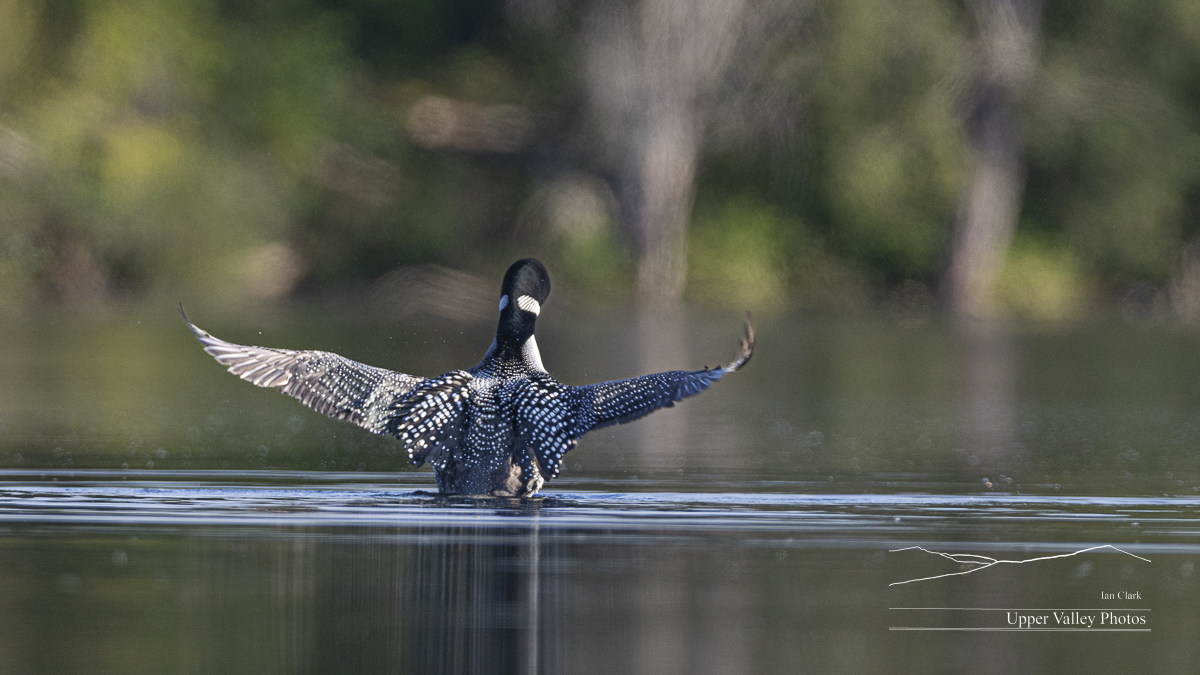
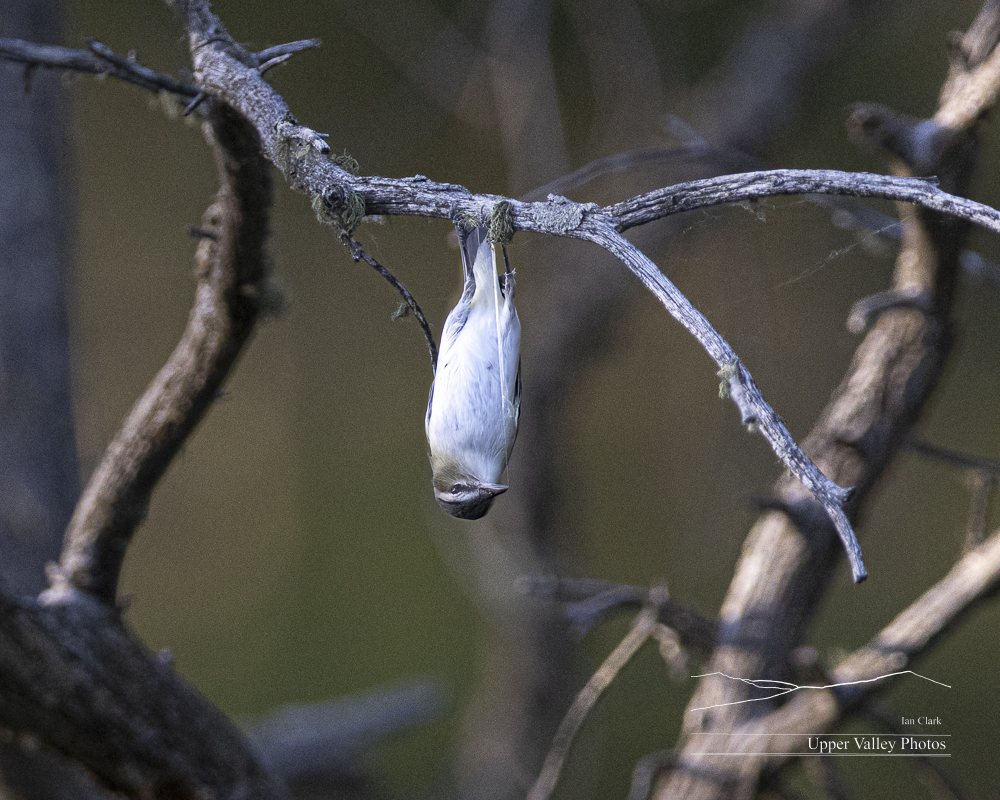
Thursday morning I headed back to visit the Eastons, hoping both had returned. There was no wind, it was a perfect morning just to be out on the water, even better for photos. As I headed down the pond, I quickly spotted a loon sitting on the bank a couple hundred feet from the previous nesting site. Studies of banded loons suggest that if they are successful in hatching chicks in a nesting site, they’ll reuse the site. The literature says the male picks the site, I hoped our male had returned (I want all my critters to live long happy lives before retiring to Boca Raton.) The male on the pond the last few years was banded, I wanted to get a look at their legs.

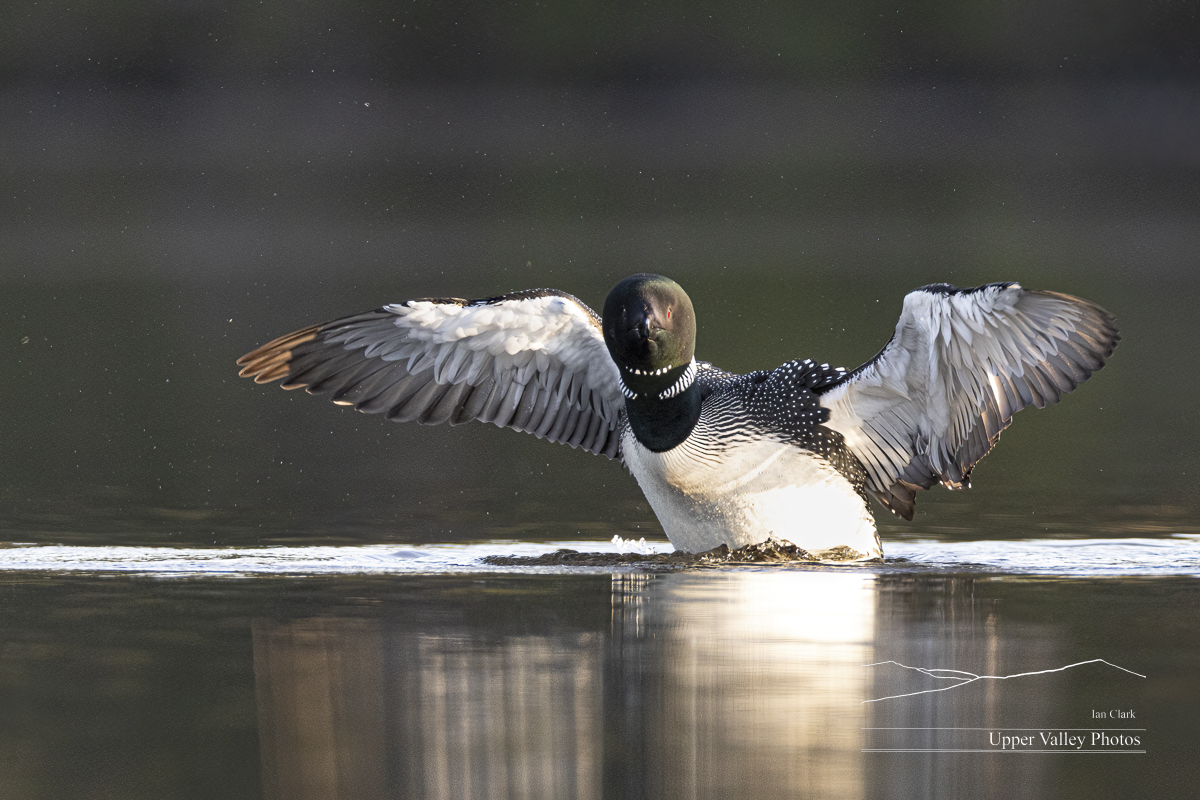
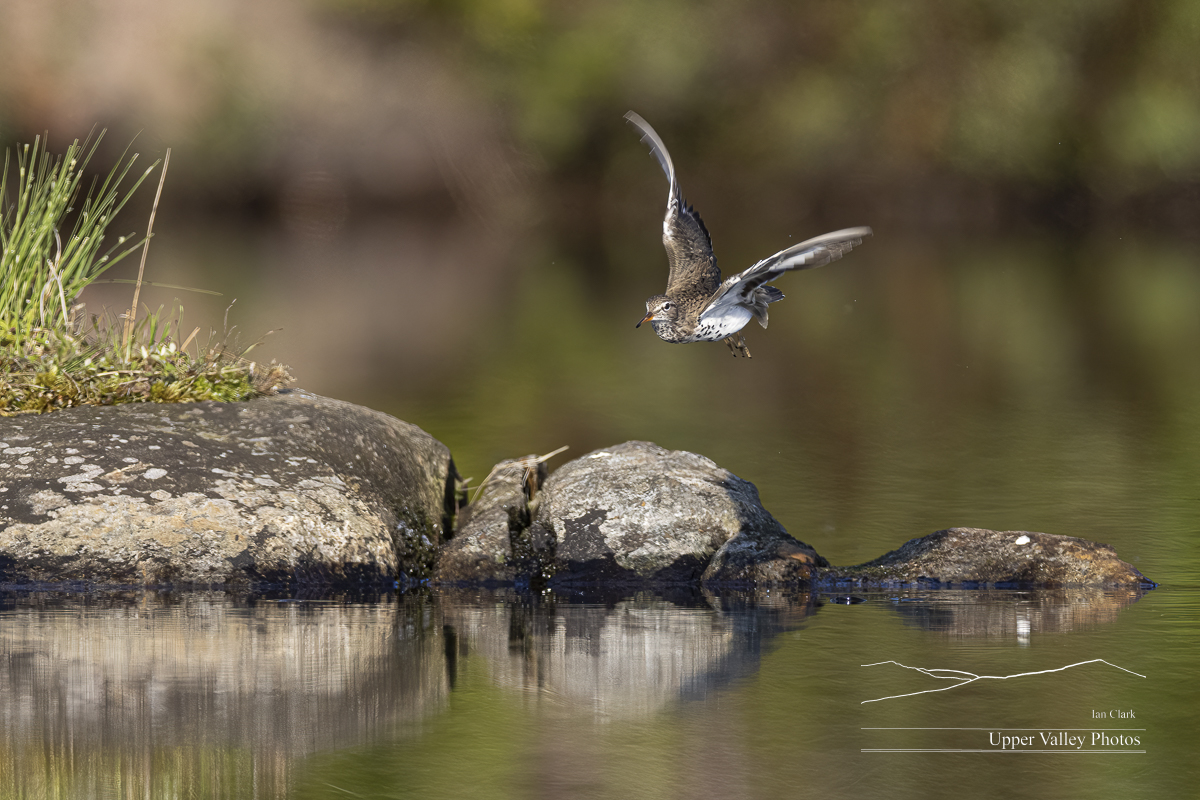
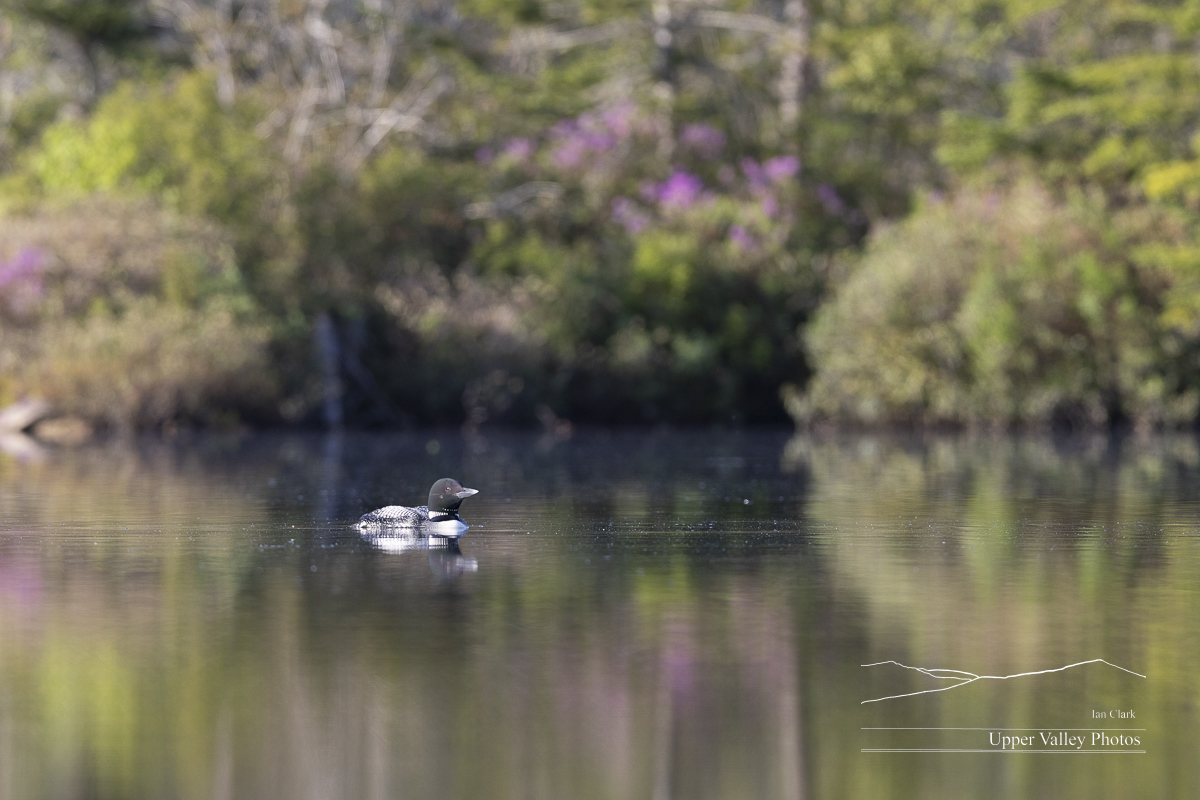

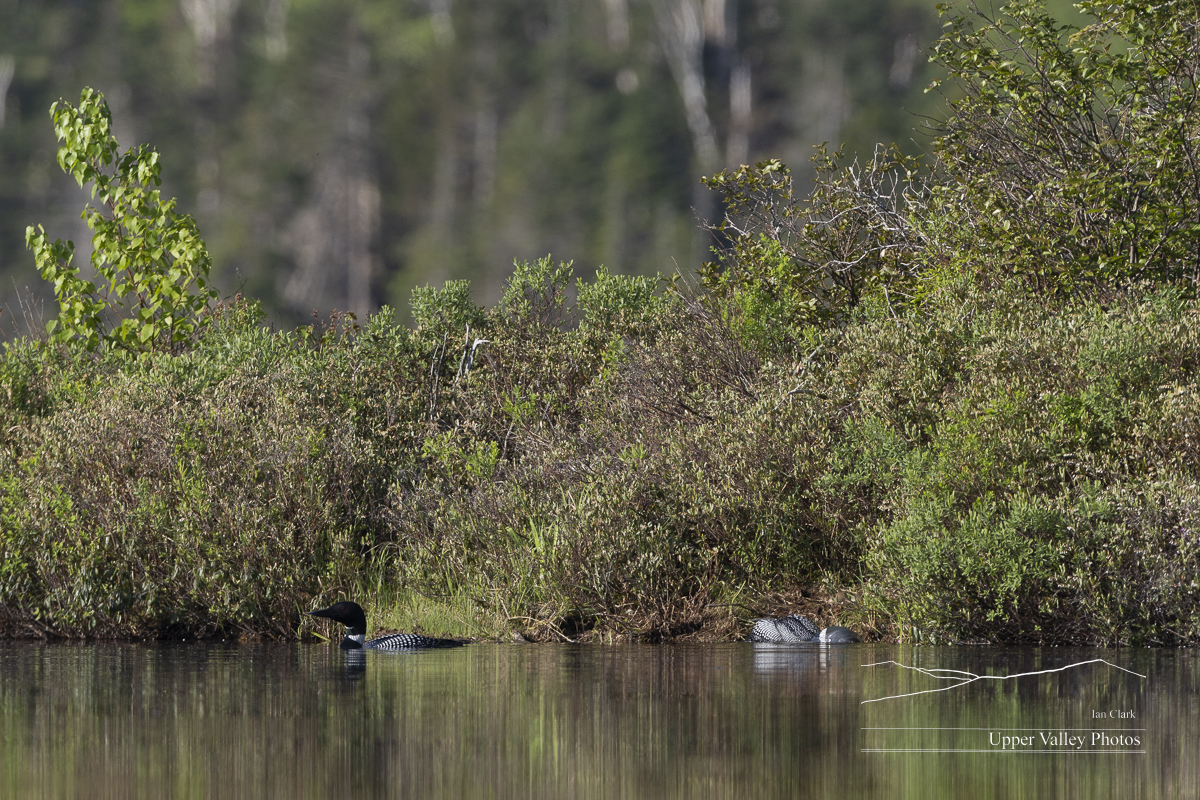
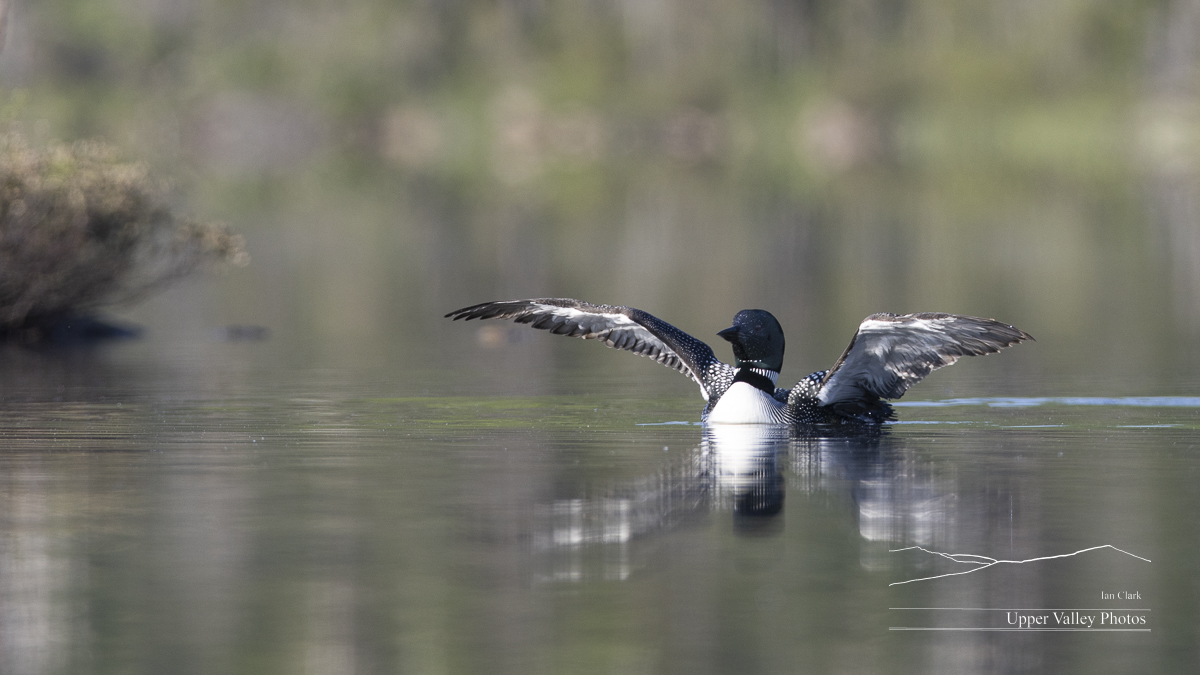

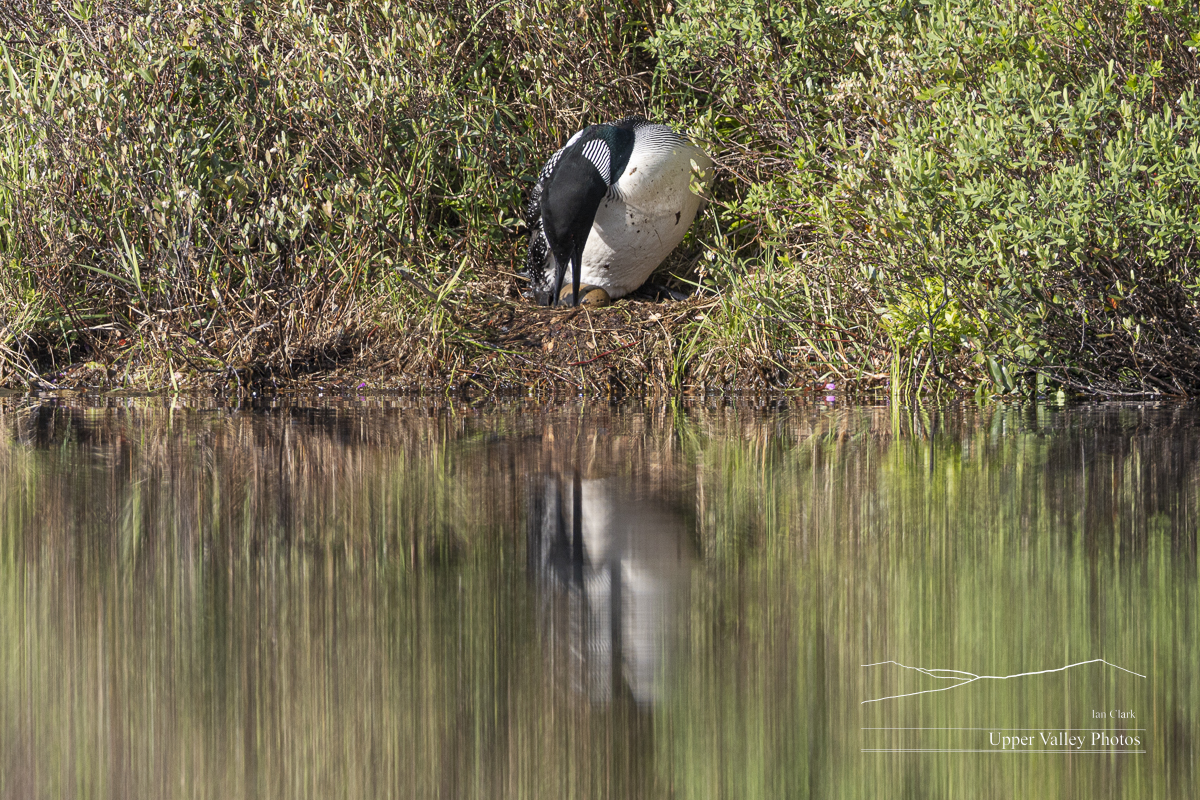
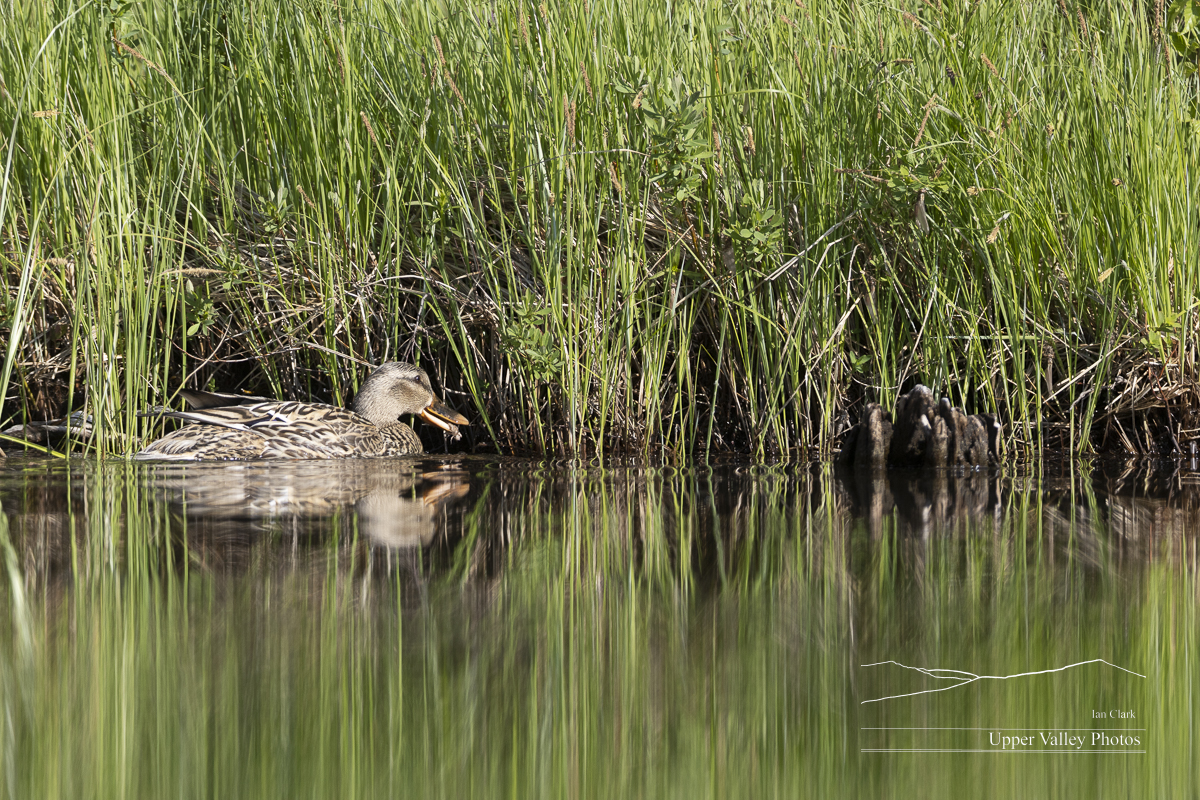
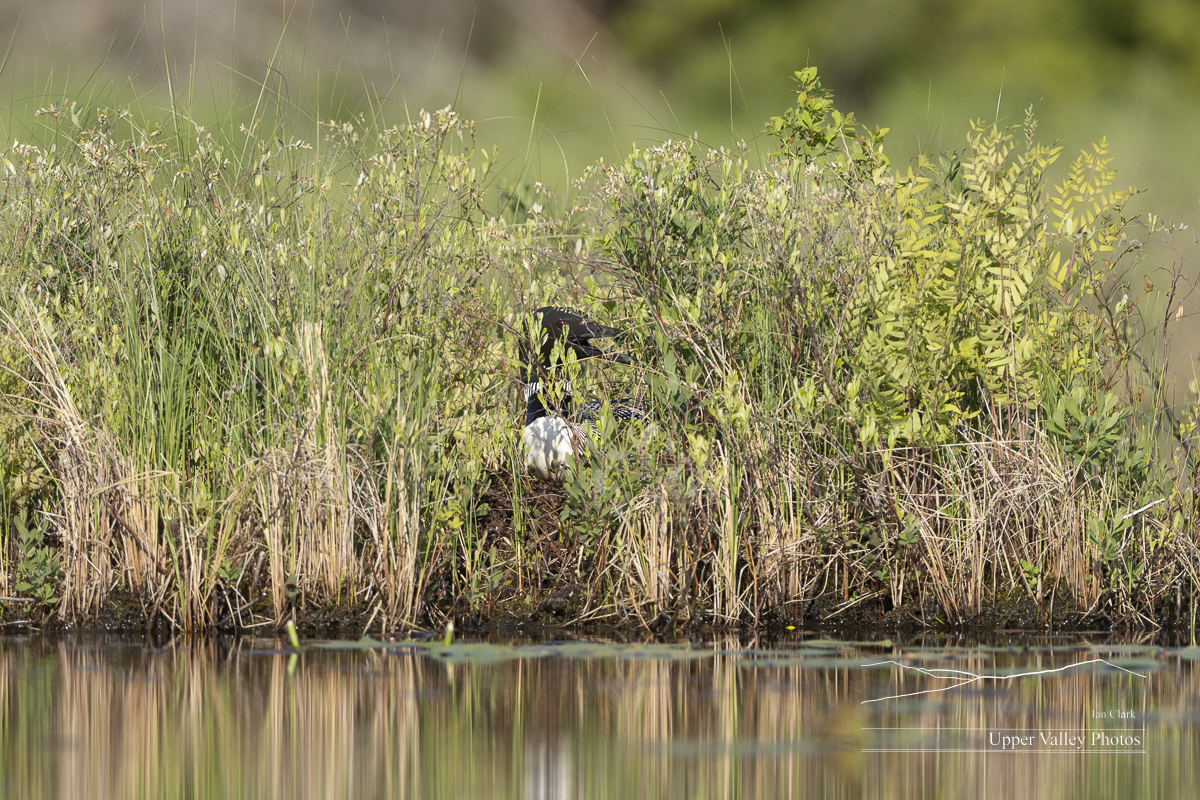
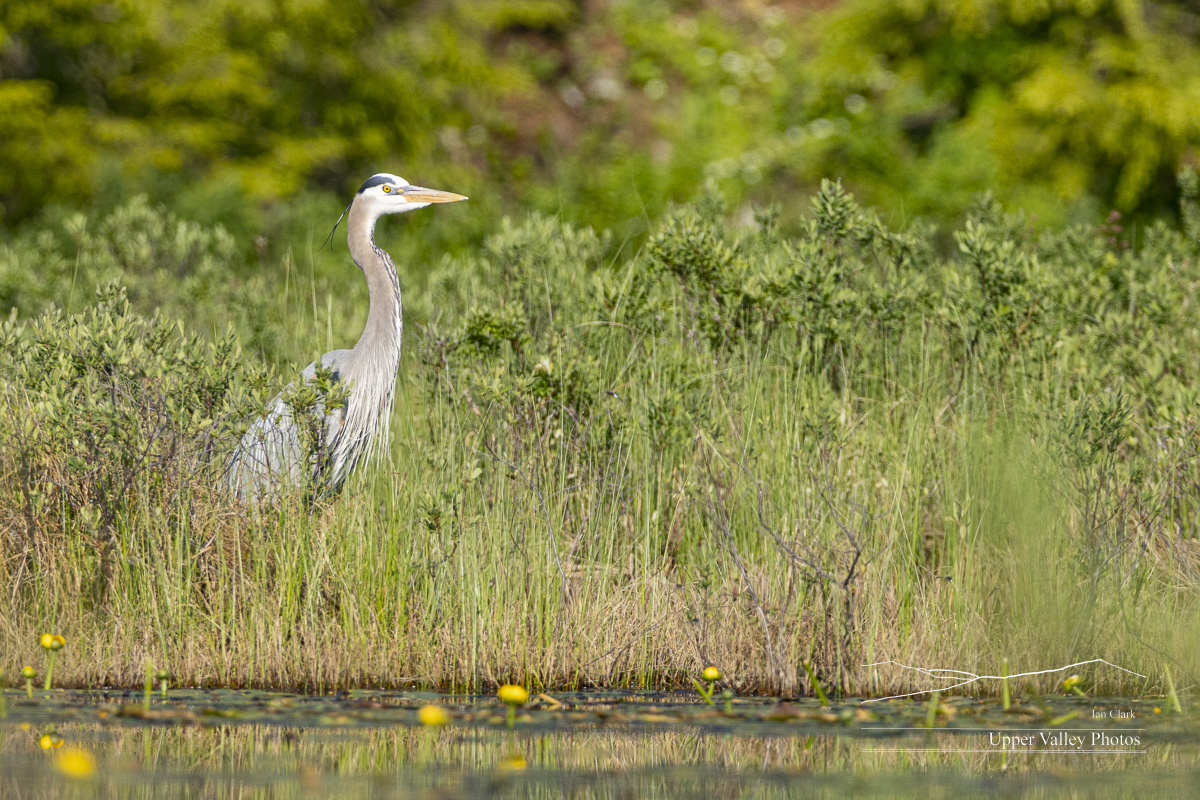
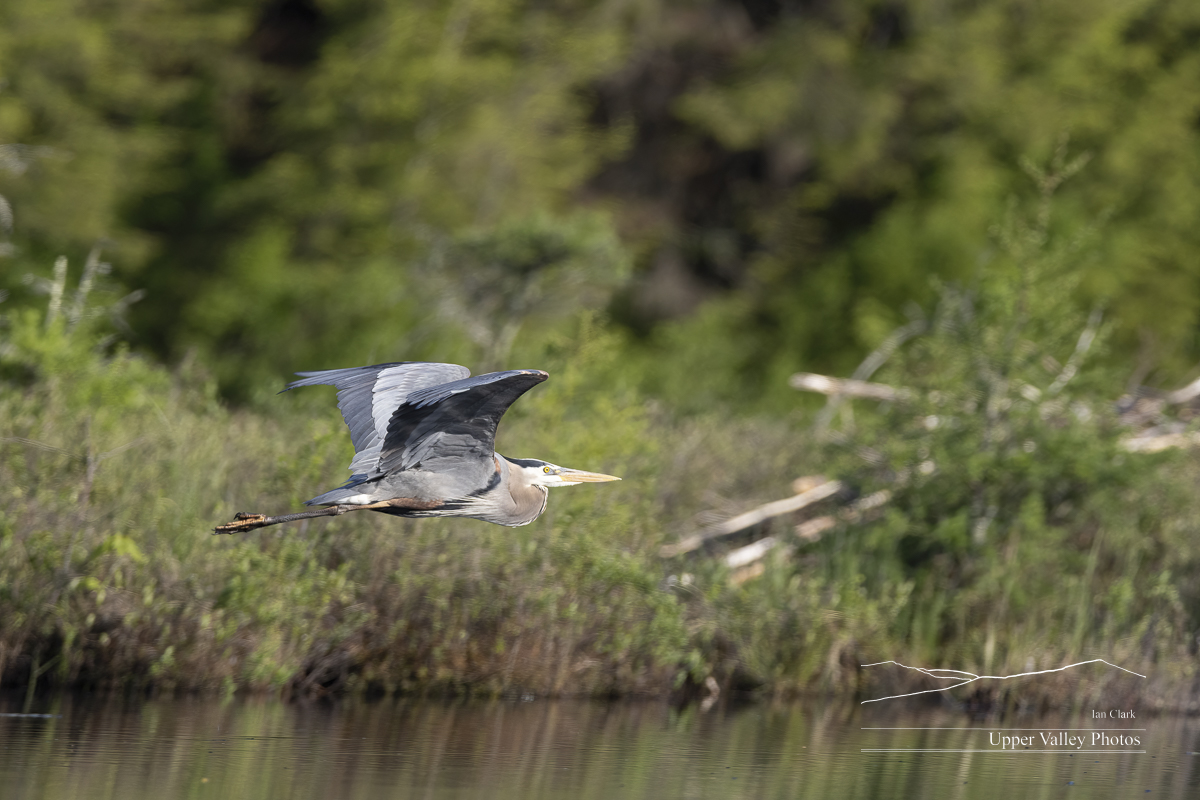
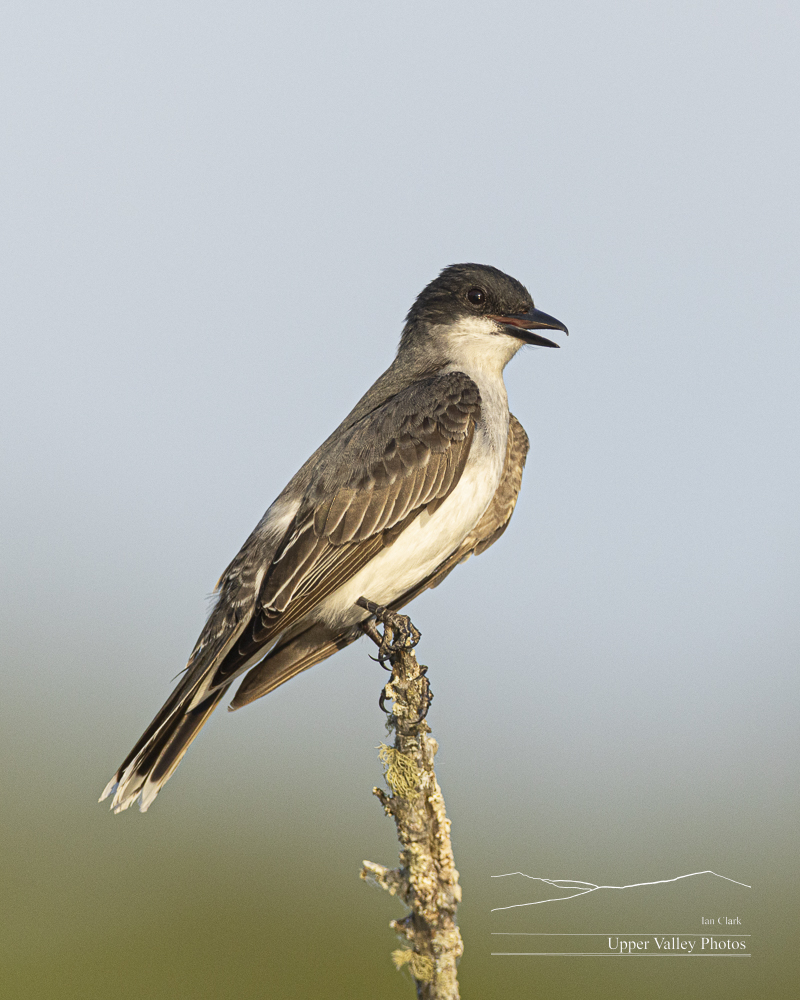
Friday morning, I packed up the Loon Preservation Committee’s nesting sign and headed back to the Eastons.
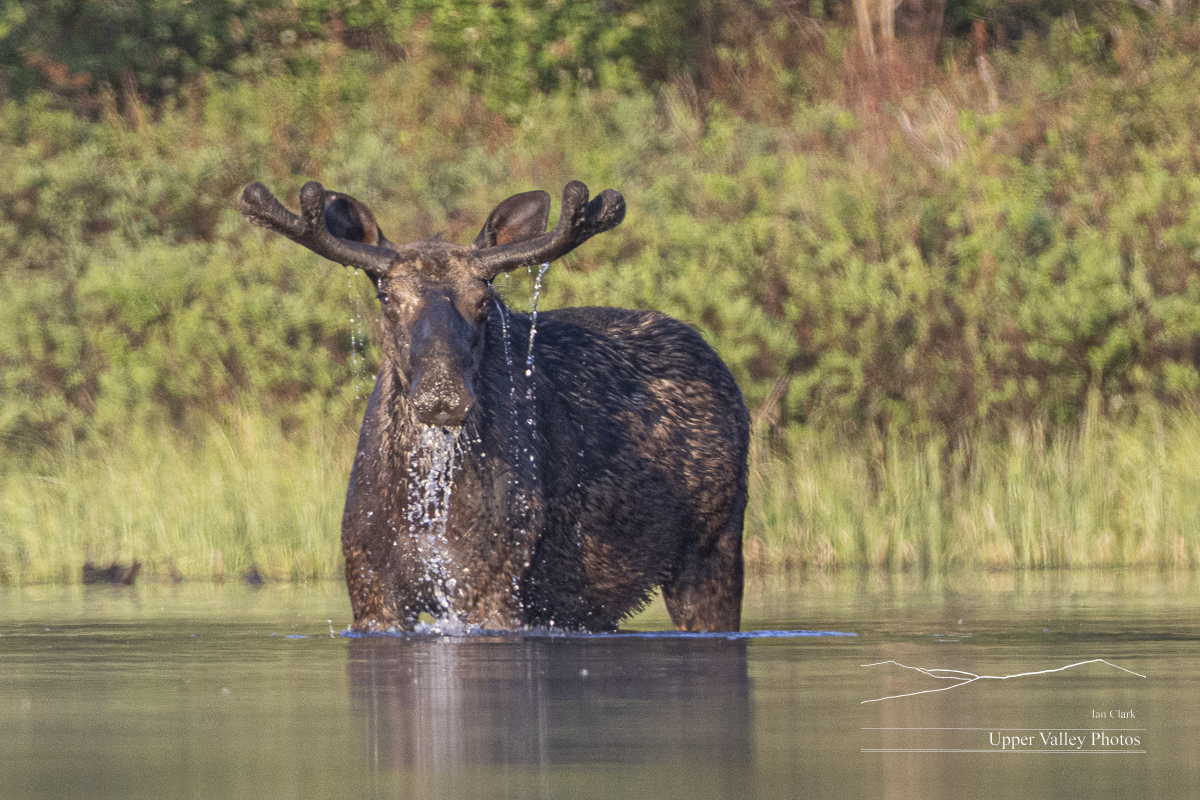
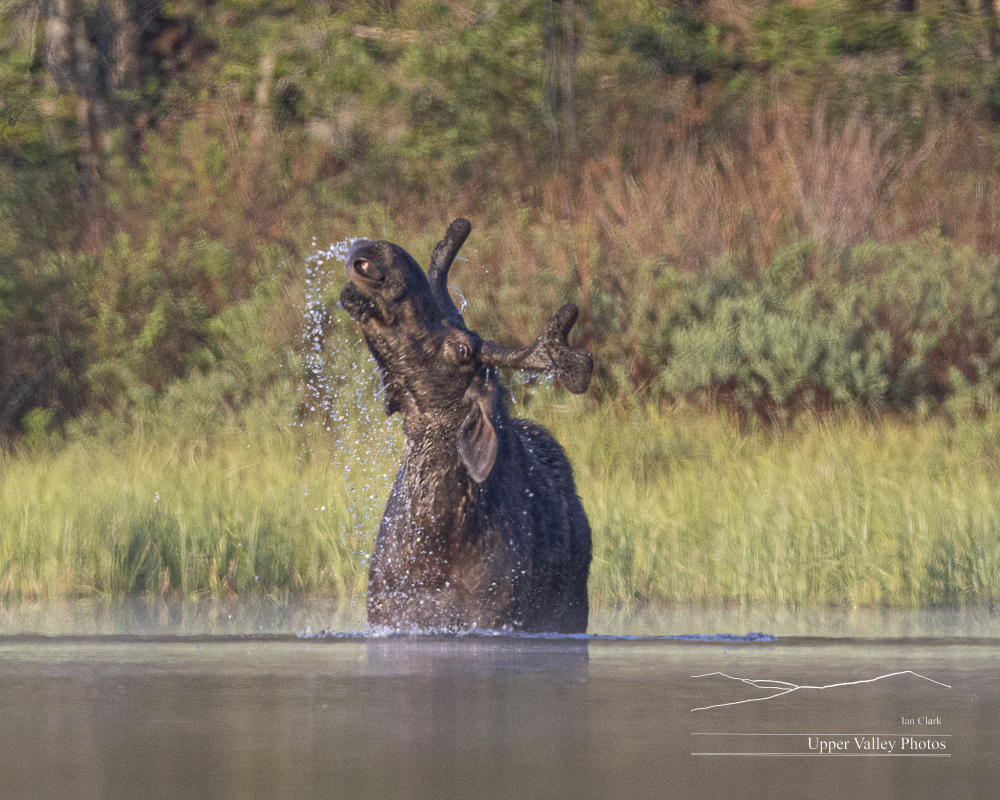
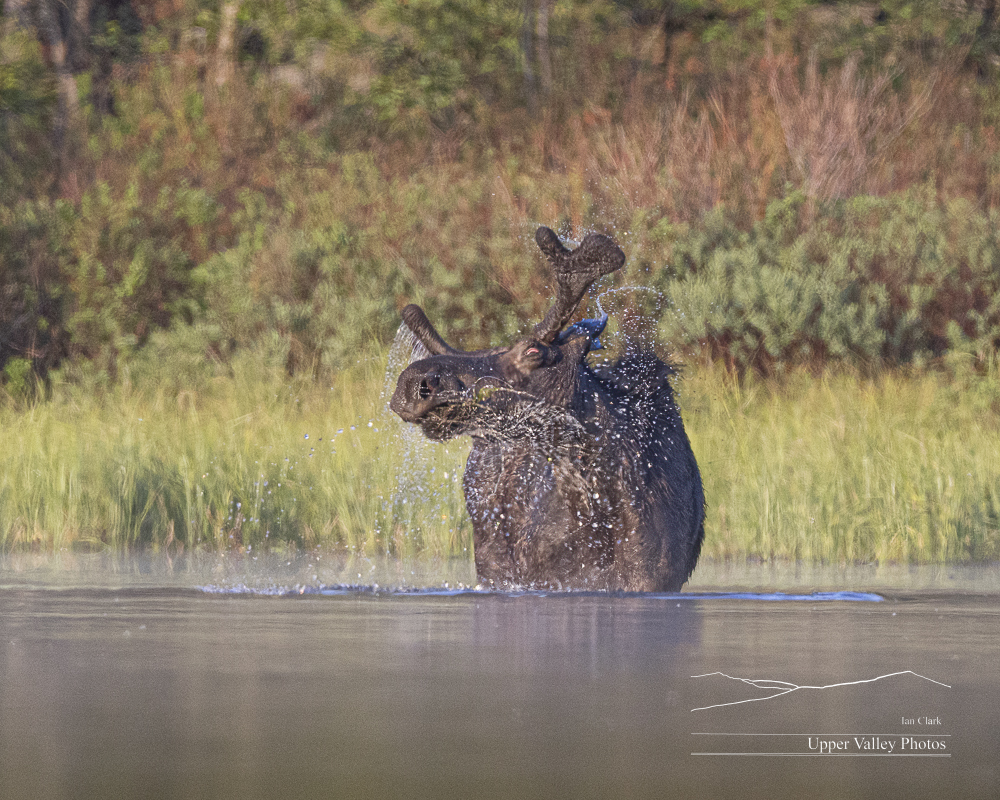
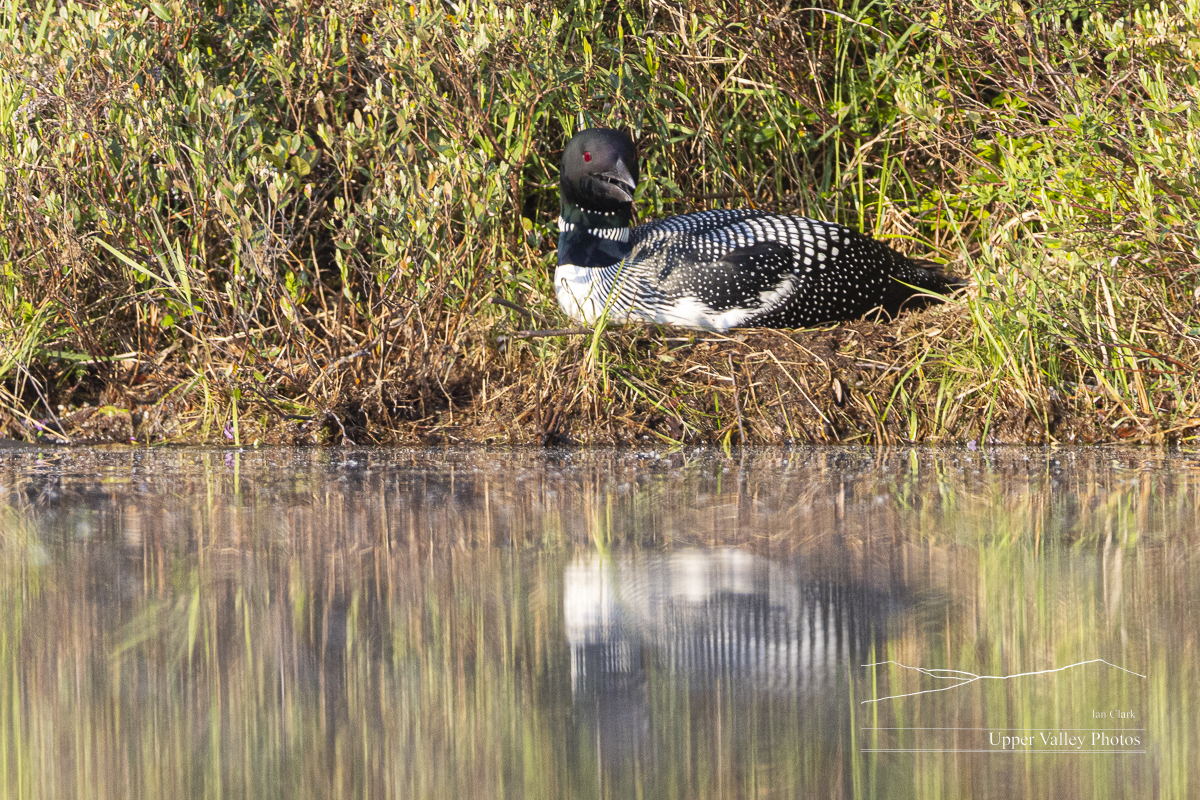
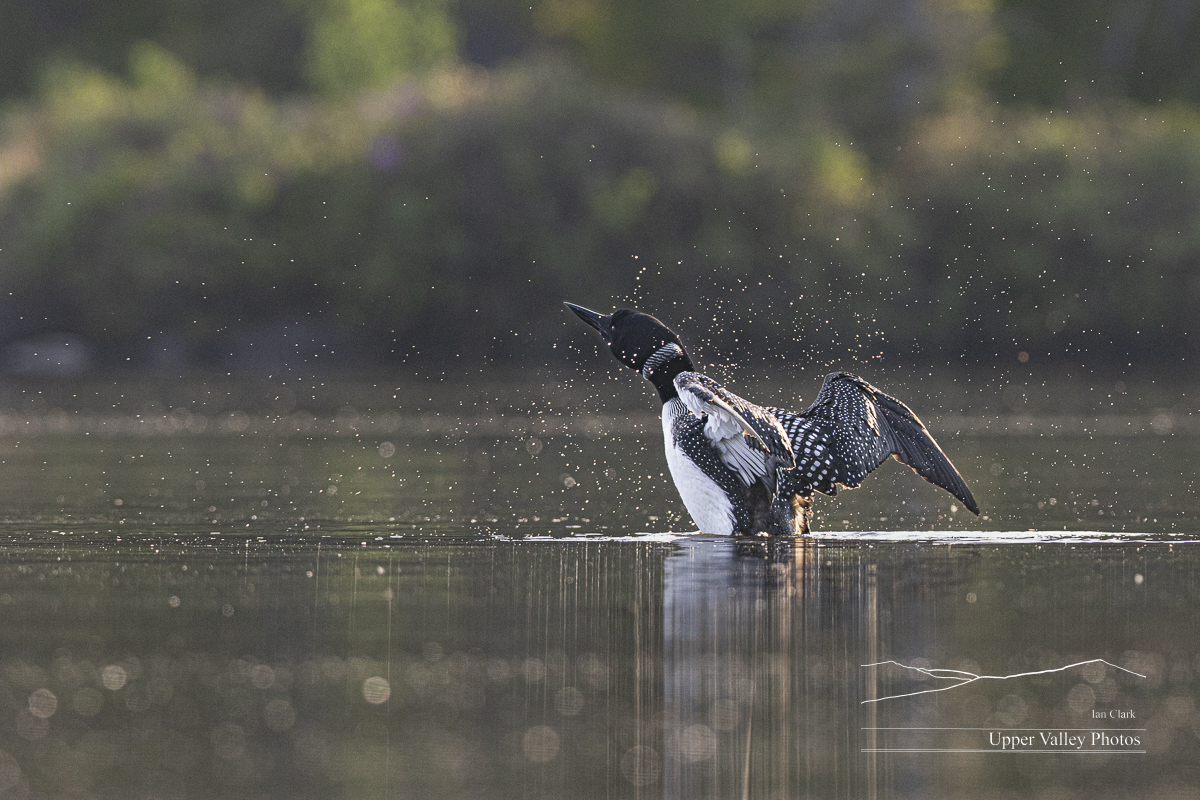

We’re Expecting!
The weather kept me from visiting the loons for several days. I was out to see the Middletons last Thursday, May 18. I didn’t get back until last evening. And I had a chance to visit the Westons this morning. Let’s see how they’re doing.
I’ll be at the Paradise City Art Show in Northampton, MA this coming weekend. Stop by and say hello. I’ll have lots of prints, from small to large, and note cards with lots of critters. All the show details here.
Last Thursday was another chilly morning, with a little bit of fog on the water.

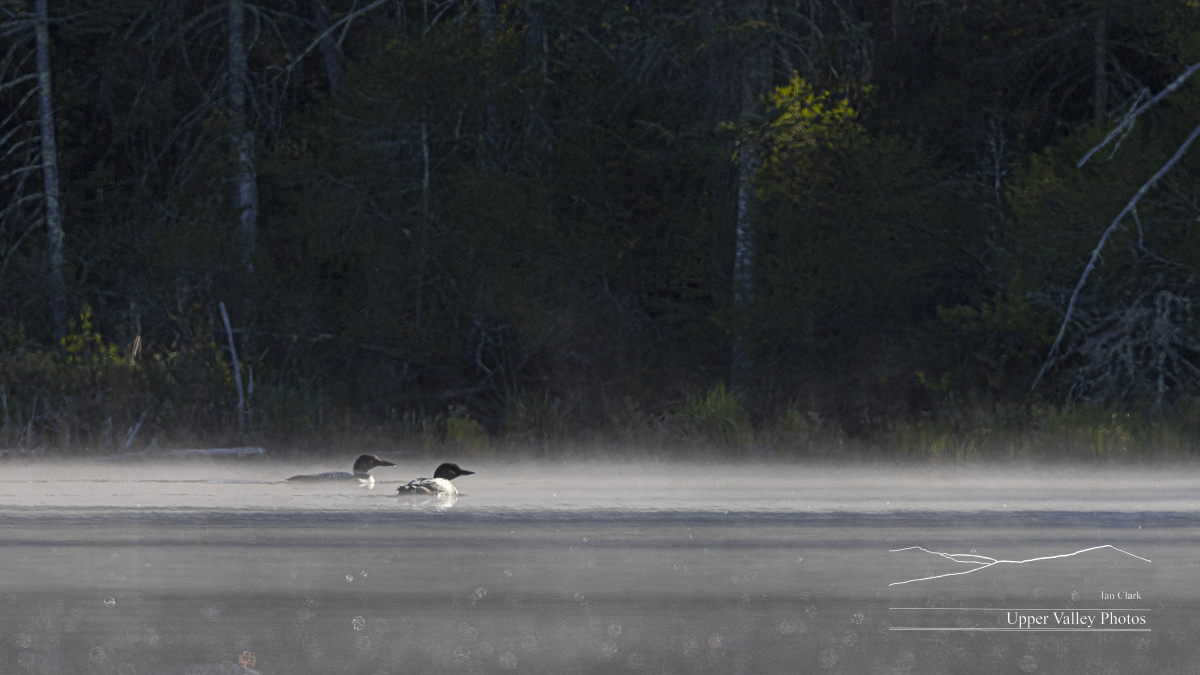
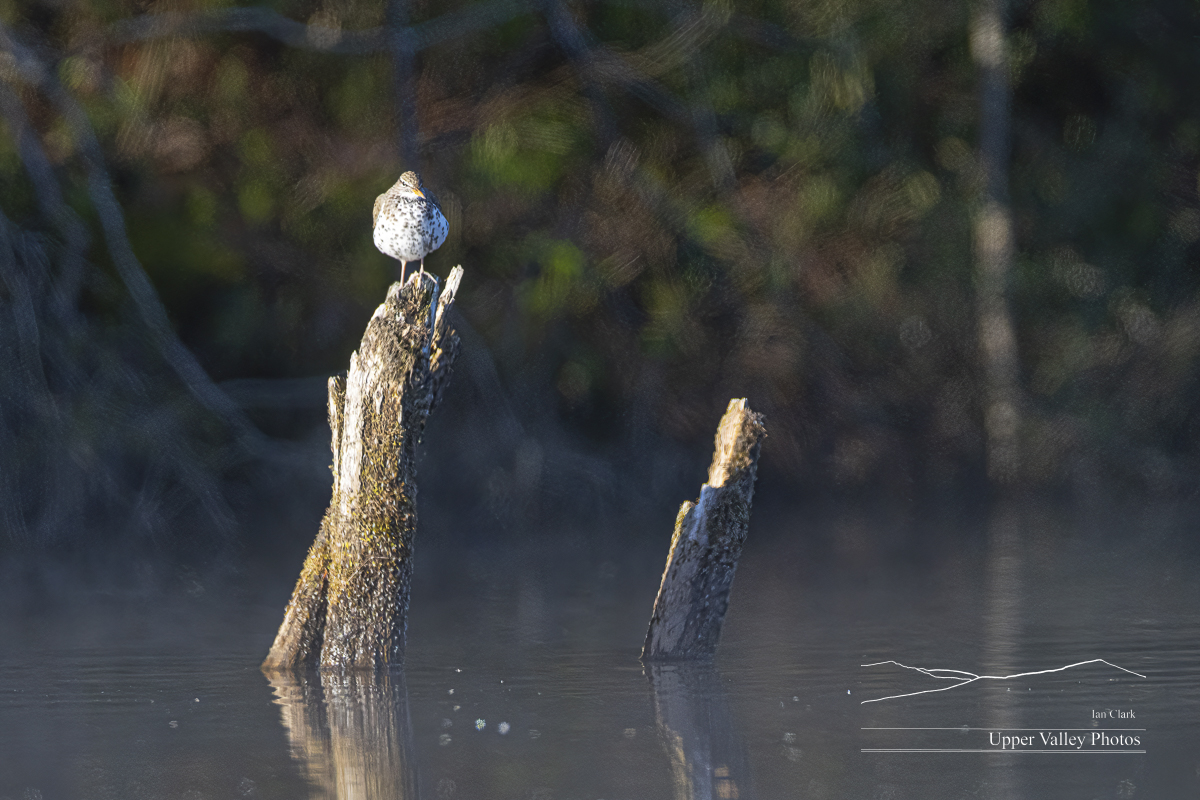

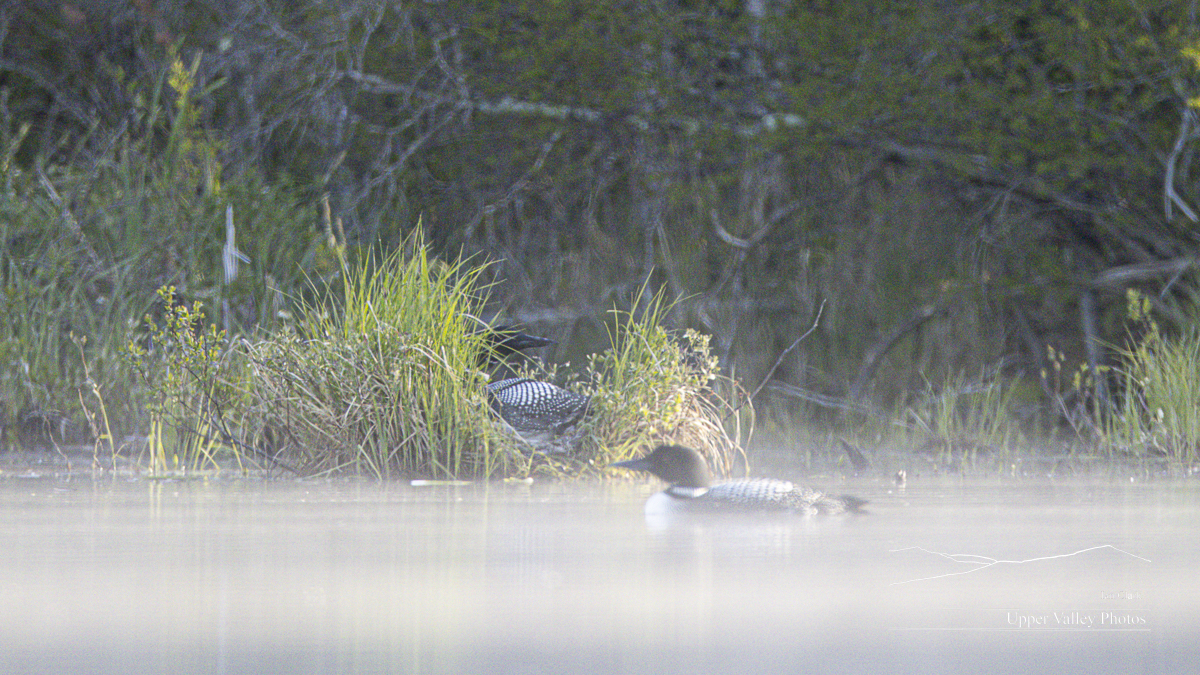
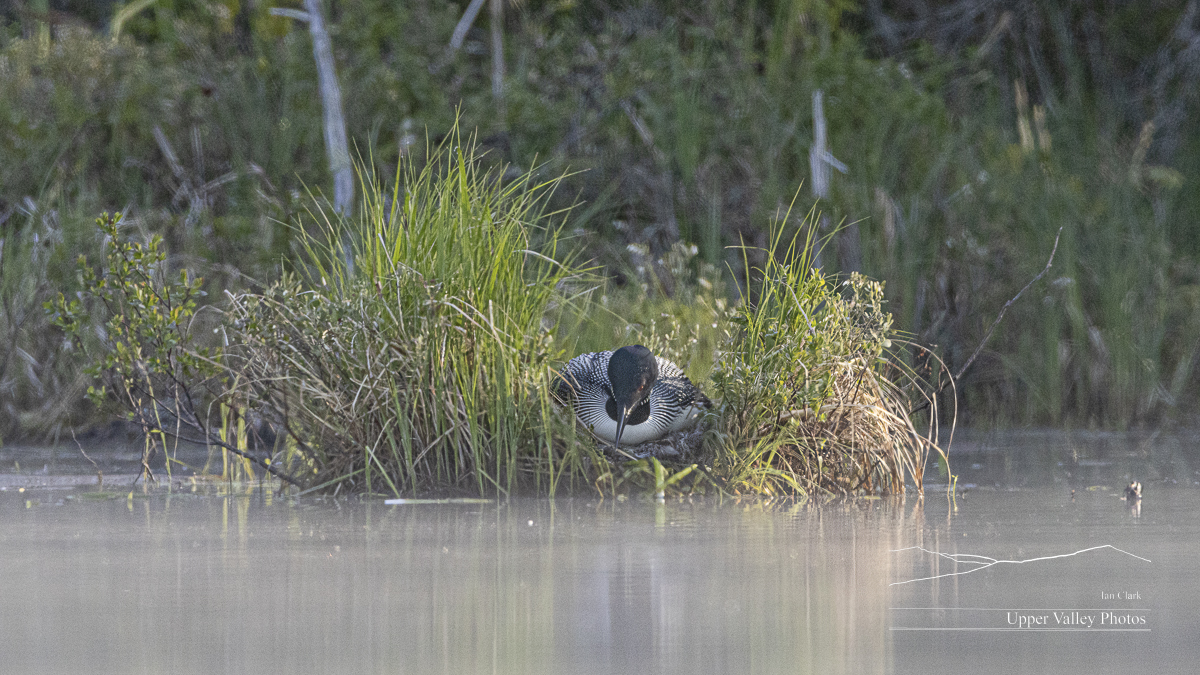


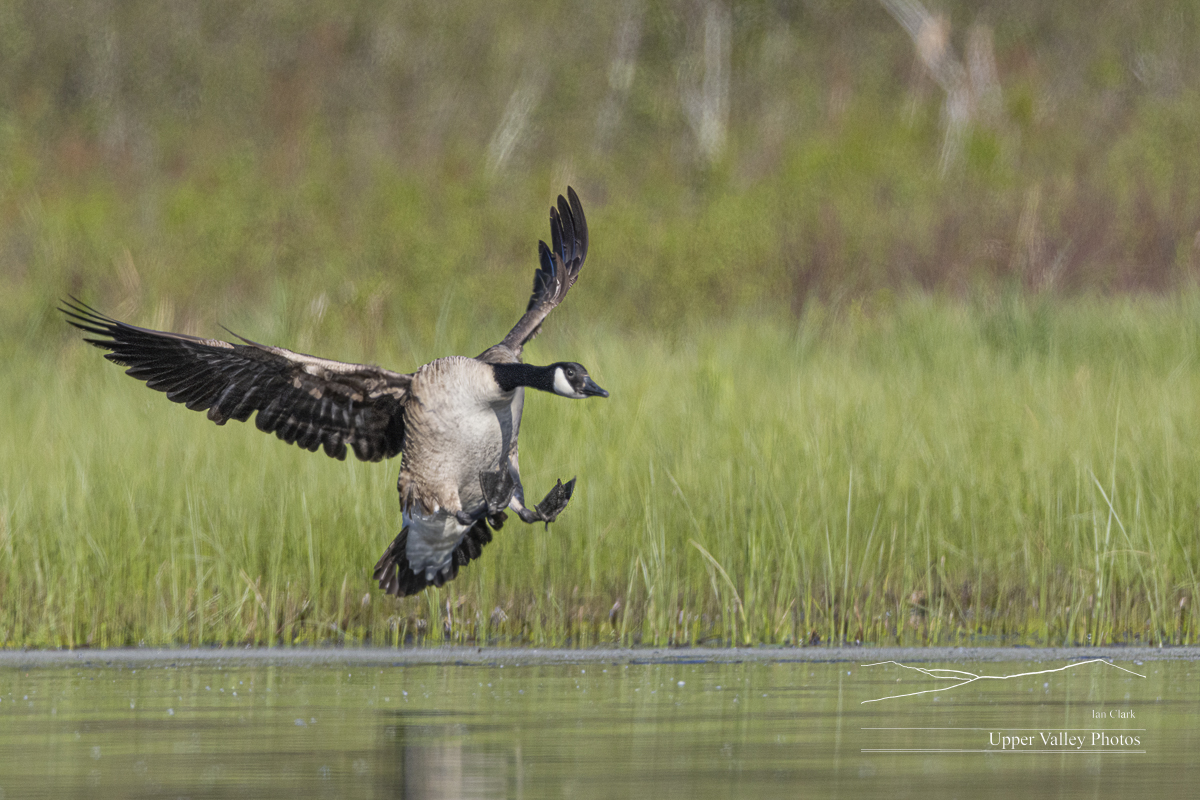
I returned yesterday evening, much to the delight of the black flies.
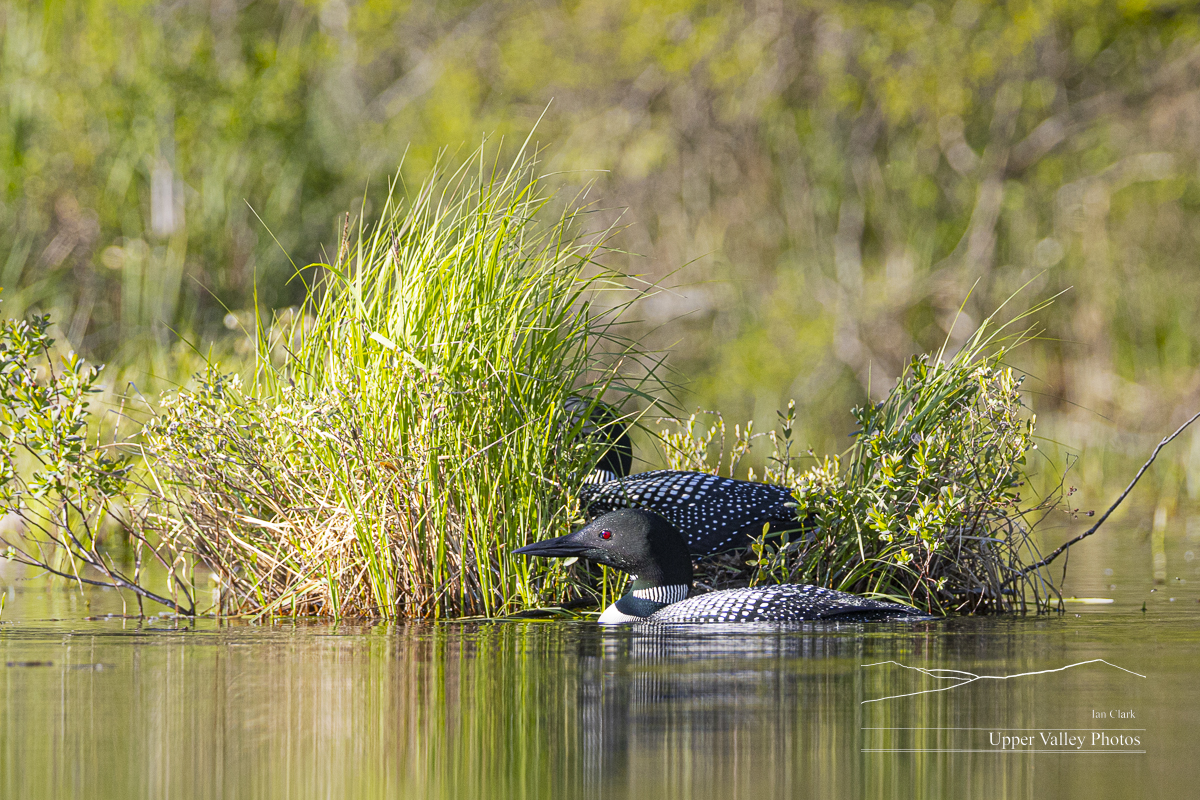
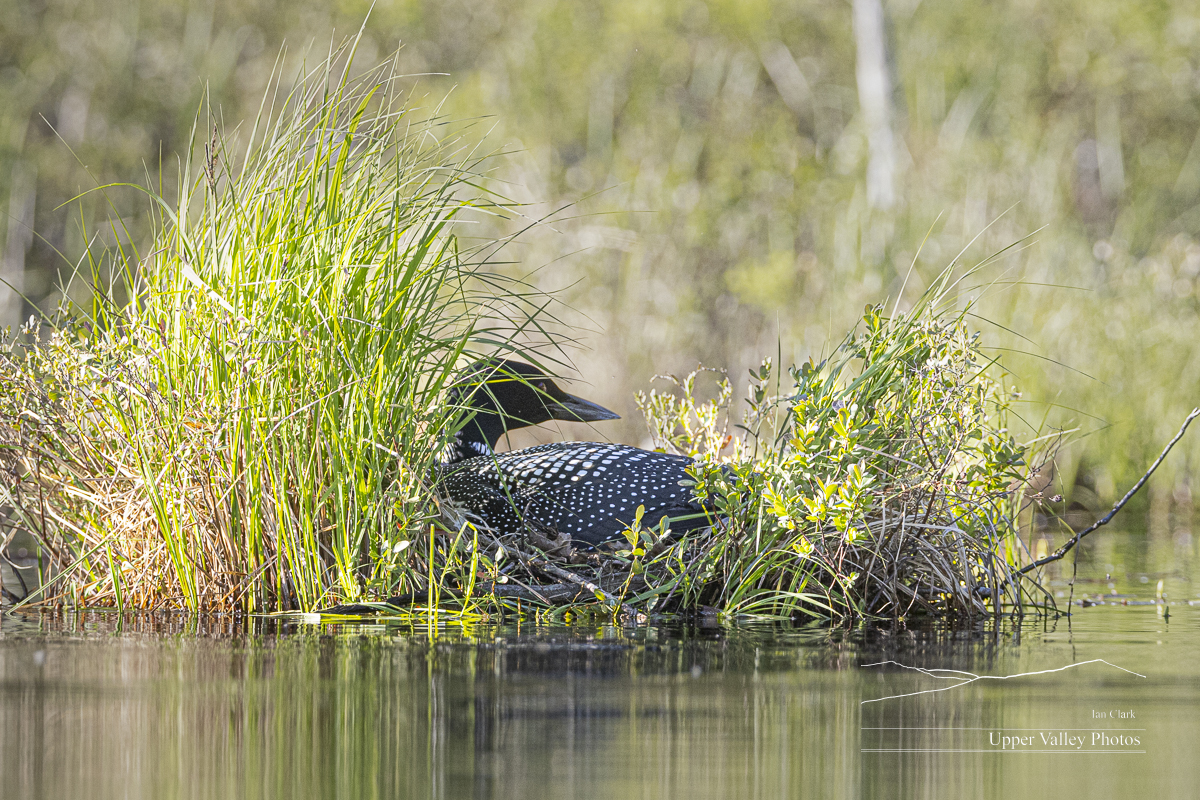
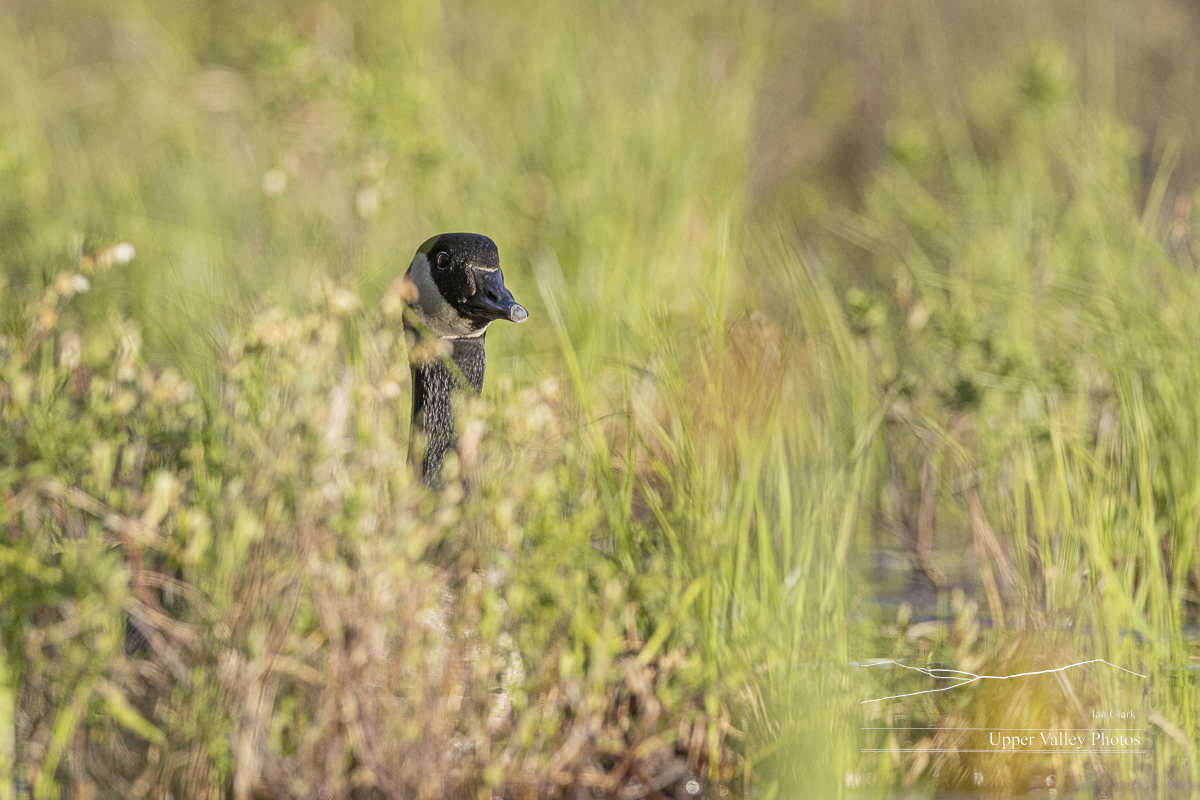
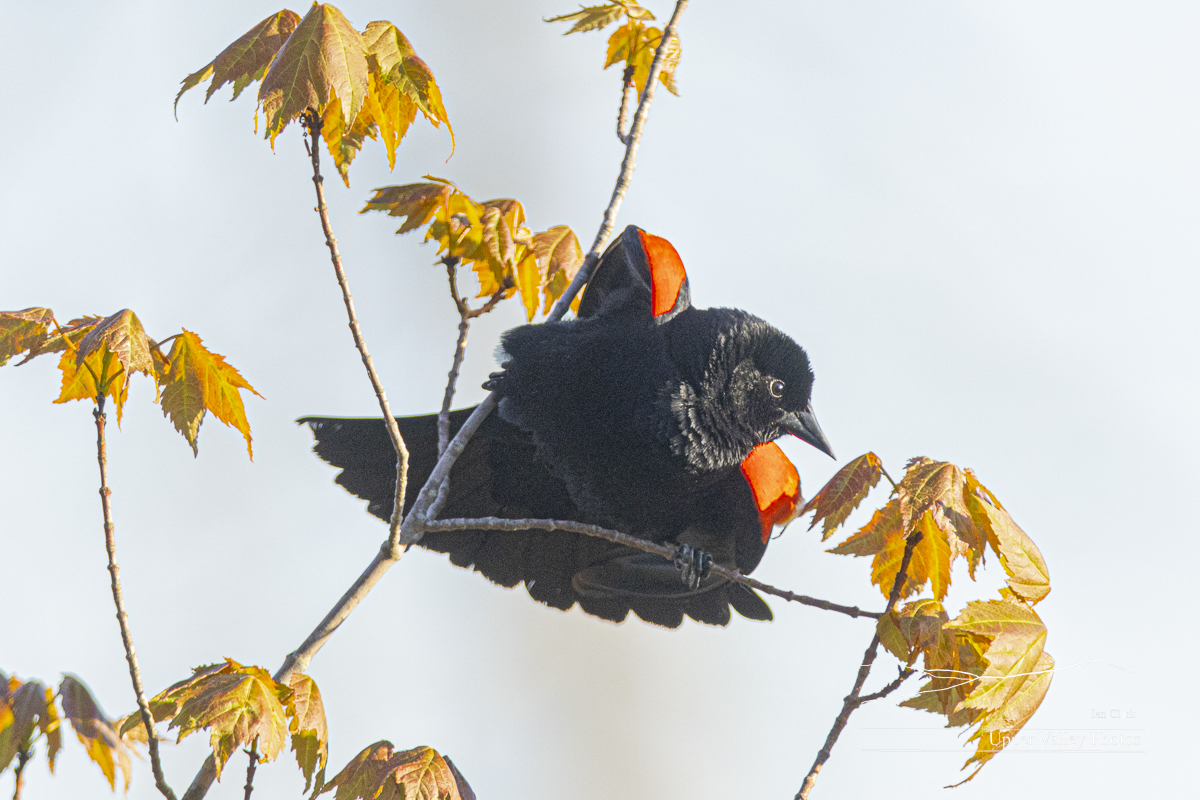

This morning I headed off to check in on the Westons. It became a beautiful morning after a chilly 38° start, with lots of nice fog on the water. The last few years, the Westons have been about a week behind the Middletons in mating and nesting. They must have a new calendar this year.
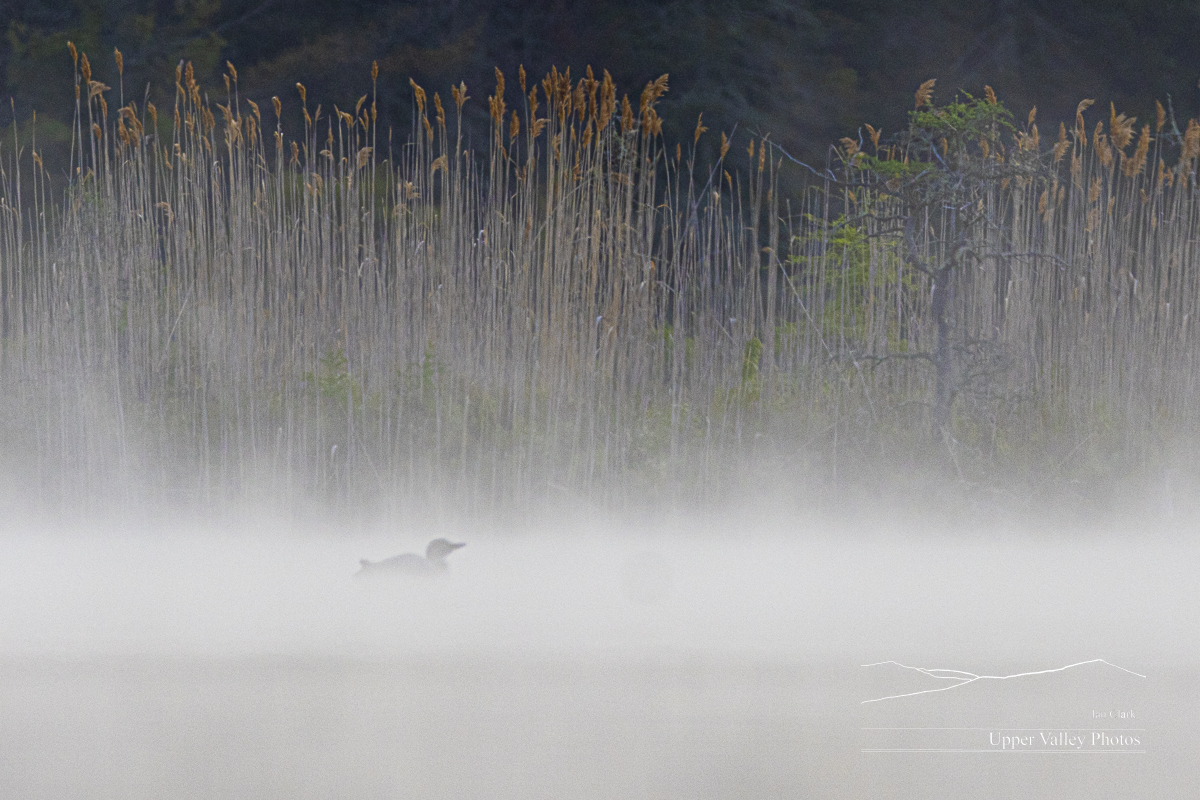


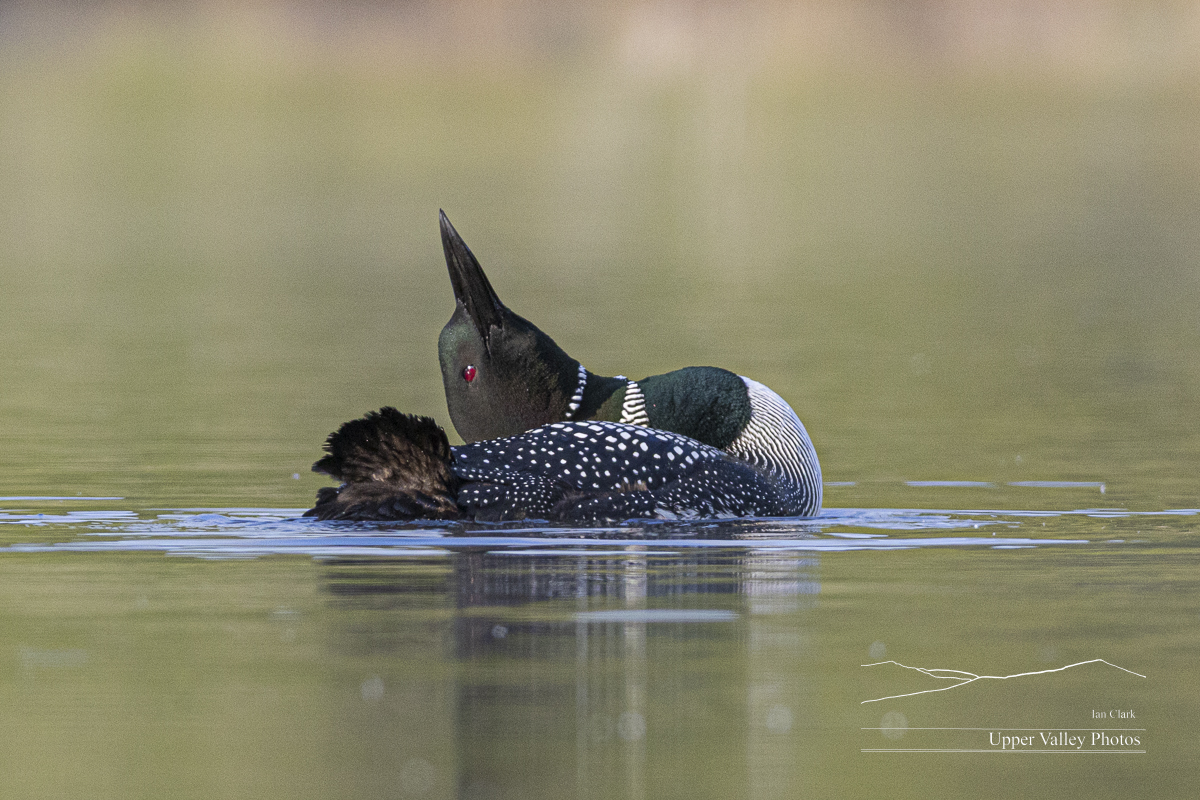
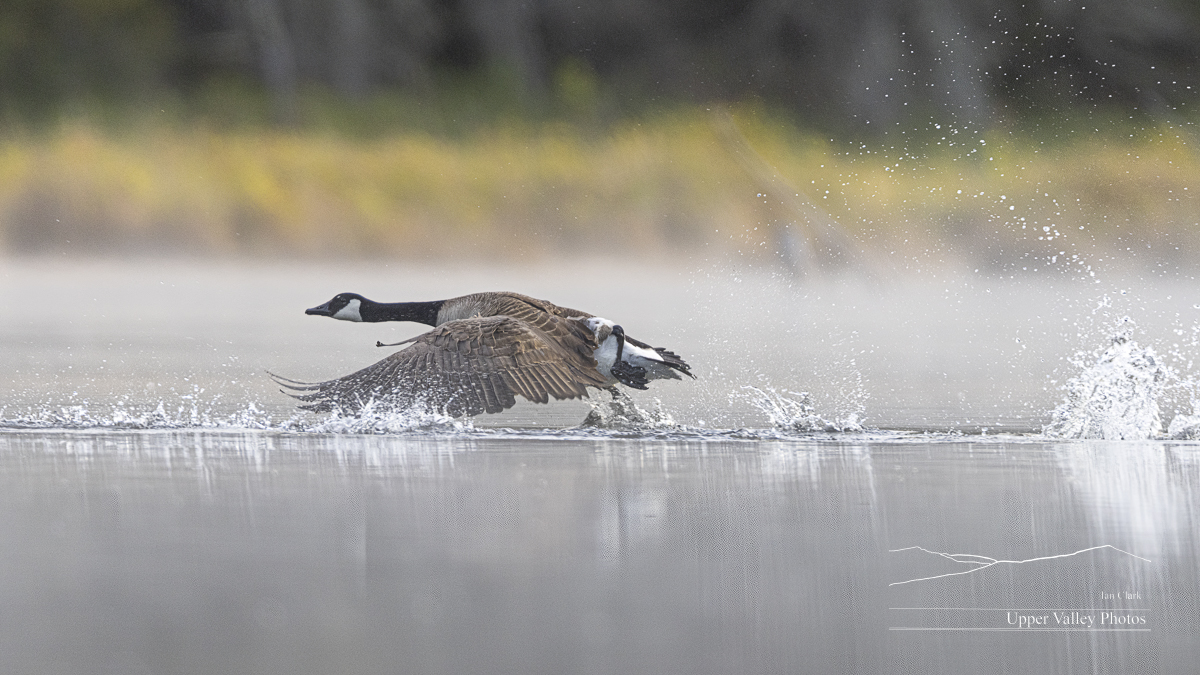

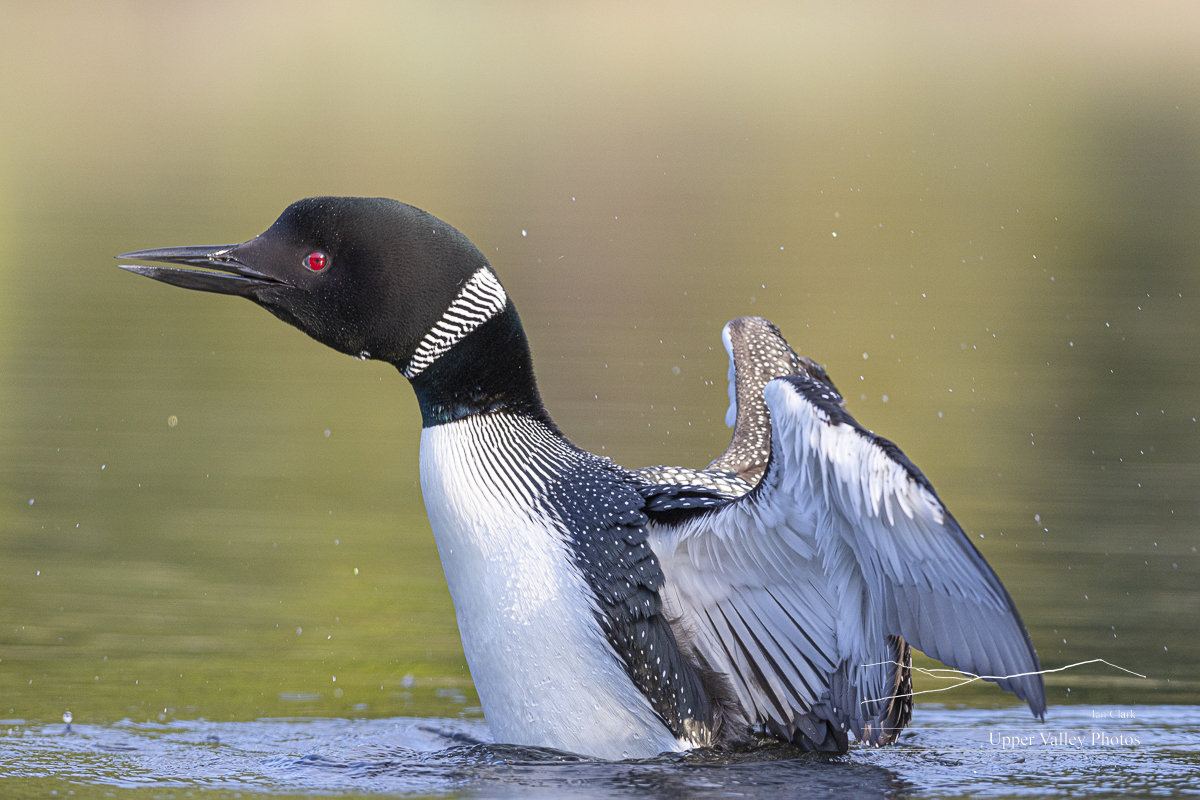

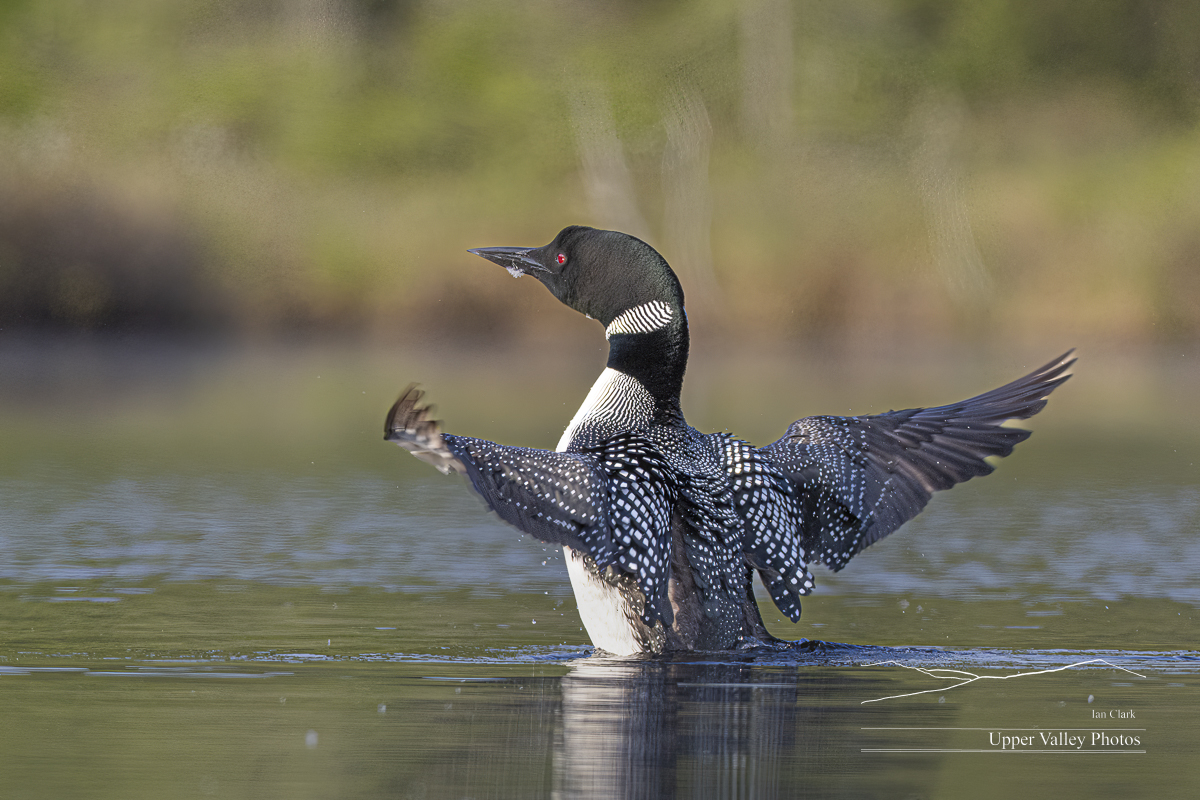
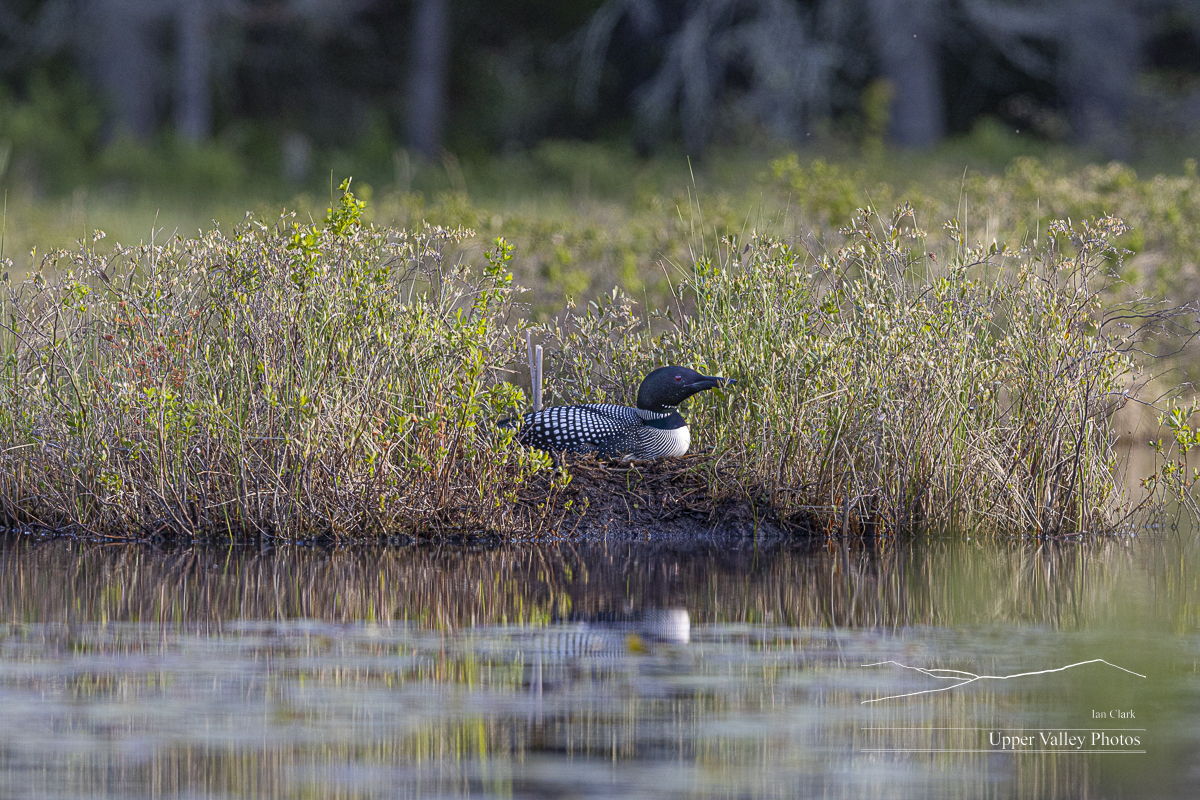
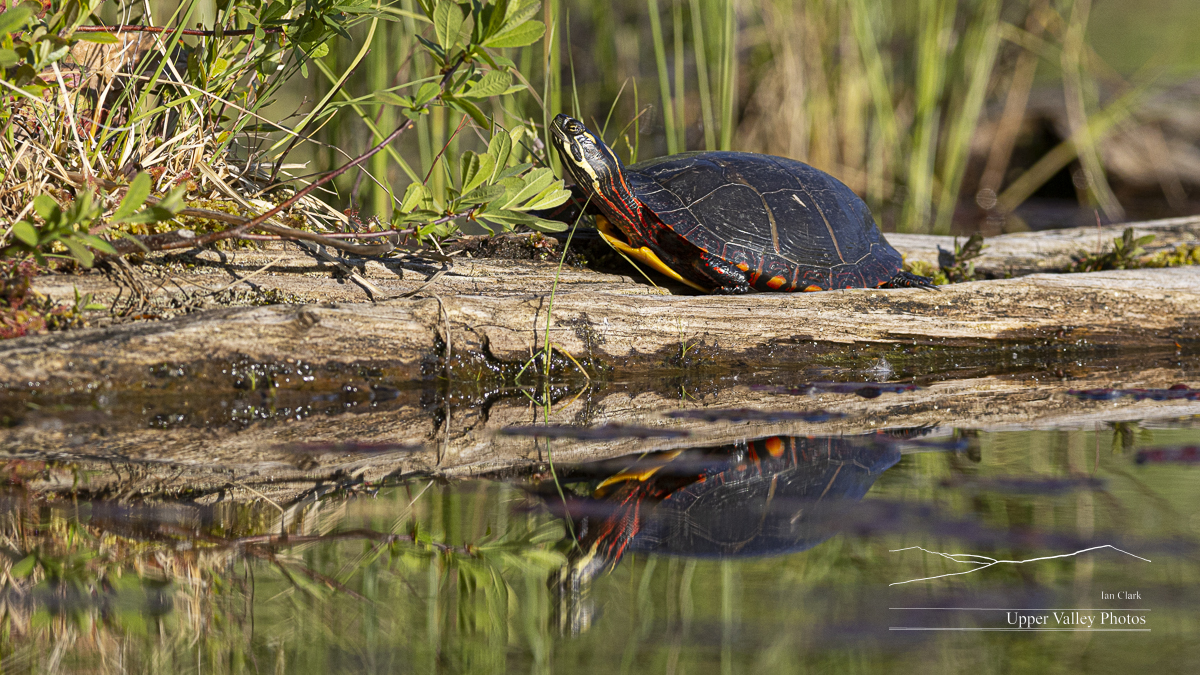
This handsome fellow was out celebrating World Turtle Day today. As good a reason to go wild as any!
It will be next week before I get a chance to get back to check on them. I’ll let you know what I find. Enjoy the holiday weekend and please remember the U.S. military personnel who gave their lives to protect us
Catching Up with the Loons
There’s news from the Middletons. The Westons didn’t show any signs of getting on with chicks when I visited. They’re usually about a week behind the Middletons, so that’s not surprising. While I’ve been out every morning and couple afternoons, I fell behind on editing. Finally catching up, here’s a very long post.
A note on photography since we’ve started nesting season. Please respect the loons and give them their space if you photograph them. For these photos, I was working with a 600mm or 800mm lens on a crop body. That’s something like a 24X or 26X scope. To get all of a loon in the frame, I’ve got to be something like 110 feet from the loon and further back to get some of the surroundings. That’s far enough back that the loons pretty much ignore me. And, a good distance for you to maintain..
Winter wasn’t quite ready to go away when I visited the Middletons last Saturday. It was a pleasant 34° when I launched. I found the loons in the cove where they used to nest.
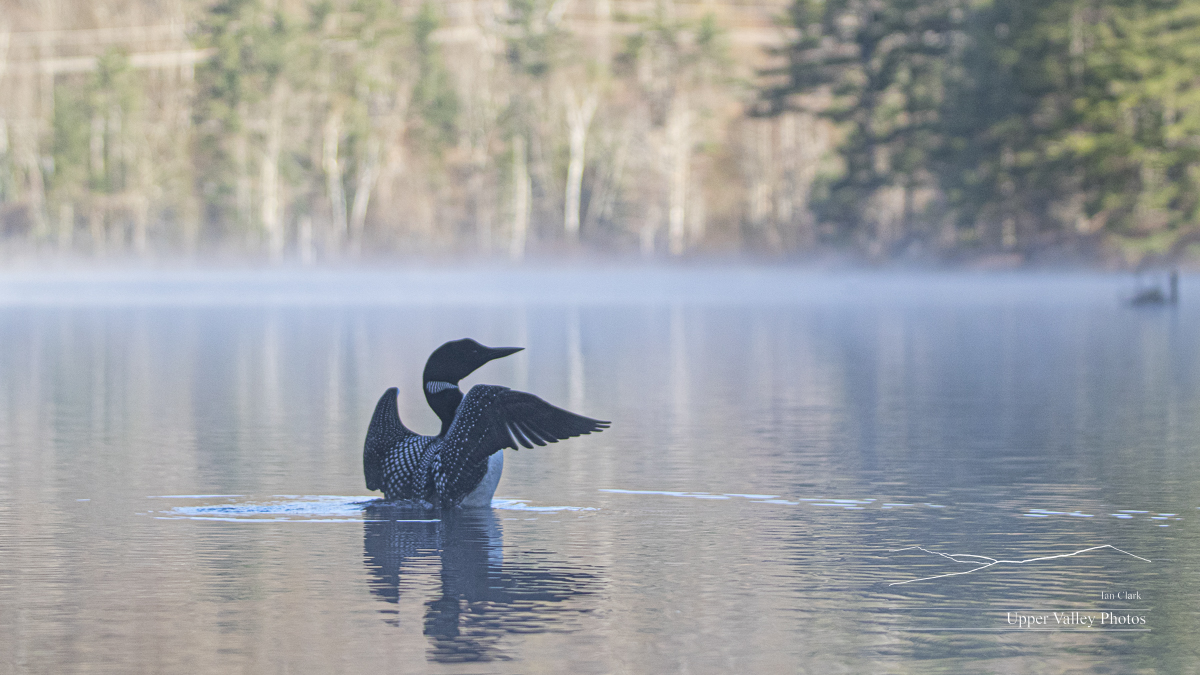
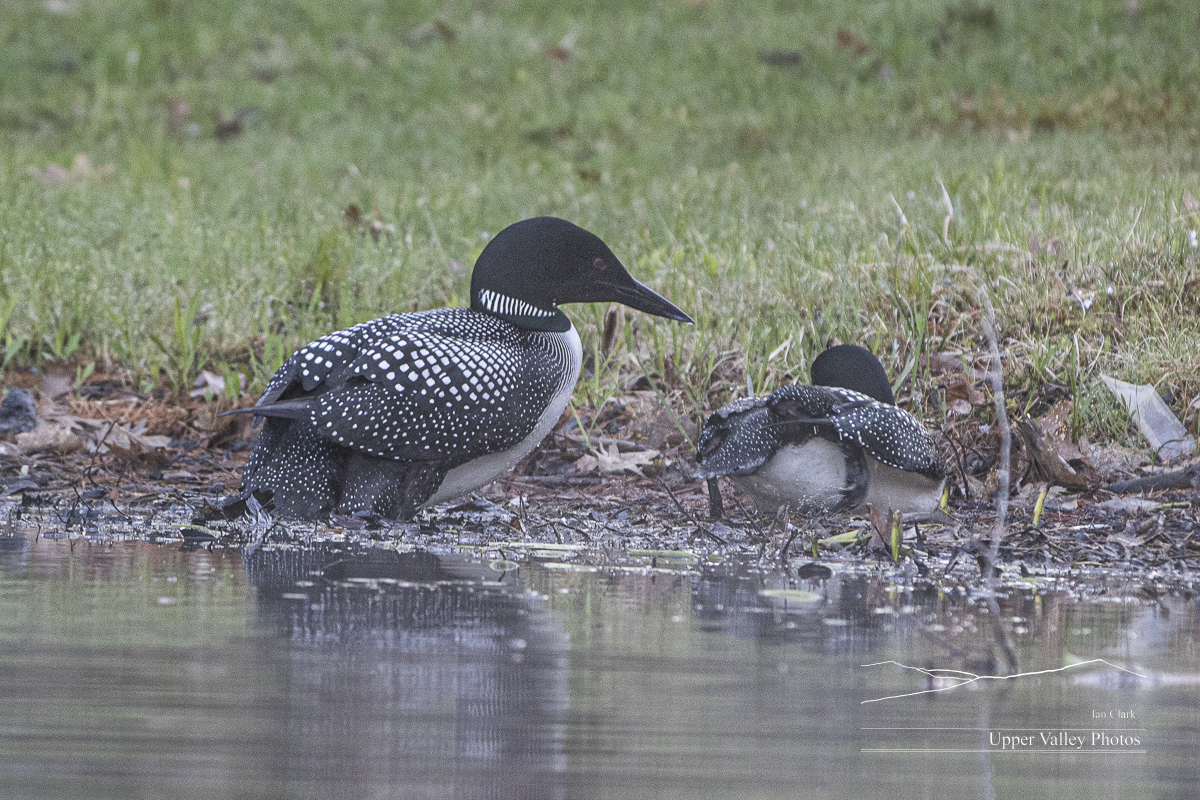
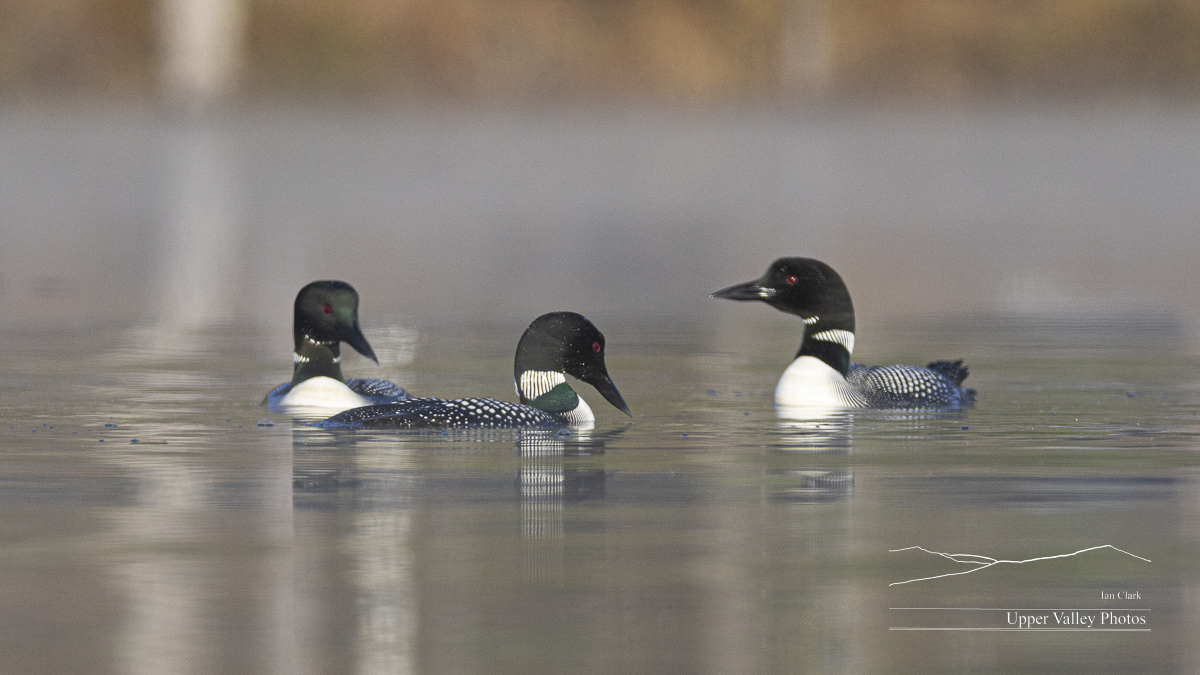
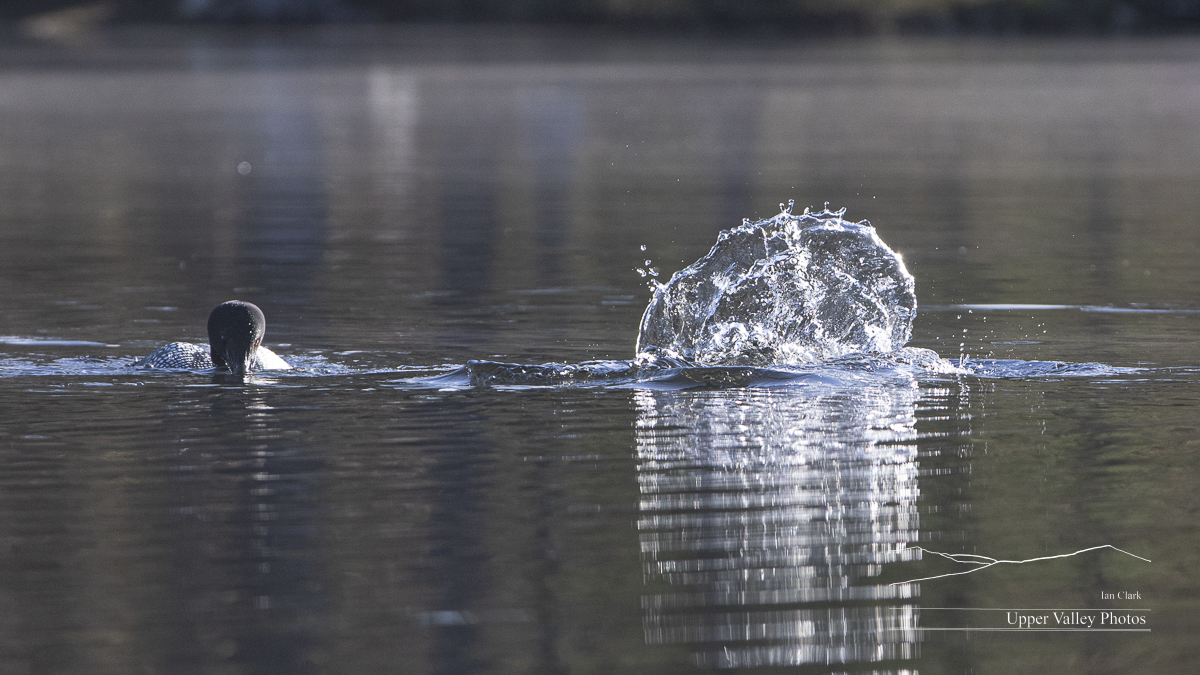
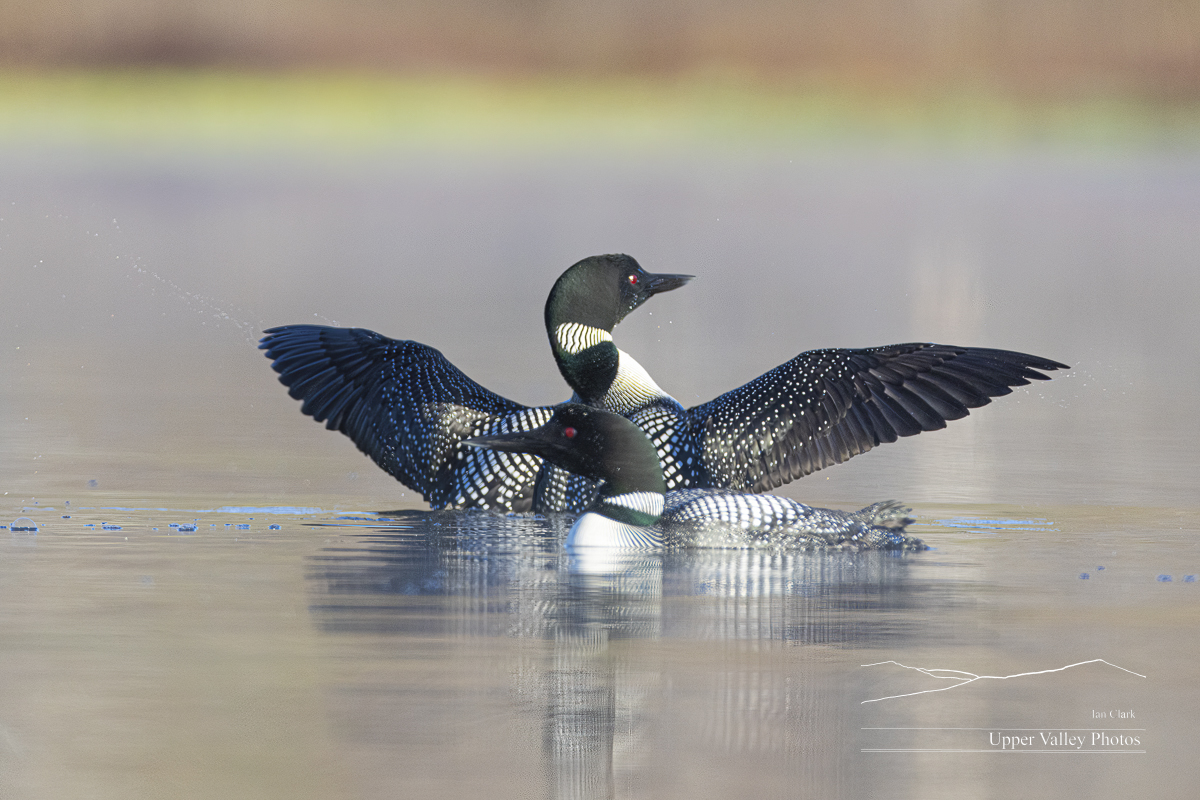
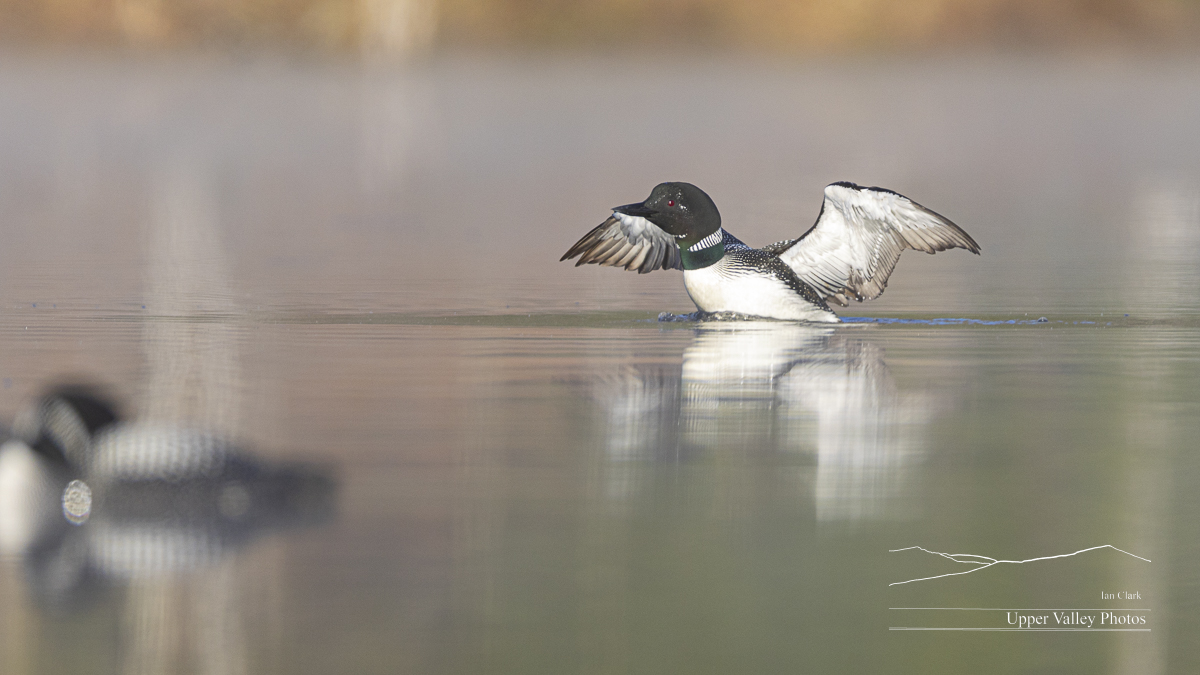
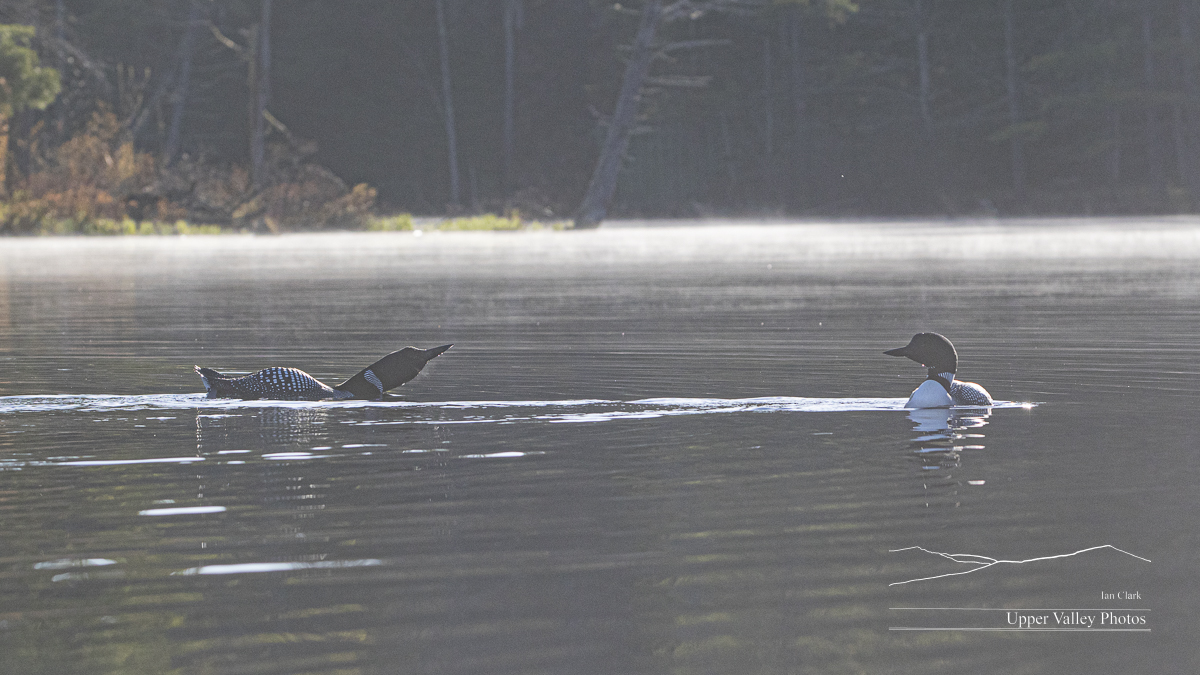

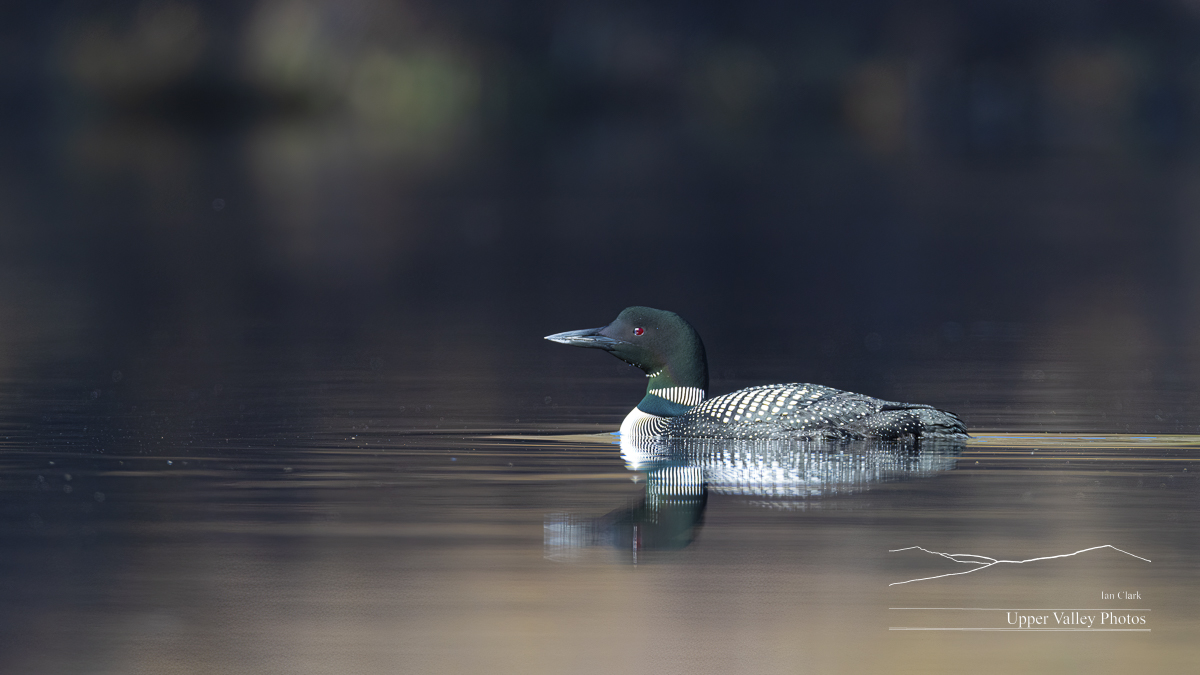

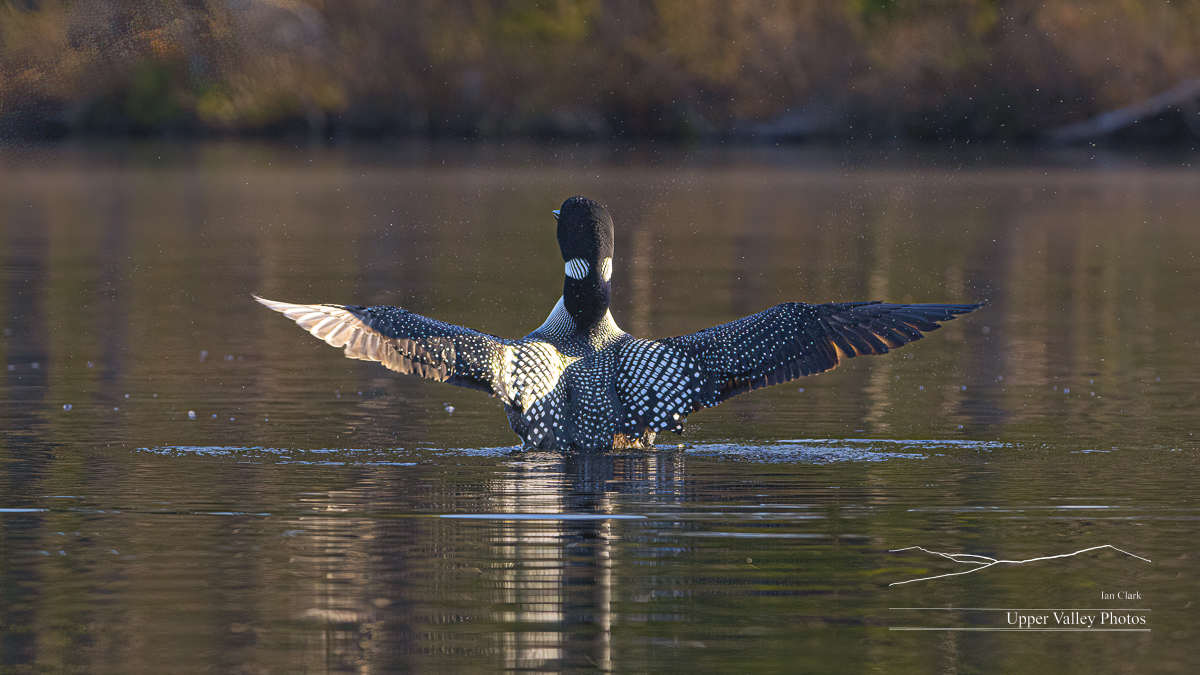

When I returned on Sunday, it was a balmy 39° when I launched. I could almost feel my fingers as I shot. I suspect the loons mated before I arrived. They seem to mate just around dawn for several days. They were coming out of the cove that they’ve been using when I arrived about dawn. I followed them over to the cove where they’ve nested the last four years.
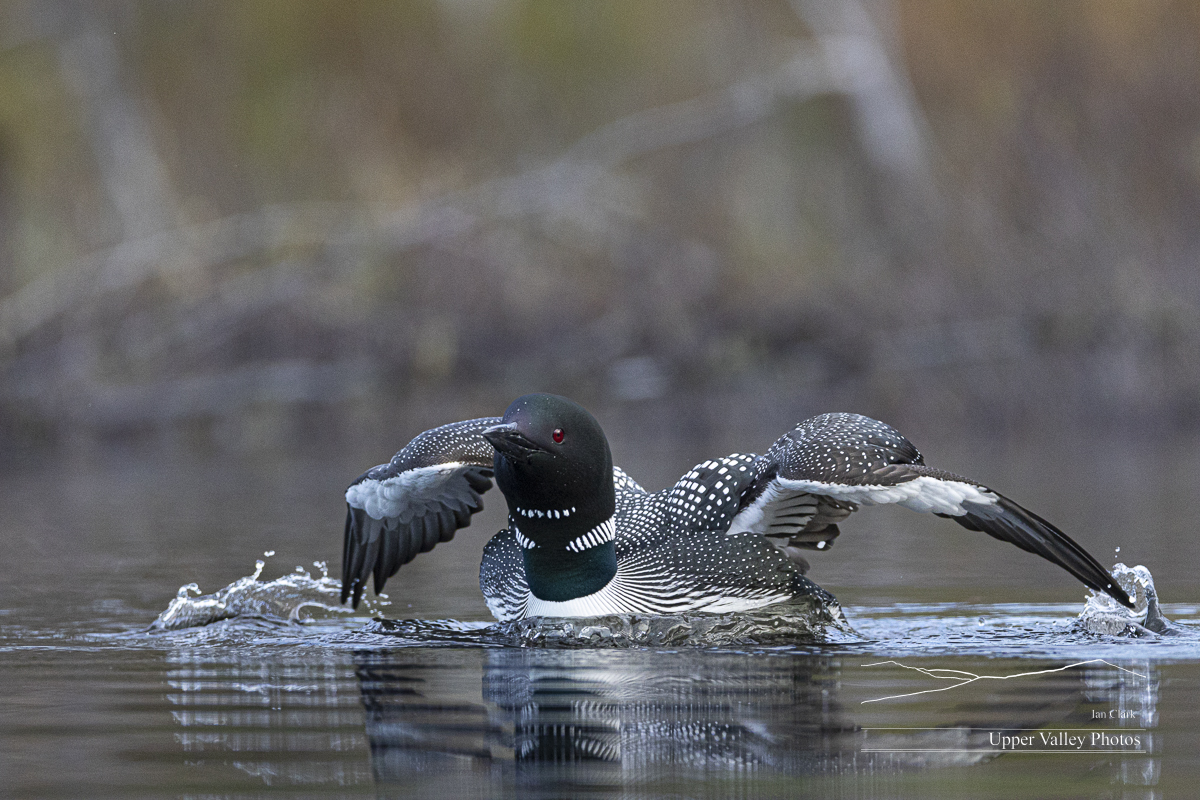
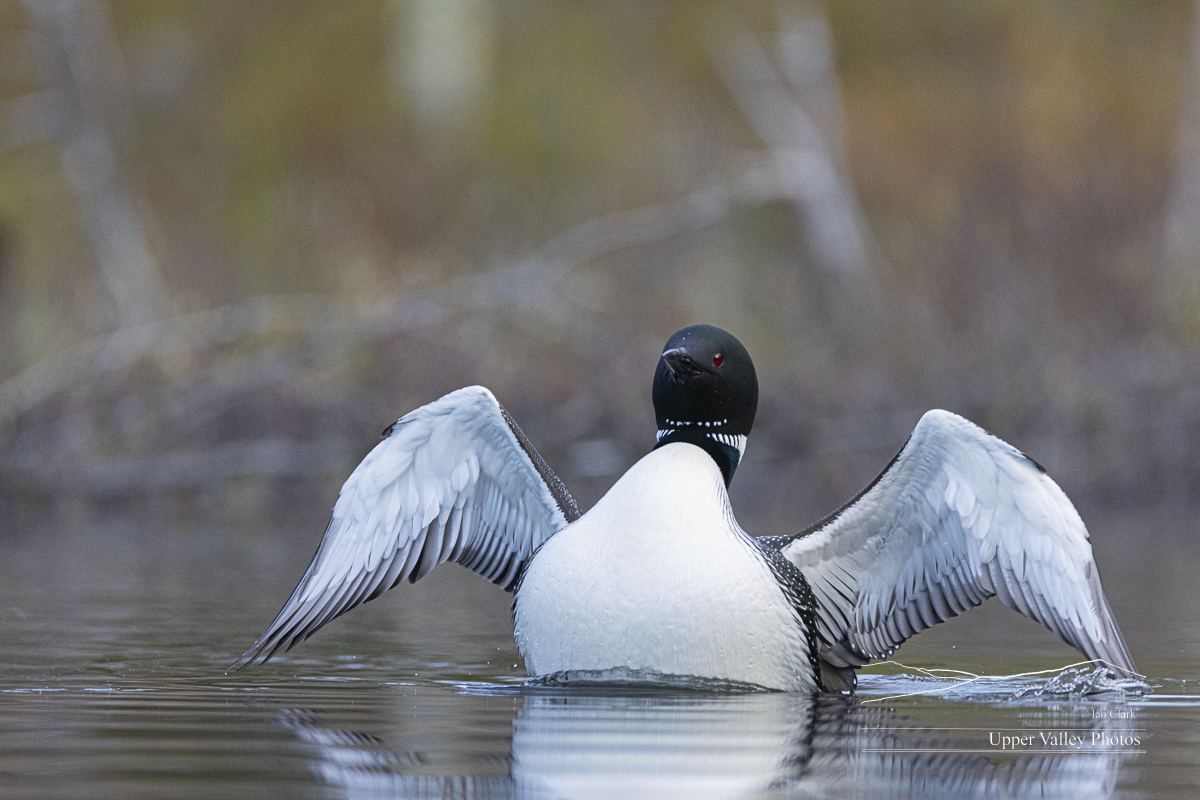


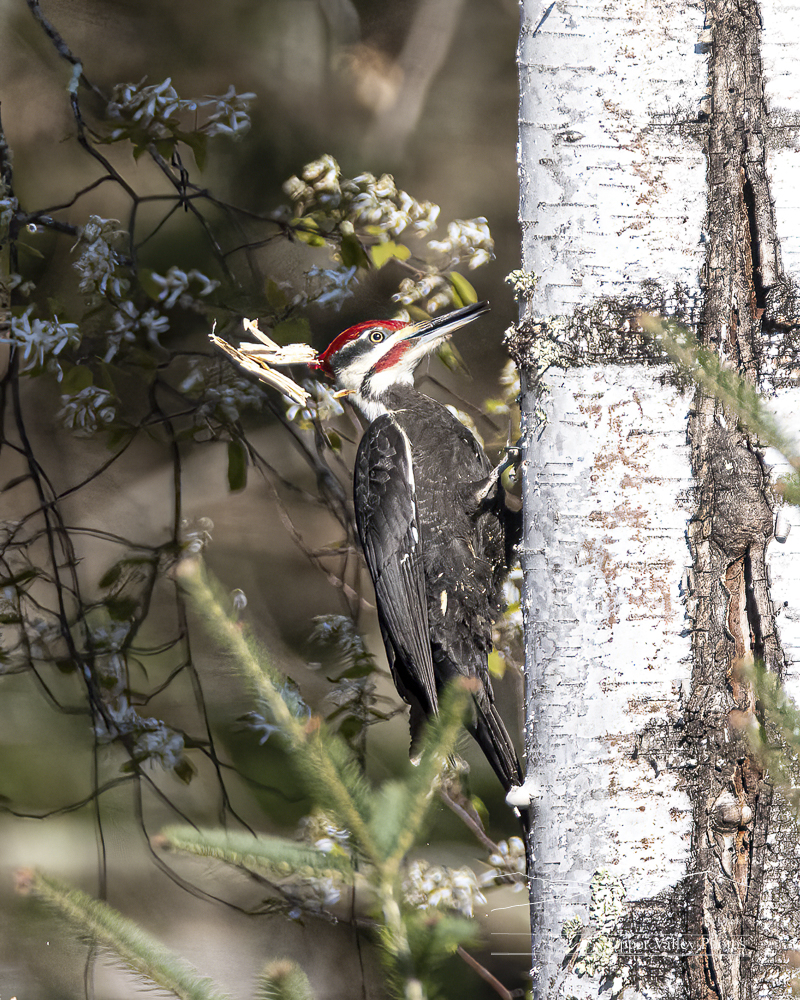
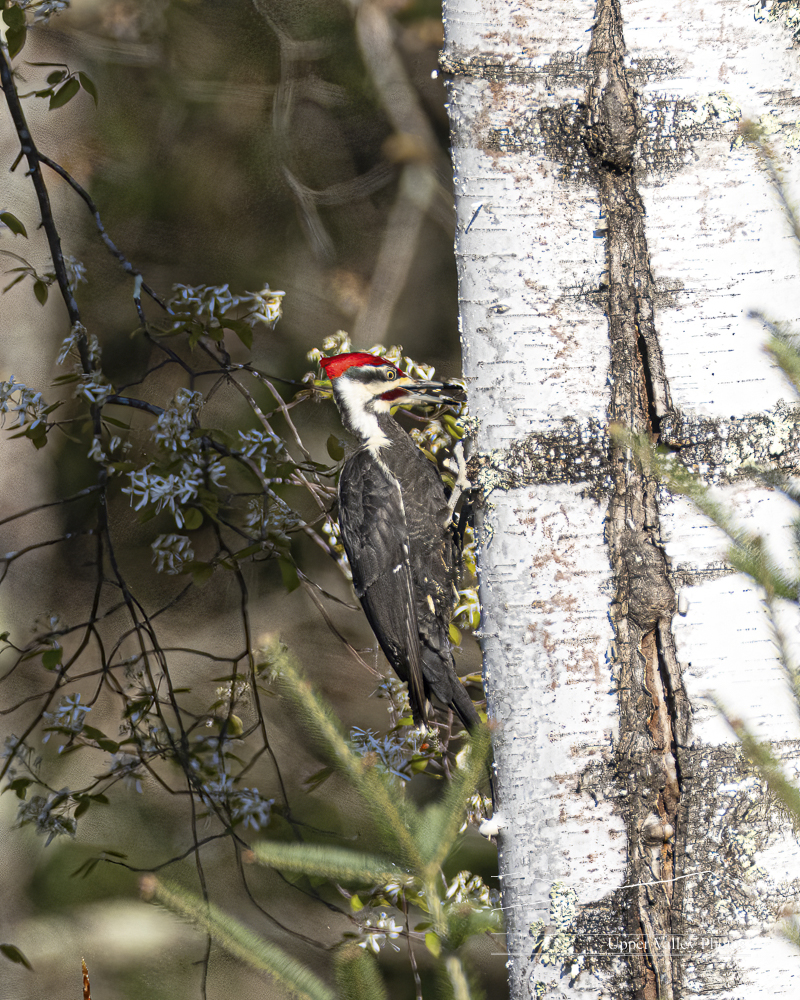
Tuesday morning found me with some work to do before heading out. Up at 0330 and with it only 30° on the pond, I once again found myself questioning some of my life choices. This time, I was early enough.
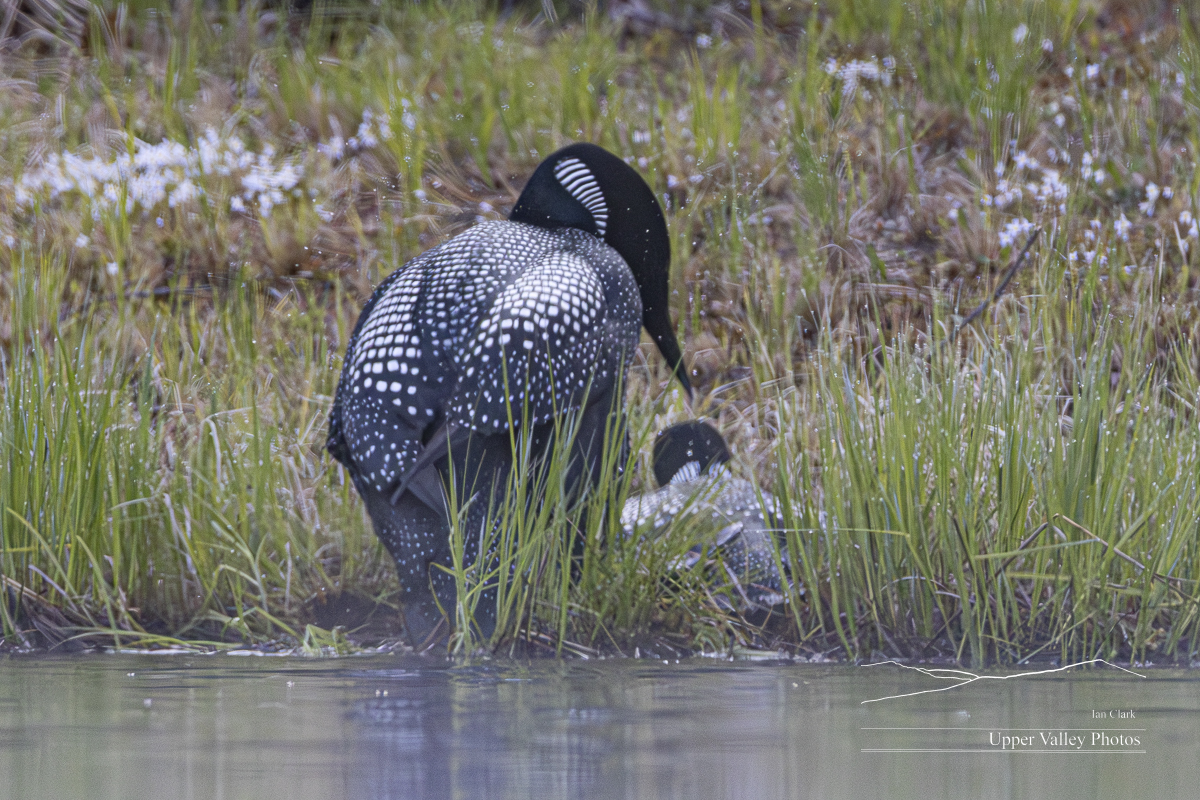
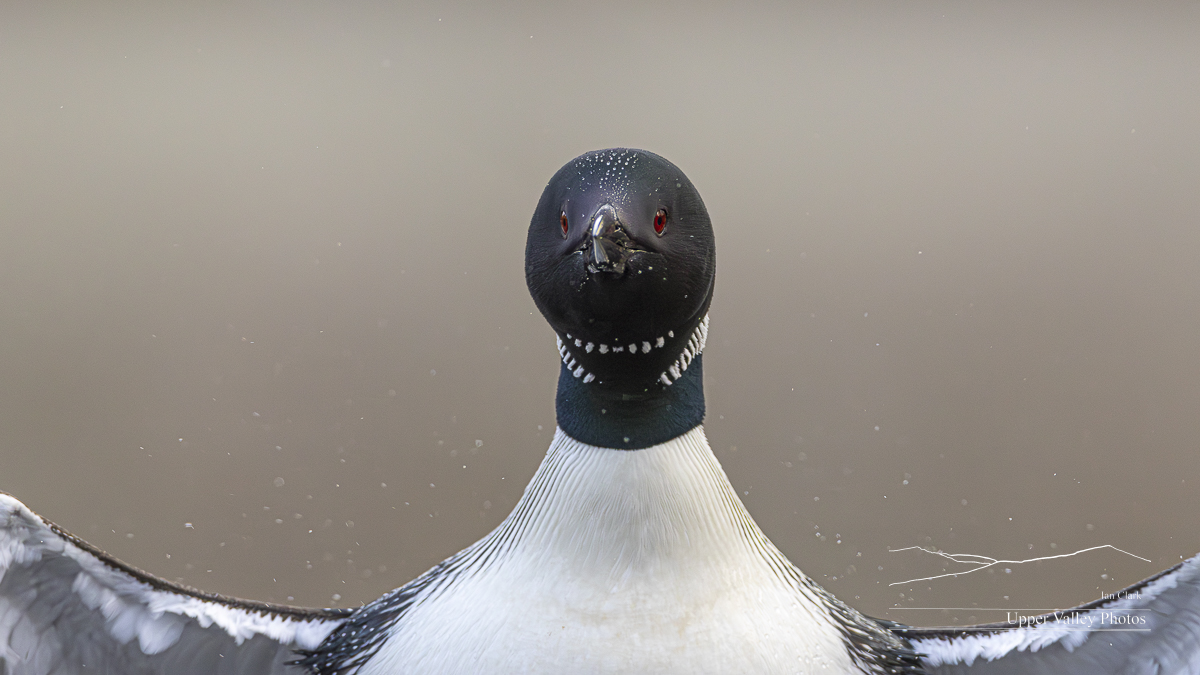

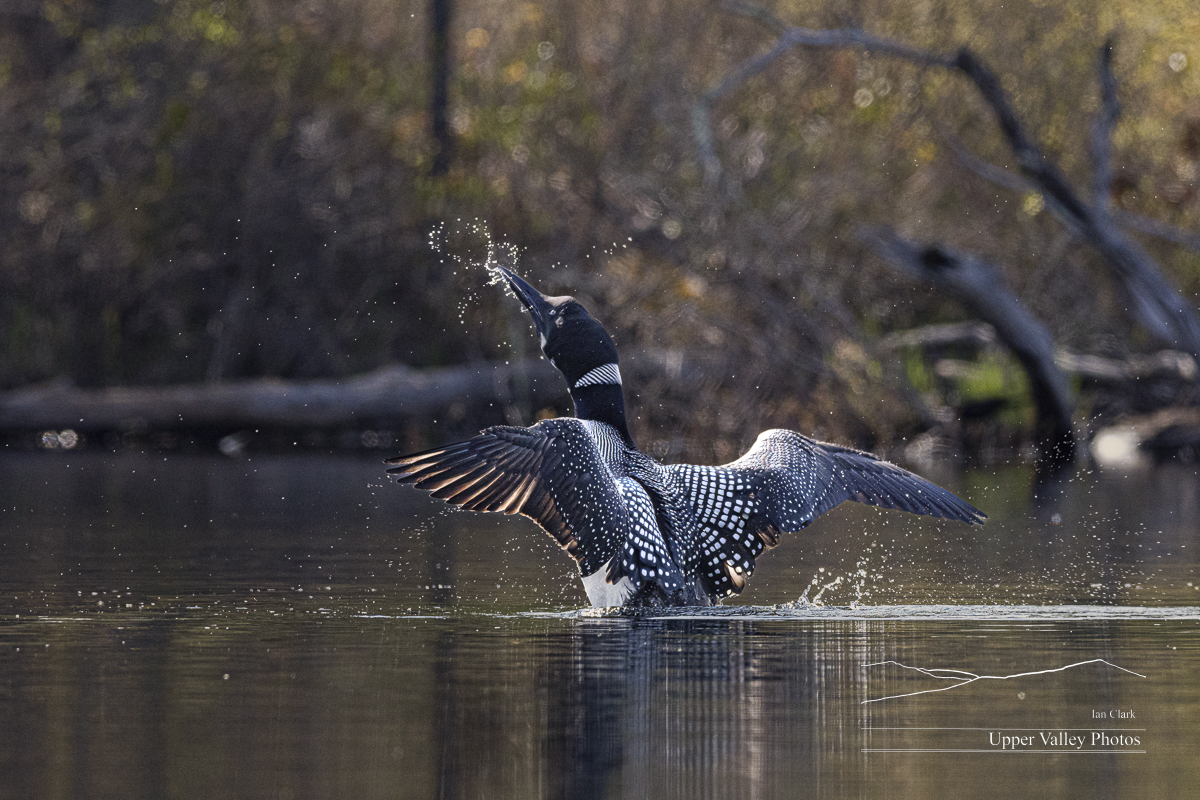
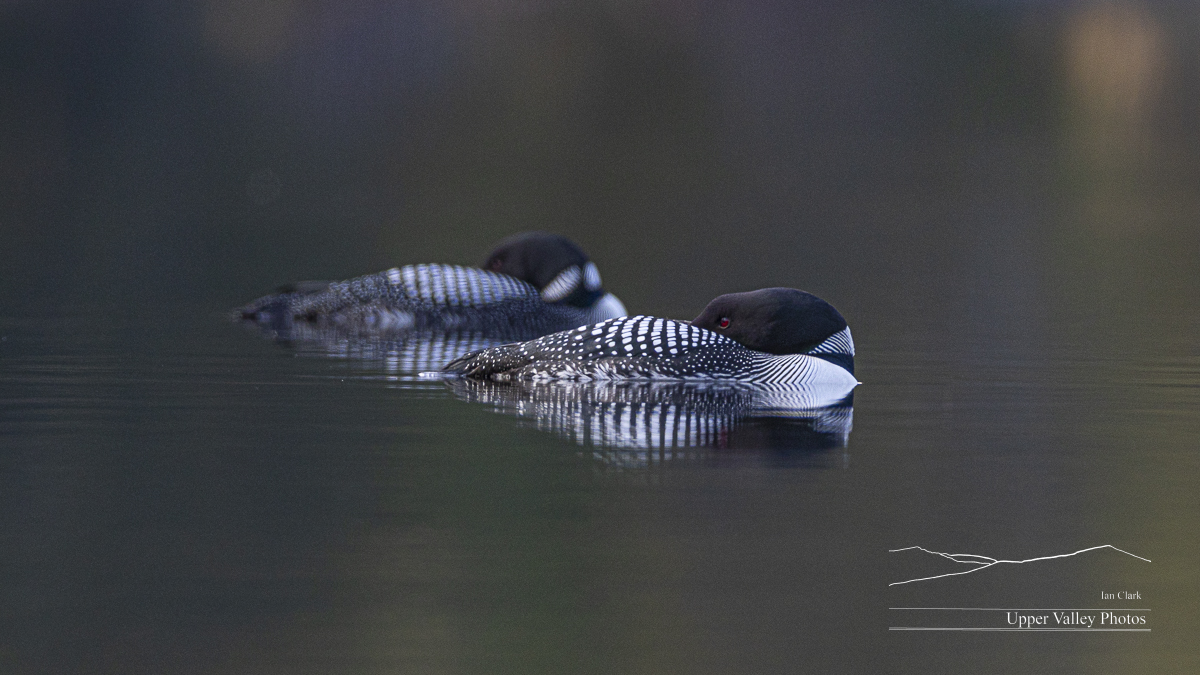
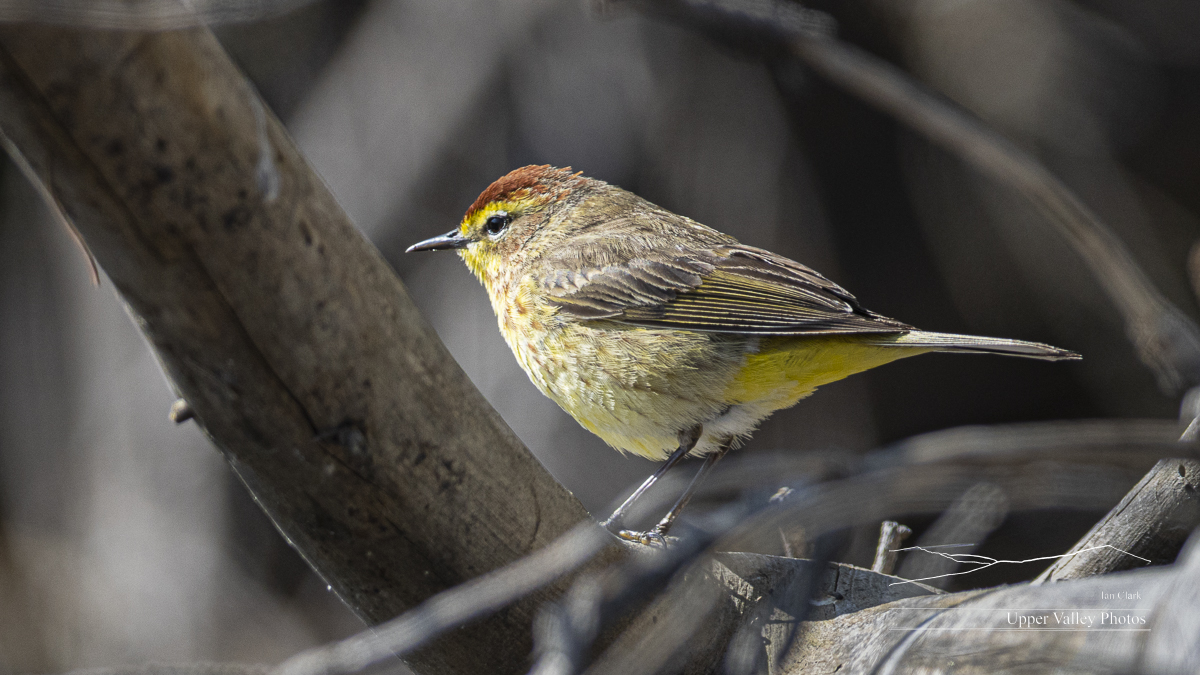
Wednesday I went to check on the Westons. Conditions for photography were ideal, every photographer dreams of paddling on a 28° foggy morning.

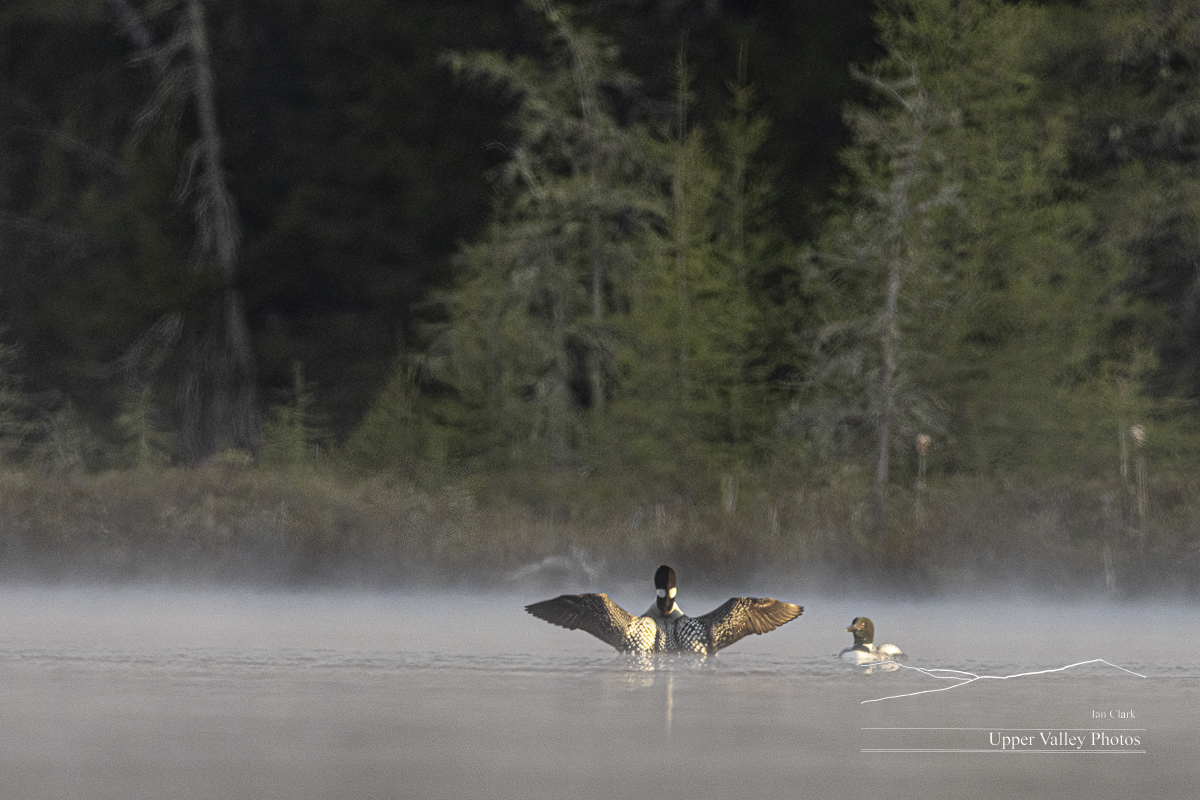
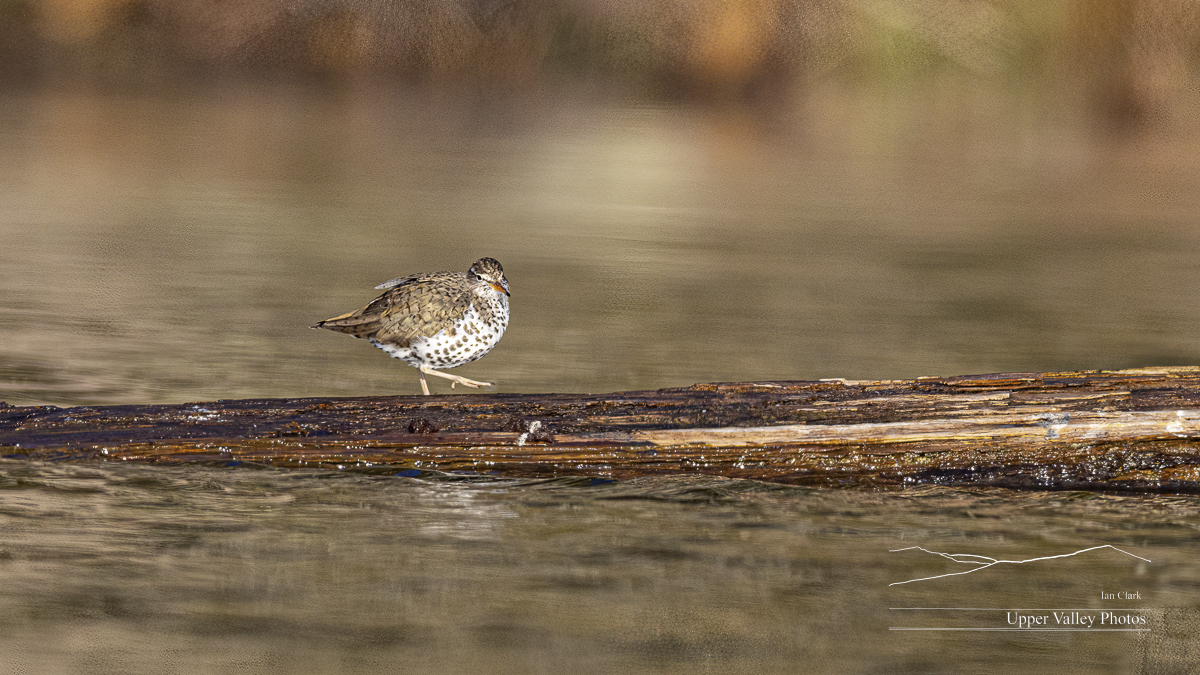
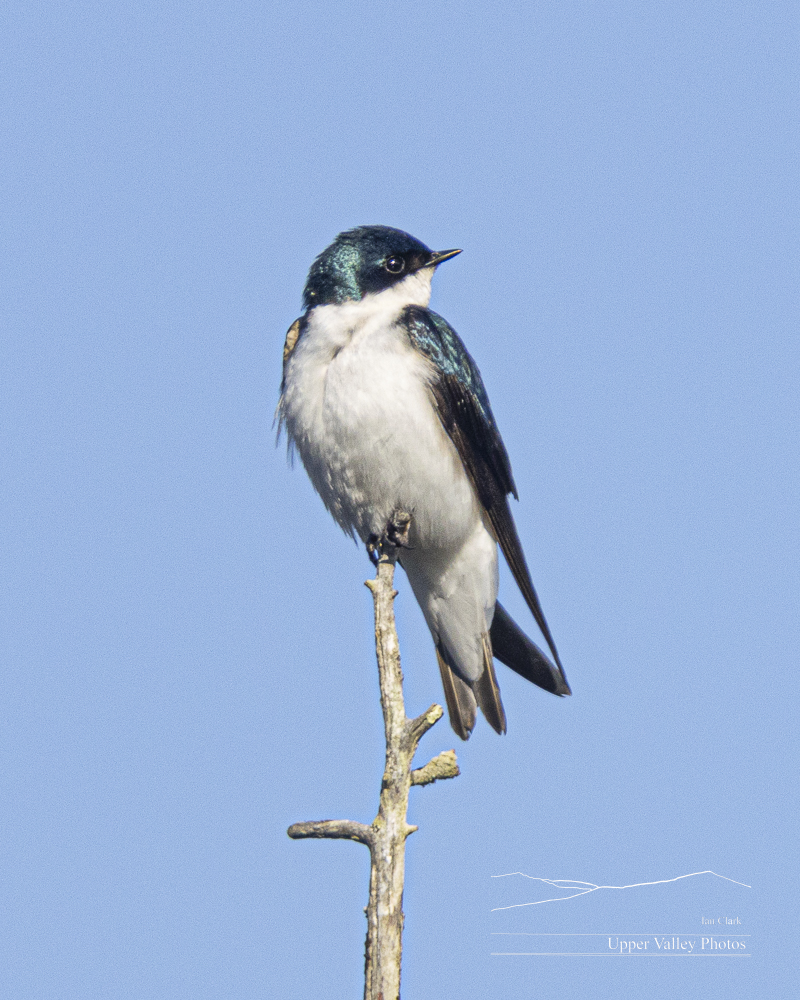

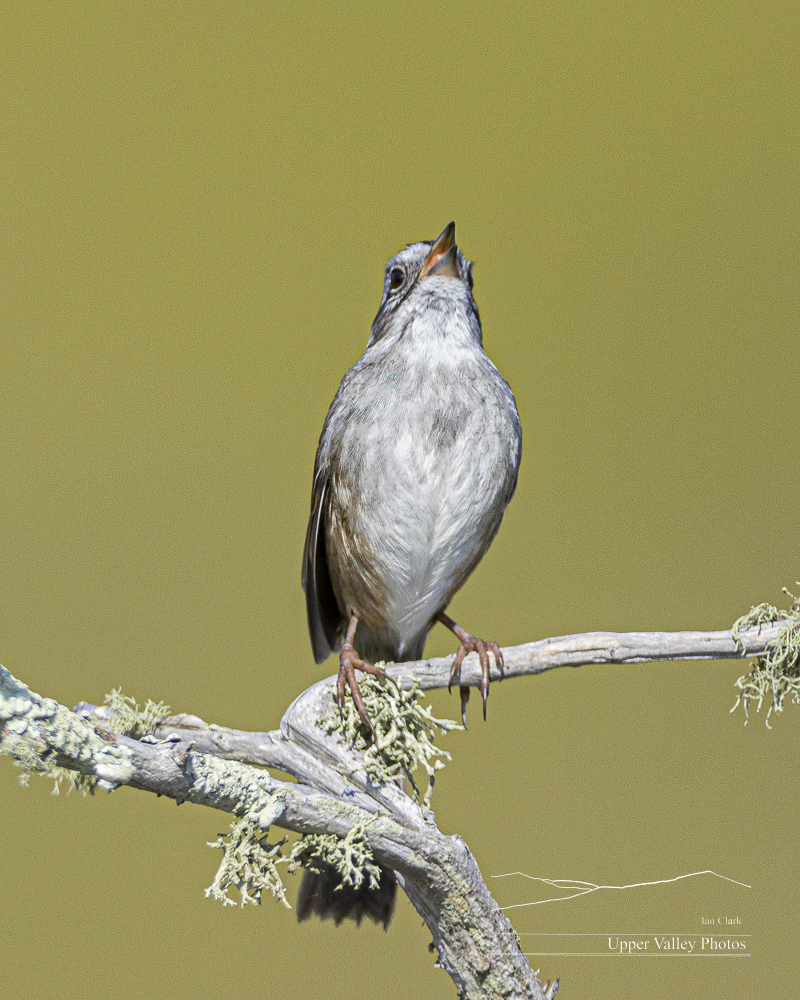
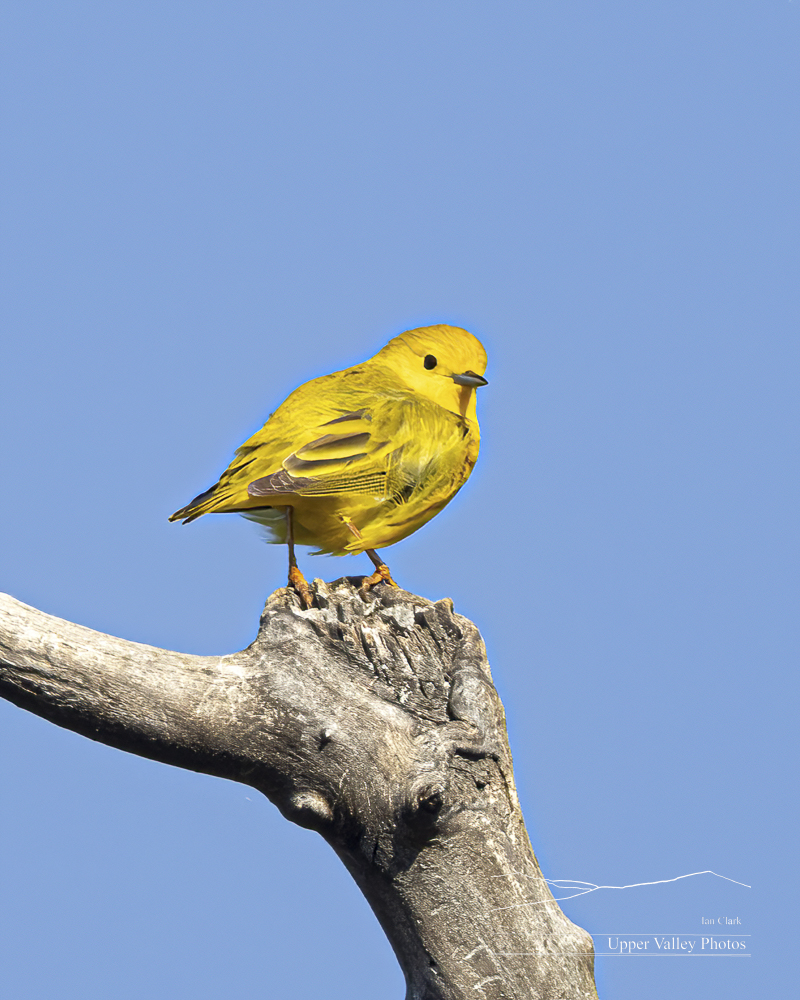
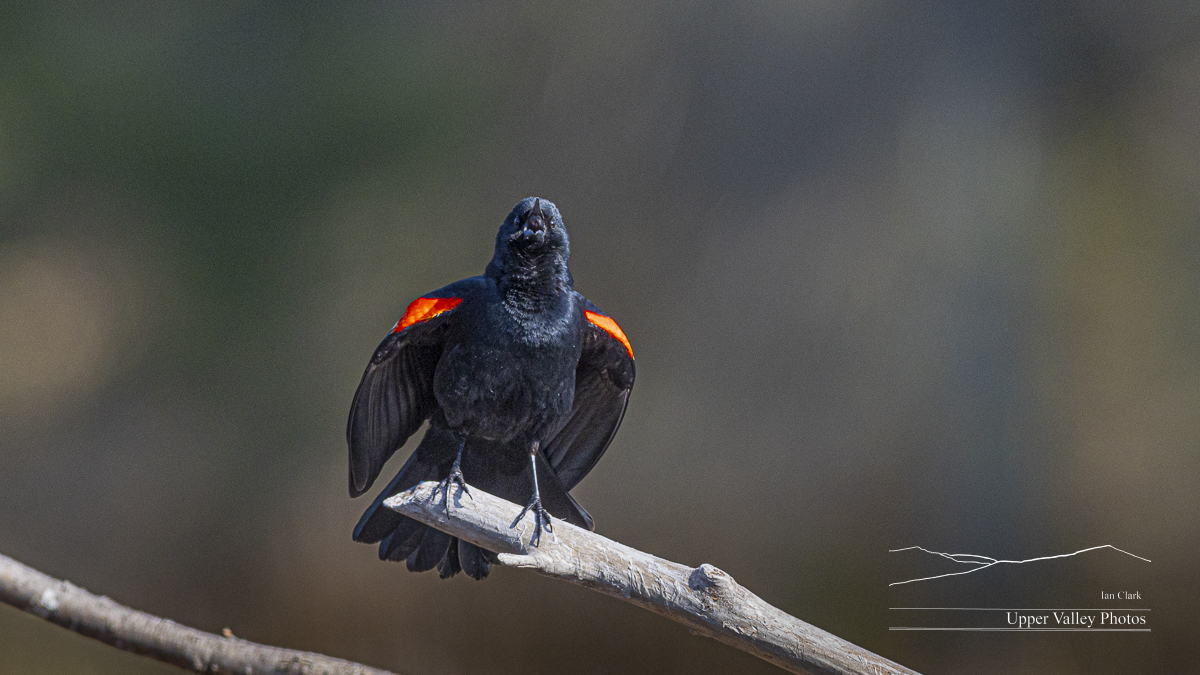

Friday morning found the Middletons once again facing off with an intruder.
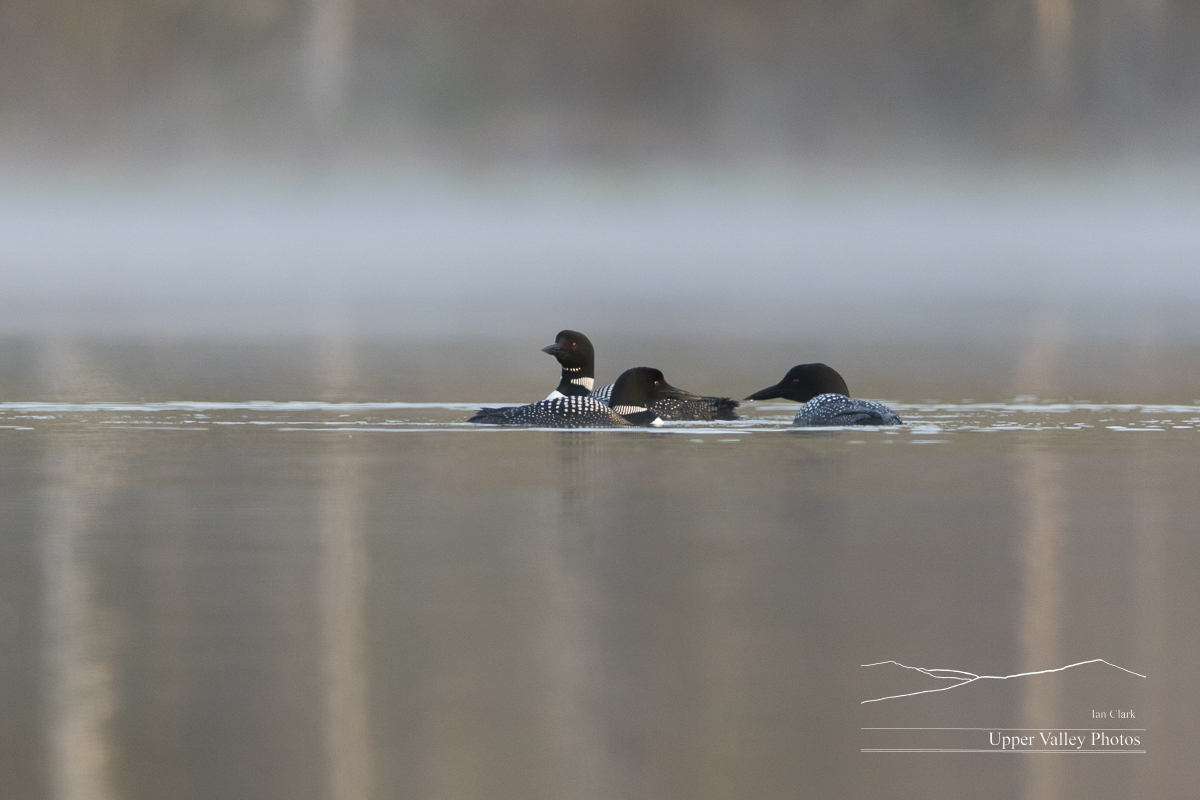
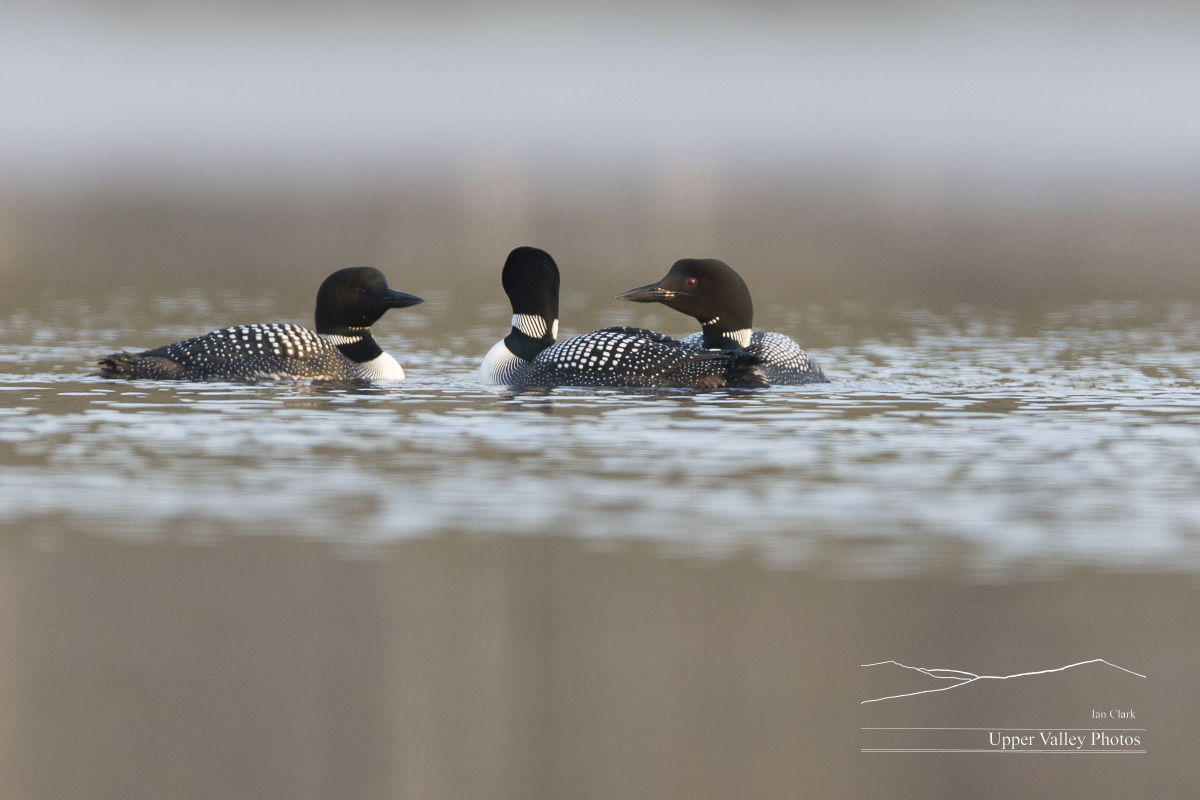
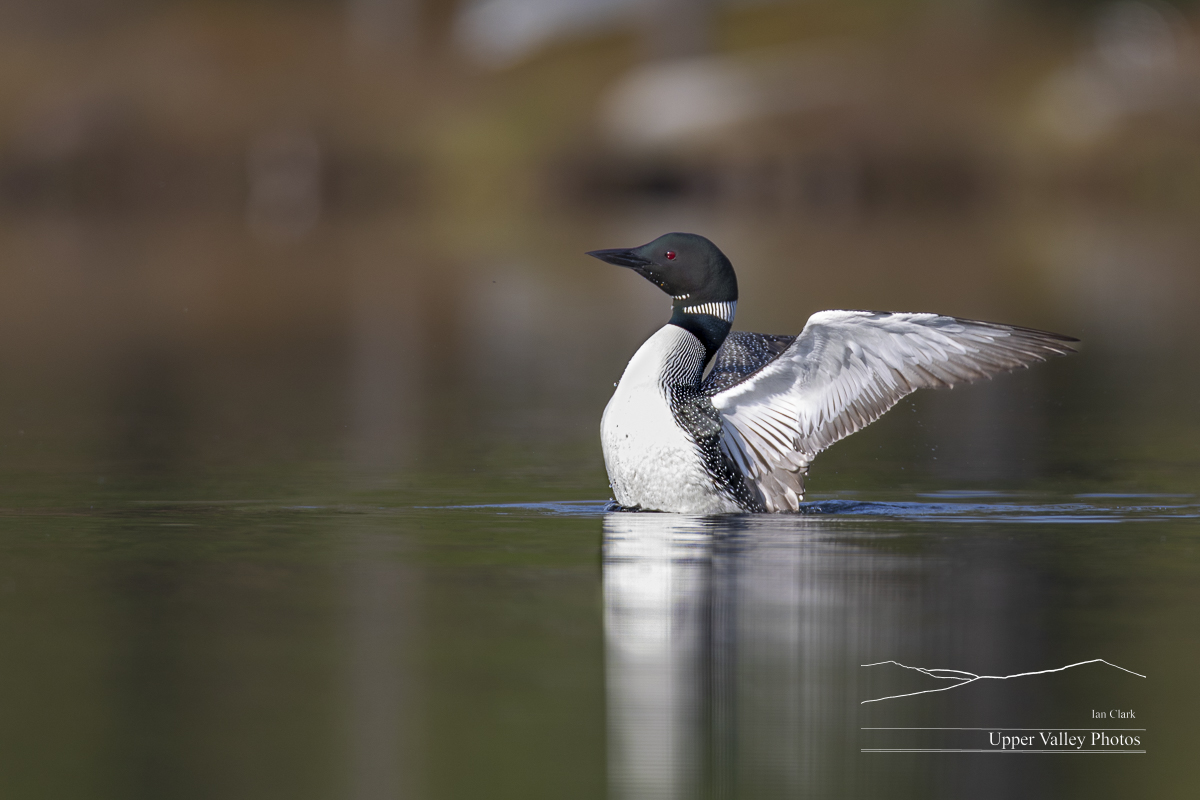

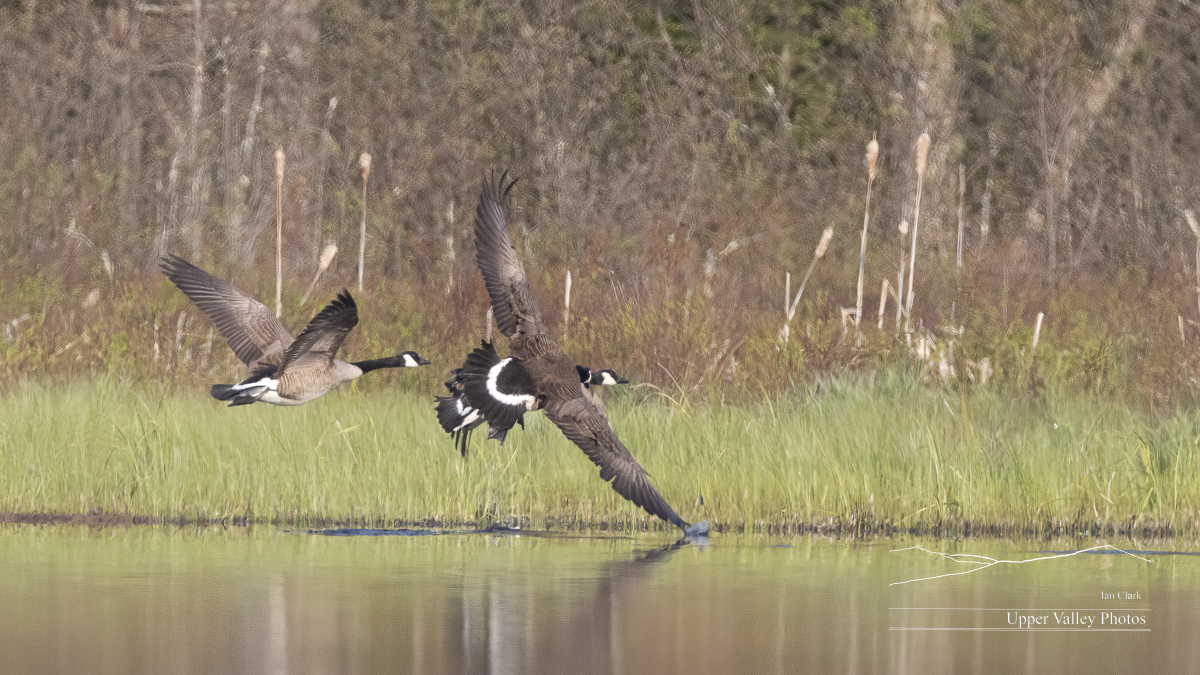
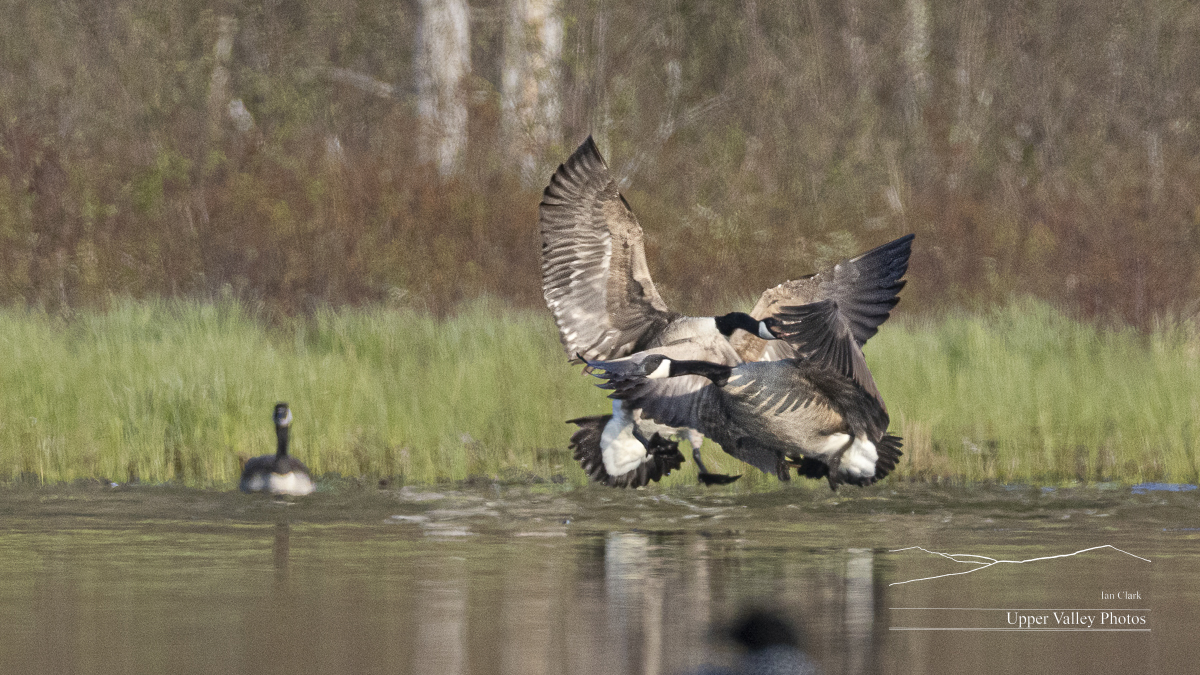
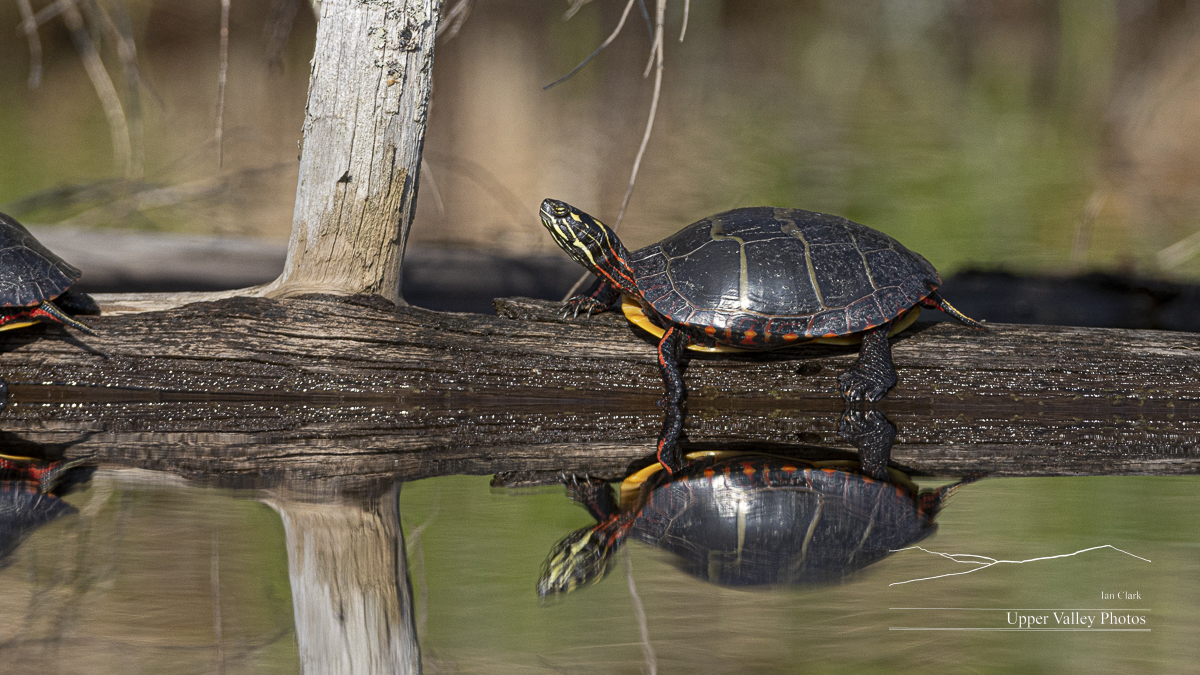
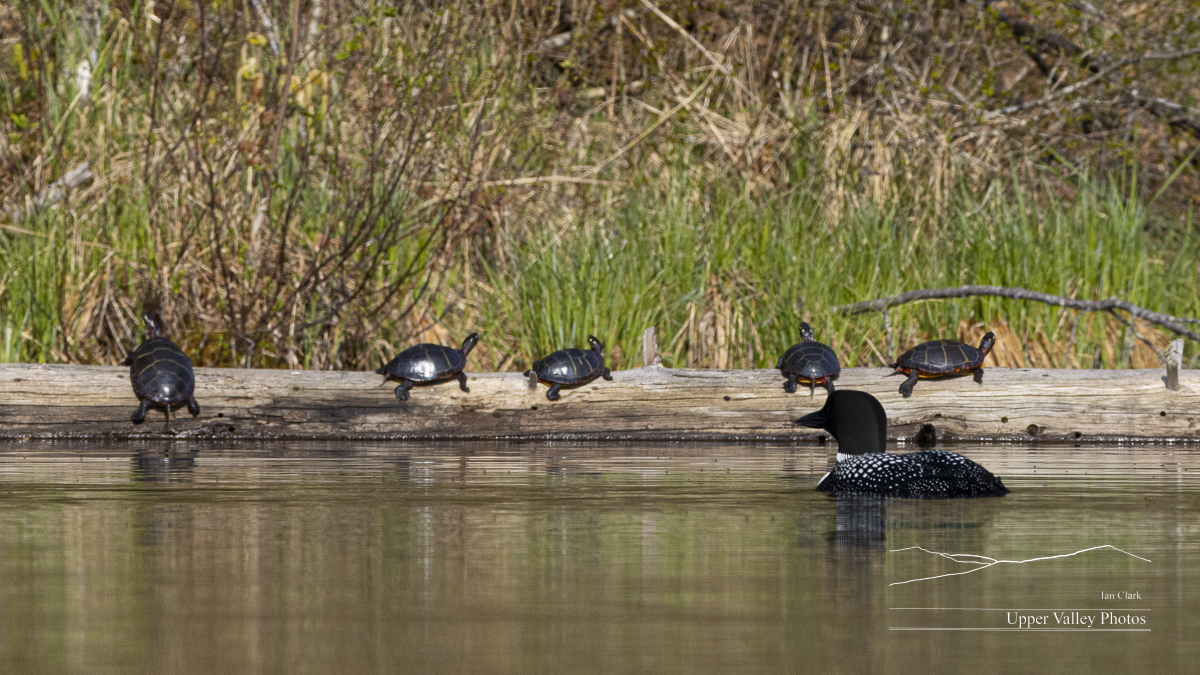
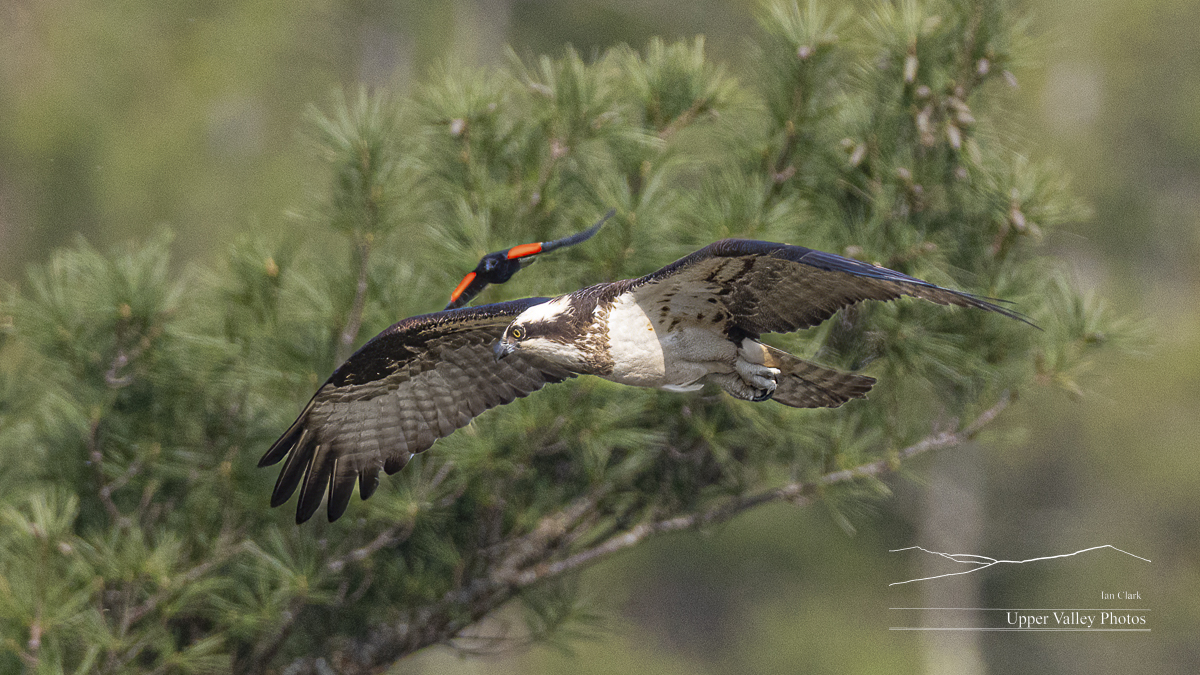

Loon Chicks Have Hatched
The strong winds over the weekend kept me home – pacing wondering how the loon chicks were doing. This morning, the wind was calm, and when I got to the pond, it was fully five degrees above having to worry about breaking ice while kayaking. I was able to check on two loon families.
First, our bluebirds are back for a second clutch. I’m not going to post daily updates for them this round, just too many things going to keep up with them.
If you’d like to see loons, take a look at the Loon Preservation Committee’s site, they host paddling trips where you visit lakes where they know there are loons with one of their biologists.
All the loon photos are taken with long telephoto lenses and cropped to let me shoot without disturbing the birds.
When I arrived on the pond, I found one adult preening and lazily foraging by itself and couldn’t see anyone on the nest. As I paddled down the pond, I found the second adult still on the nest. But the chicks should have hatched already….
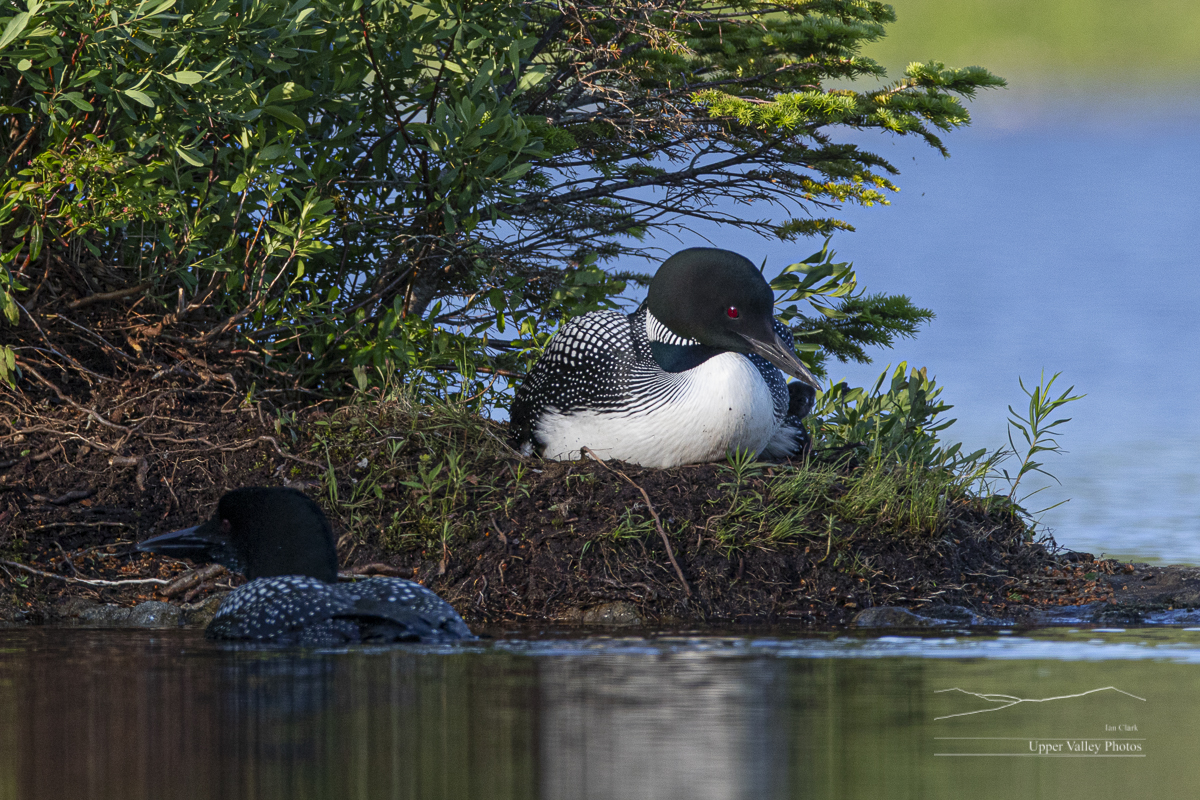
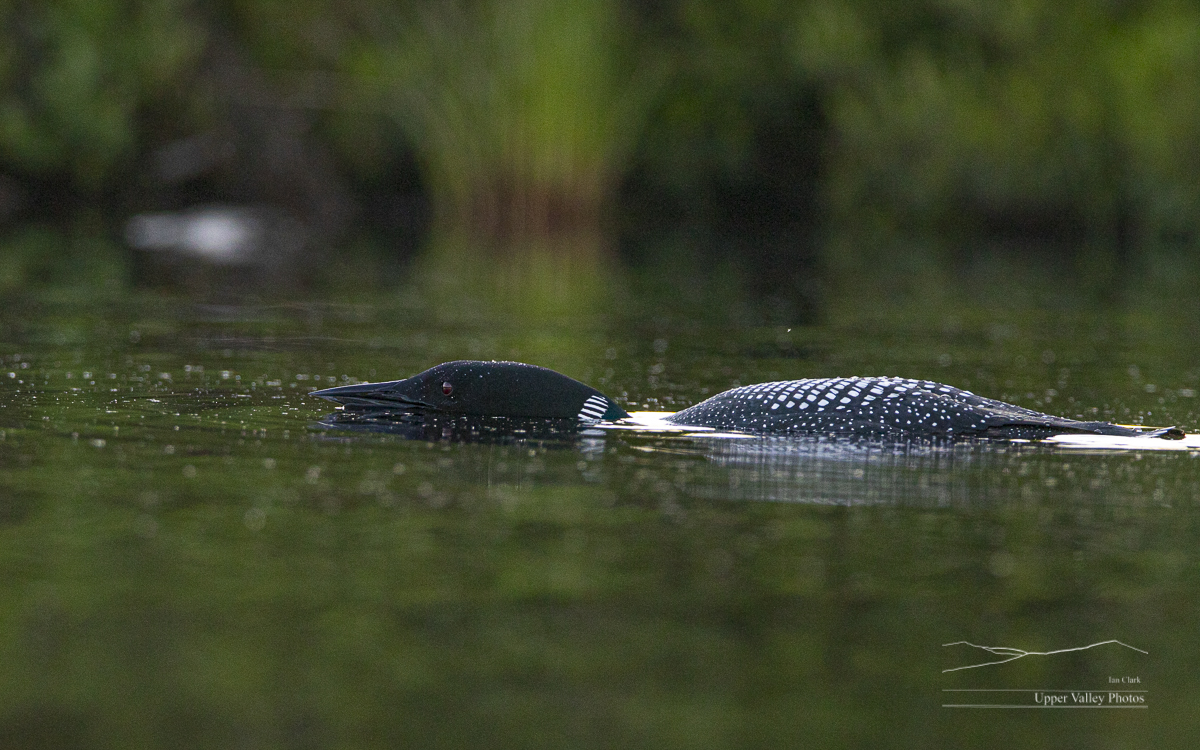
With the chicks still in the nest, the odds are that one hatched Saturday and the other Sunday. Loons will leave the nest shortly after the second chick hatches. If it is late in the day, they may spend the night on the nest before heading out. The adult on this pond waited for the sun to get almost to the nest before heading out with the chicks.
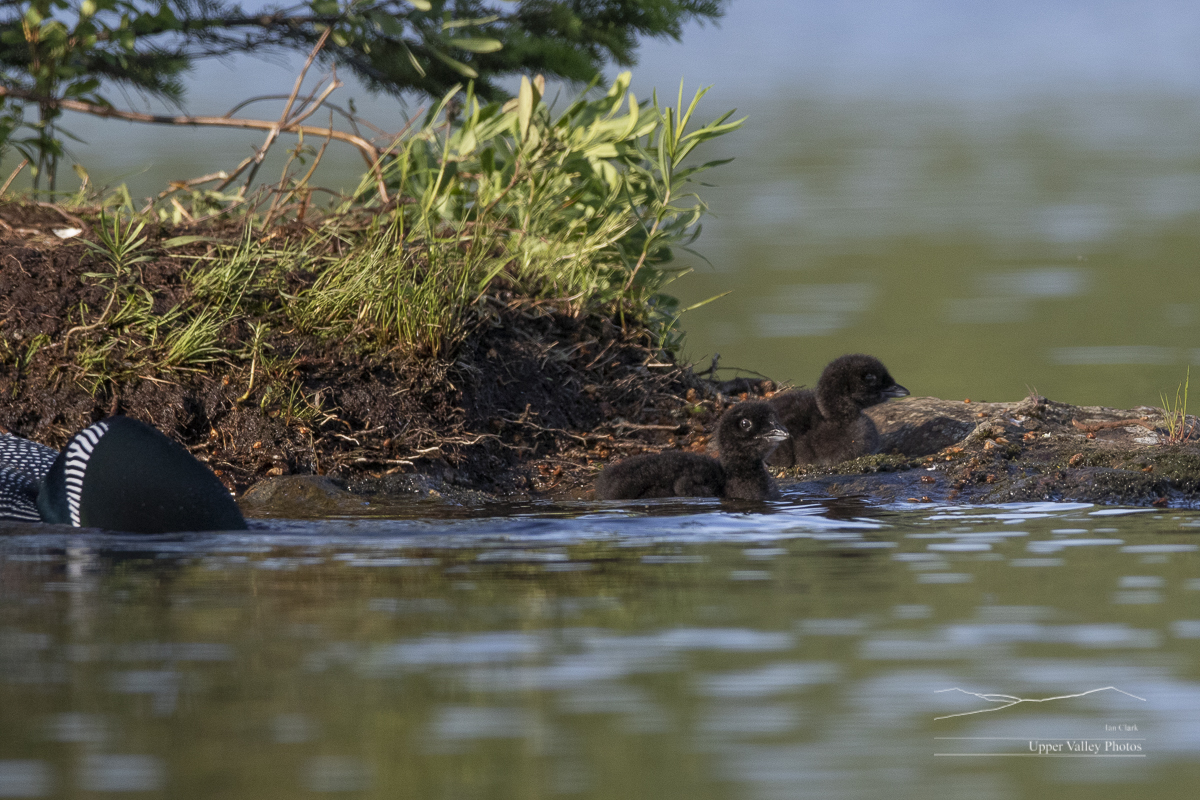
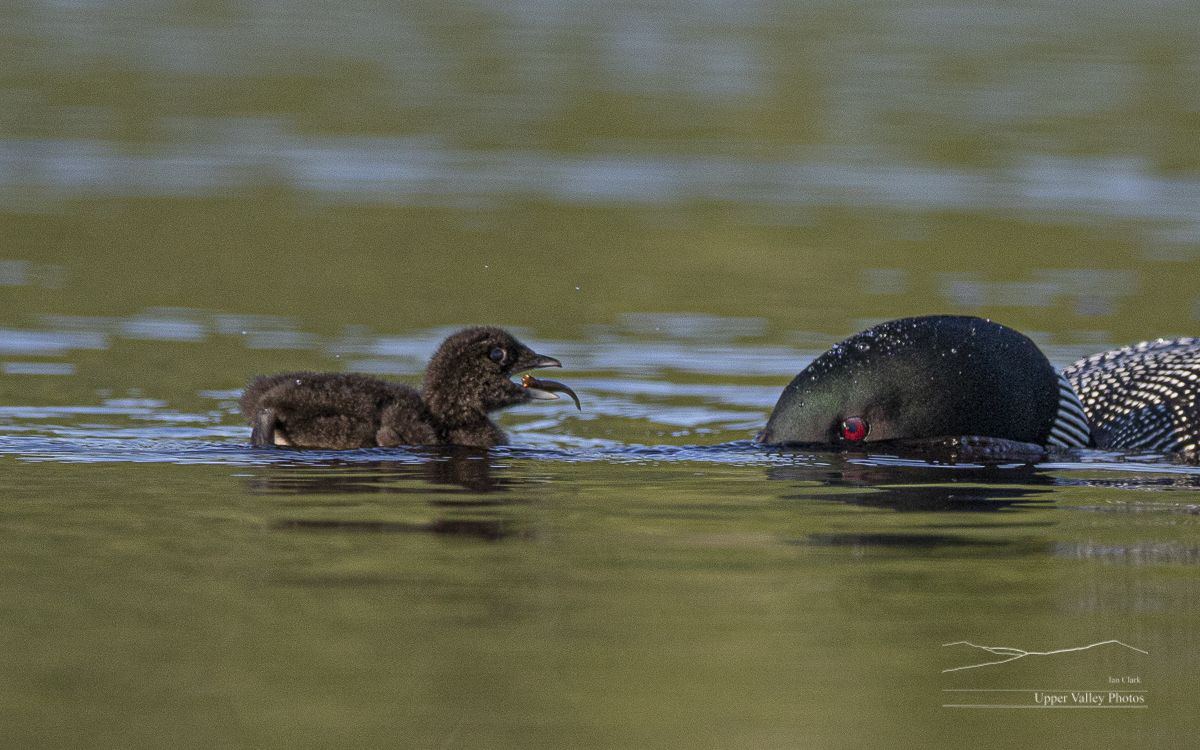
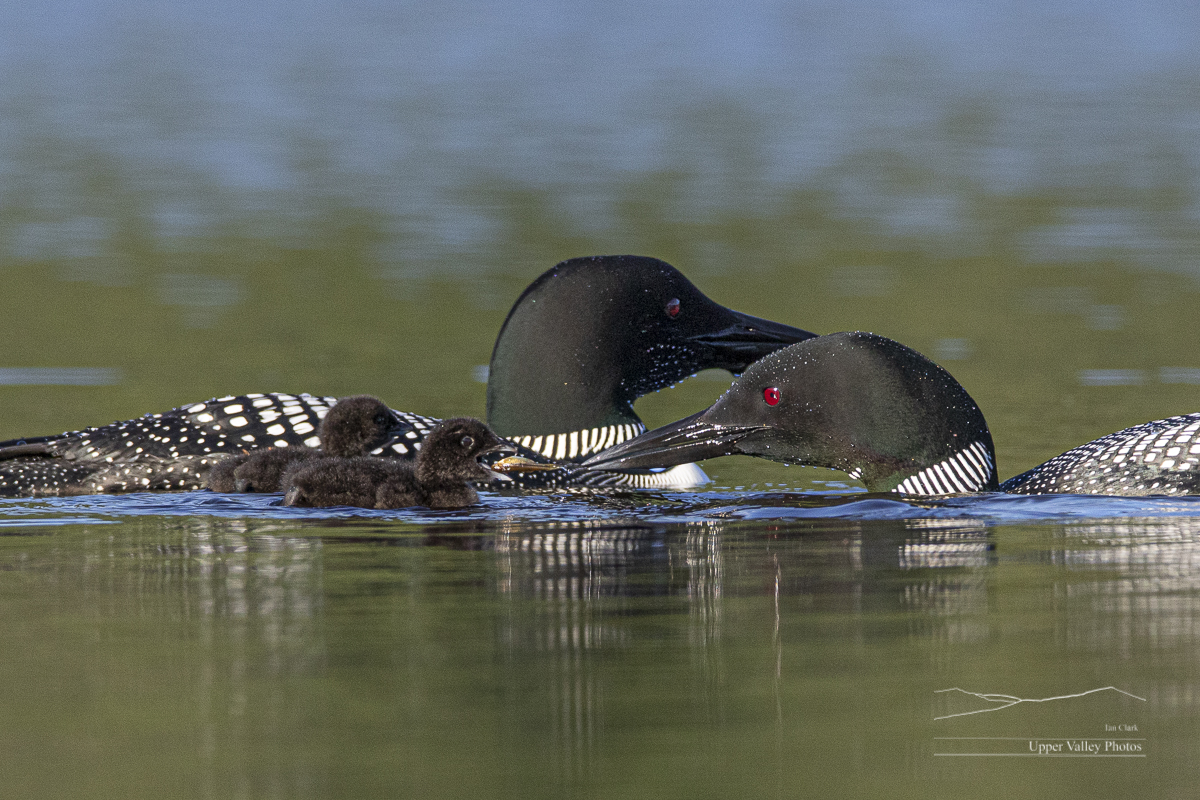
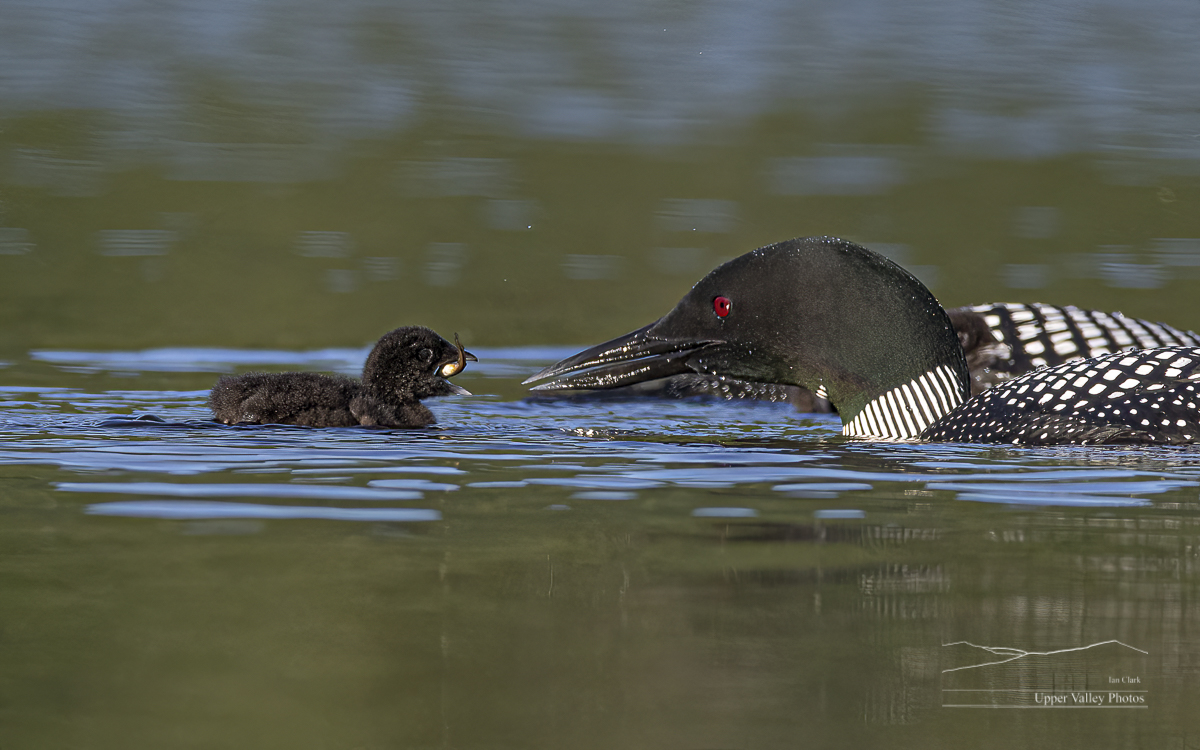
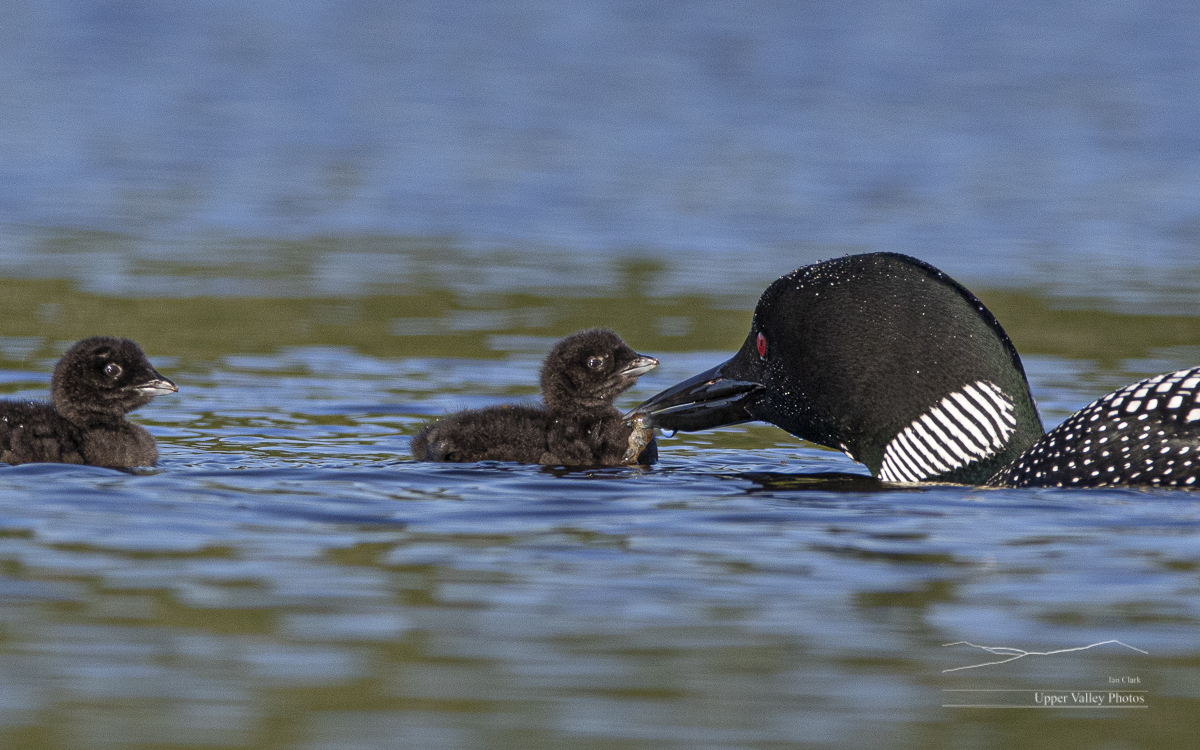

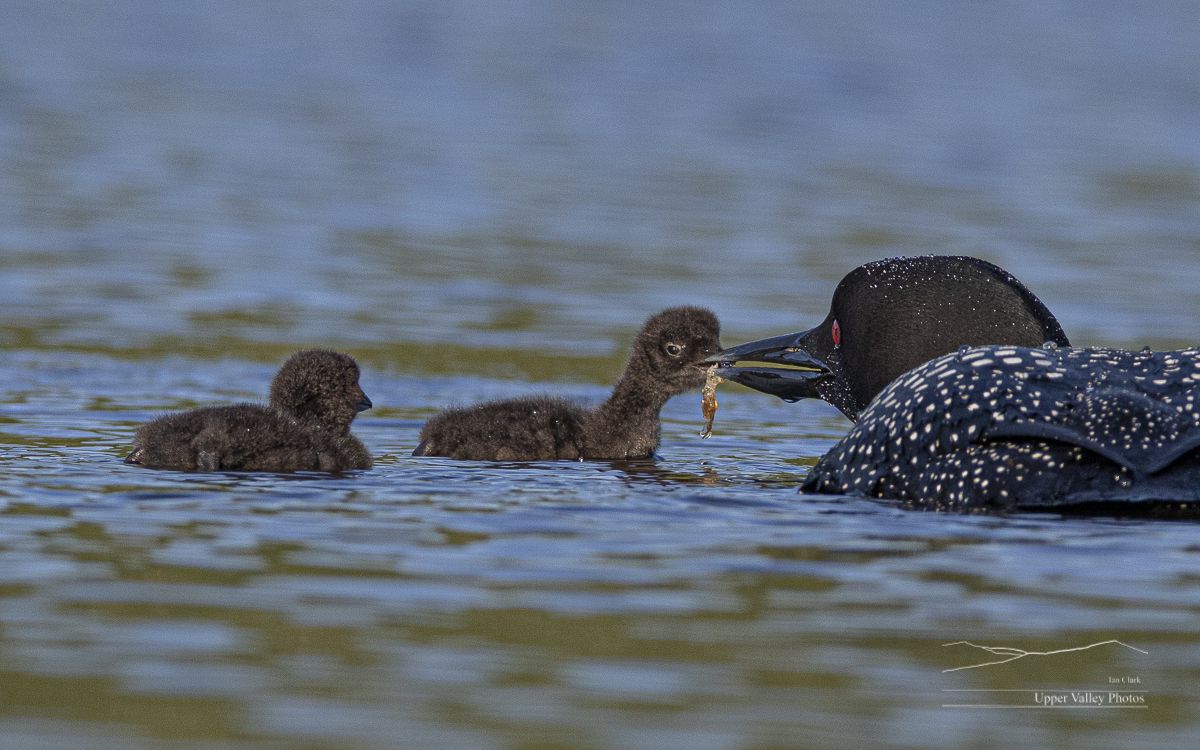
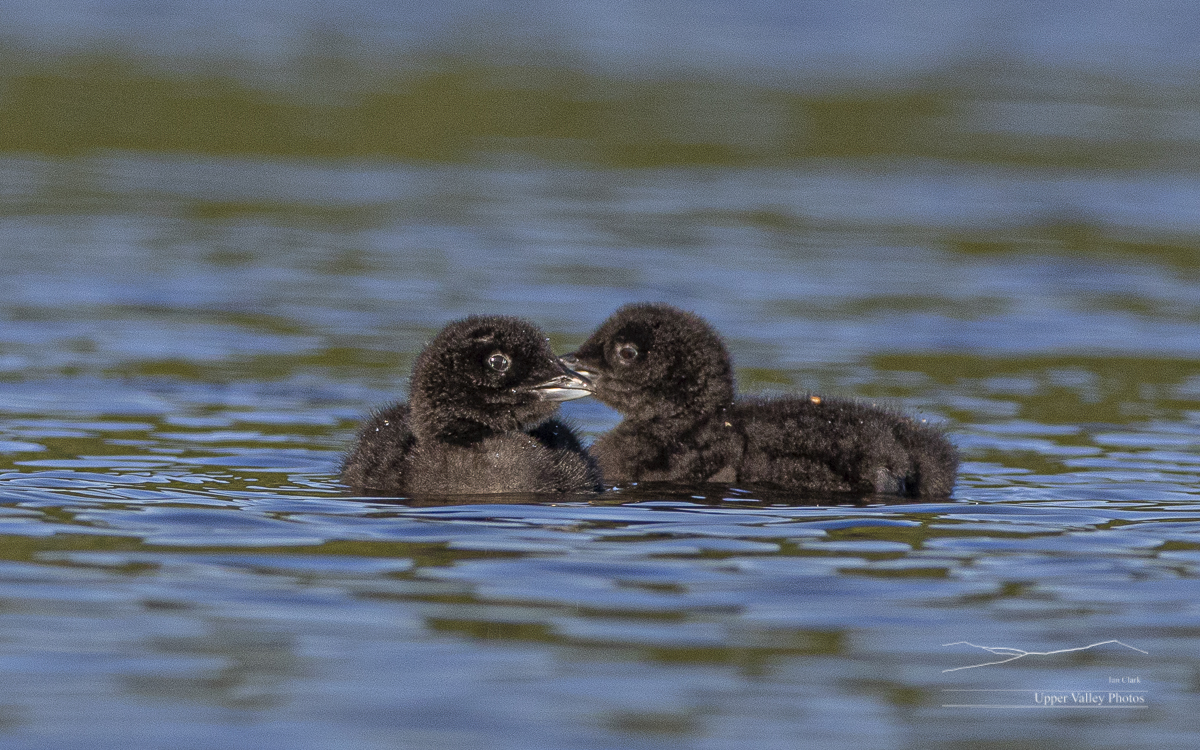
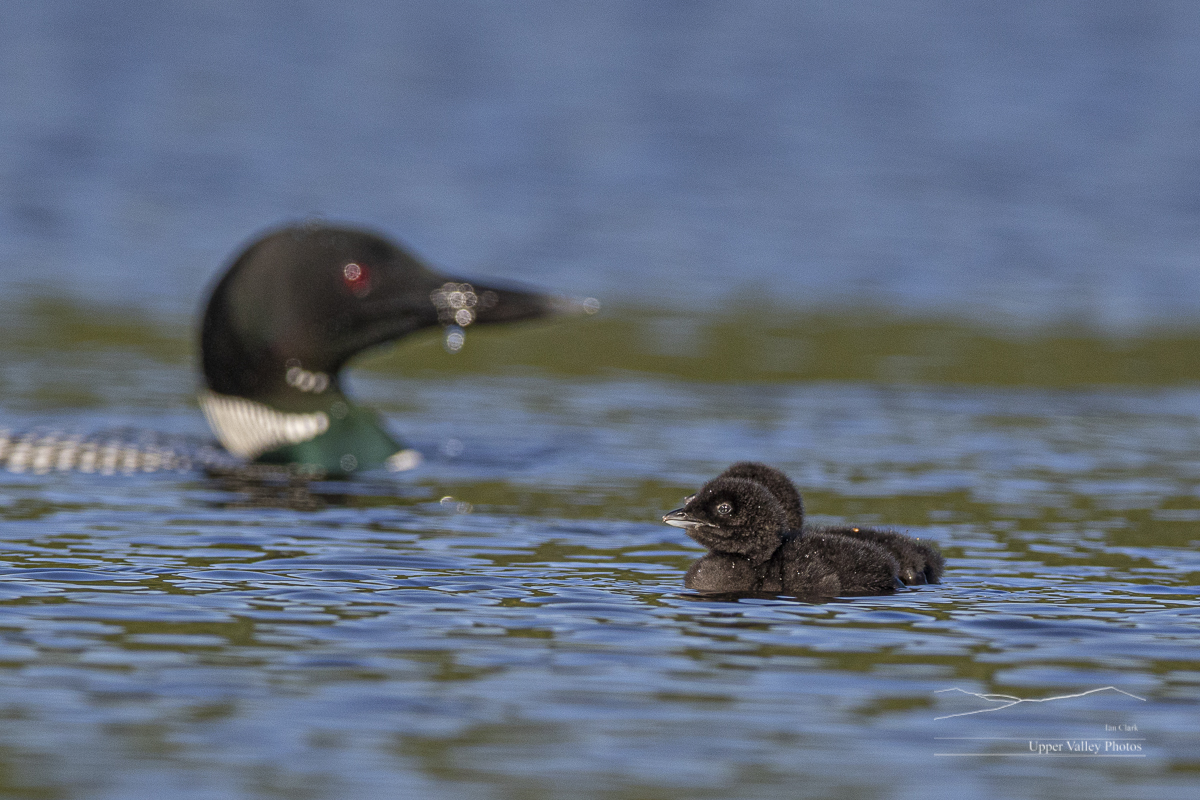

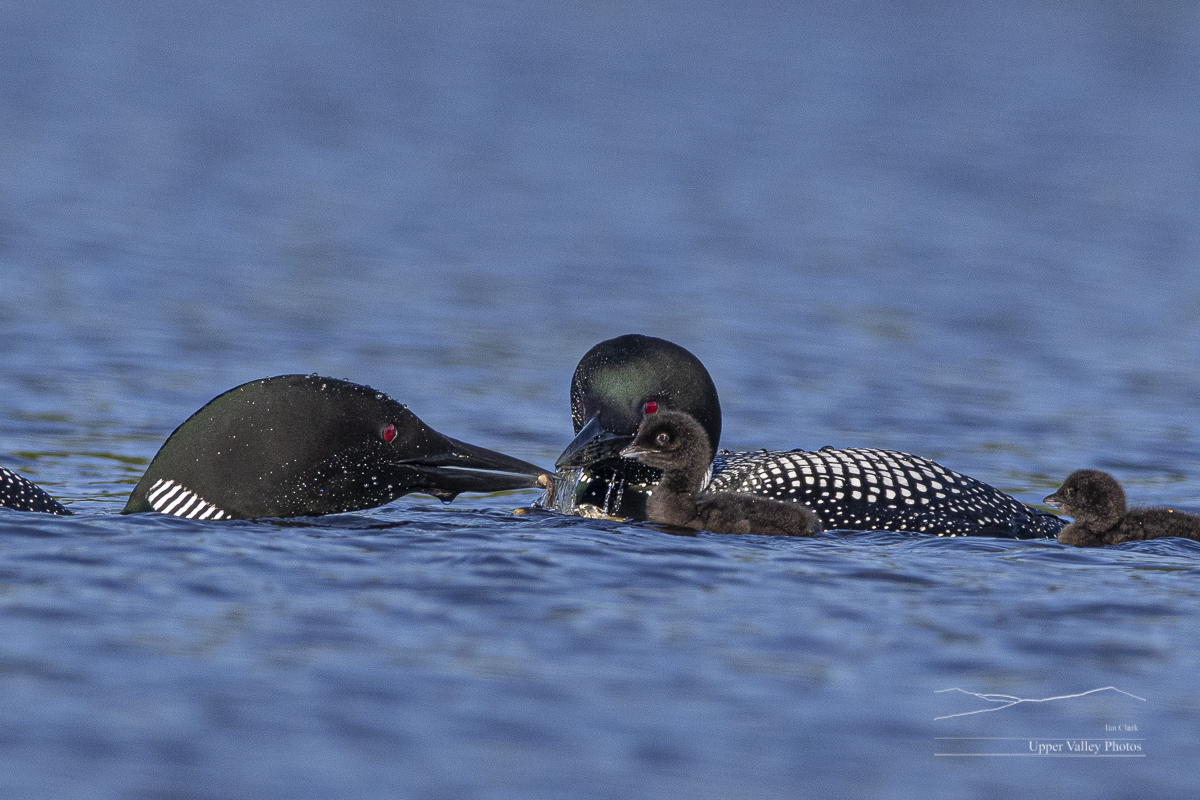
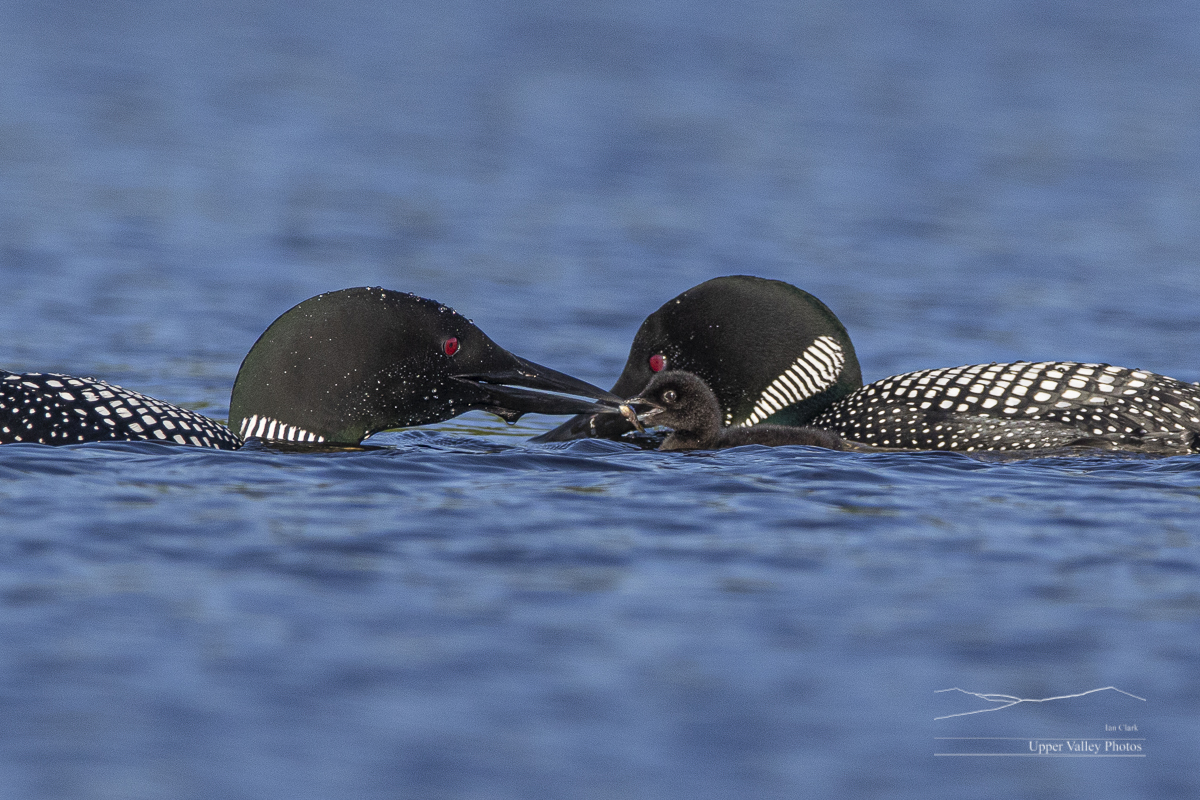
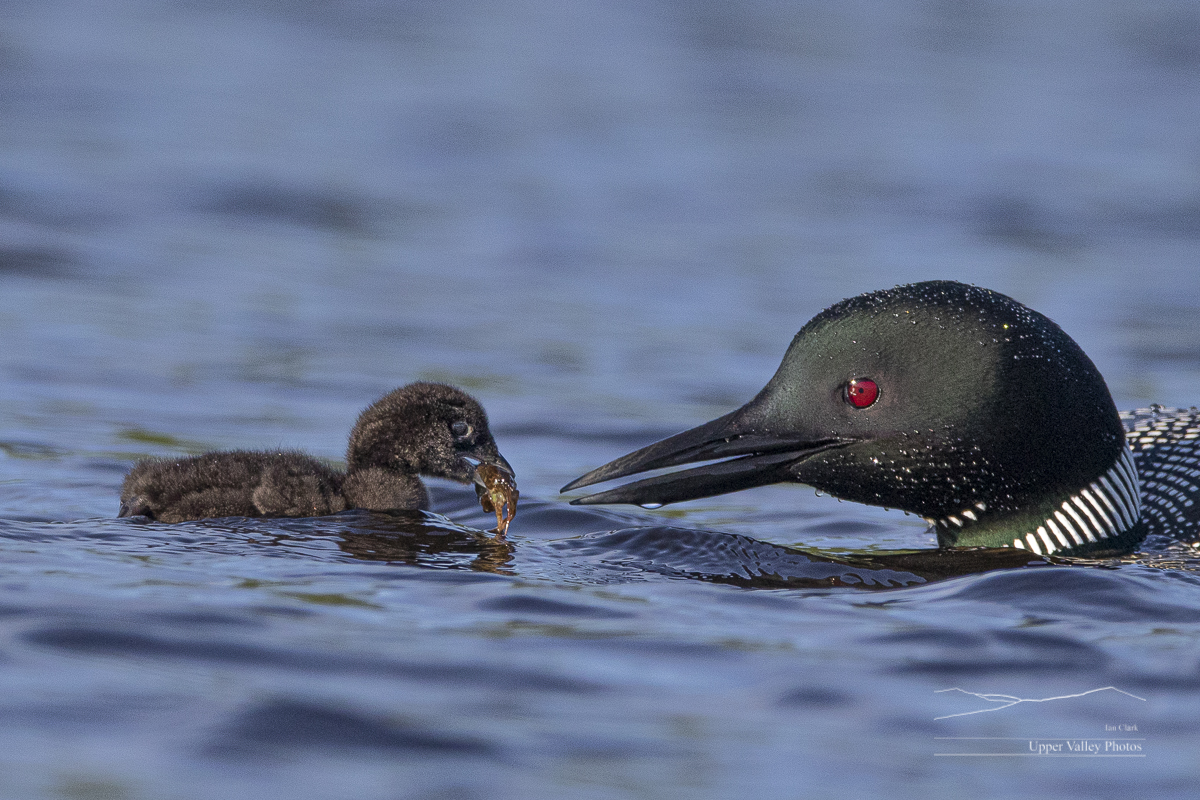
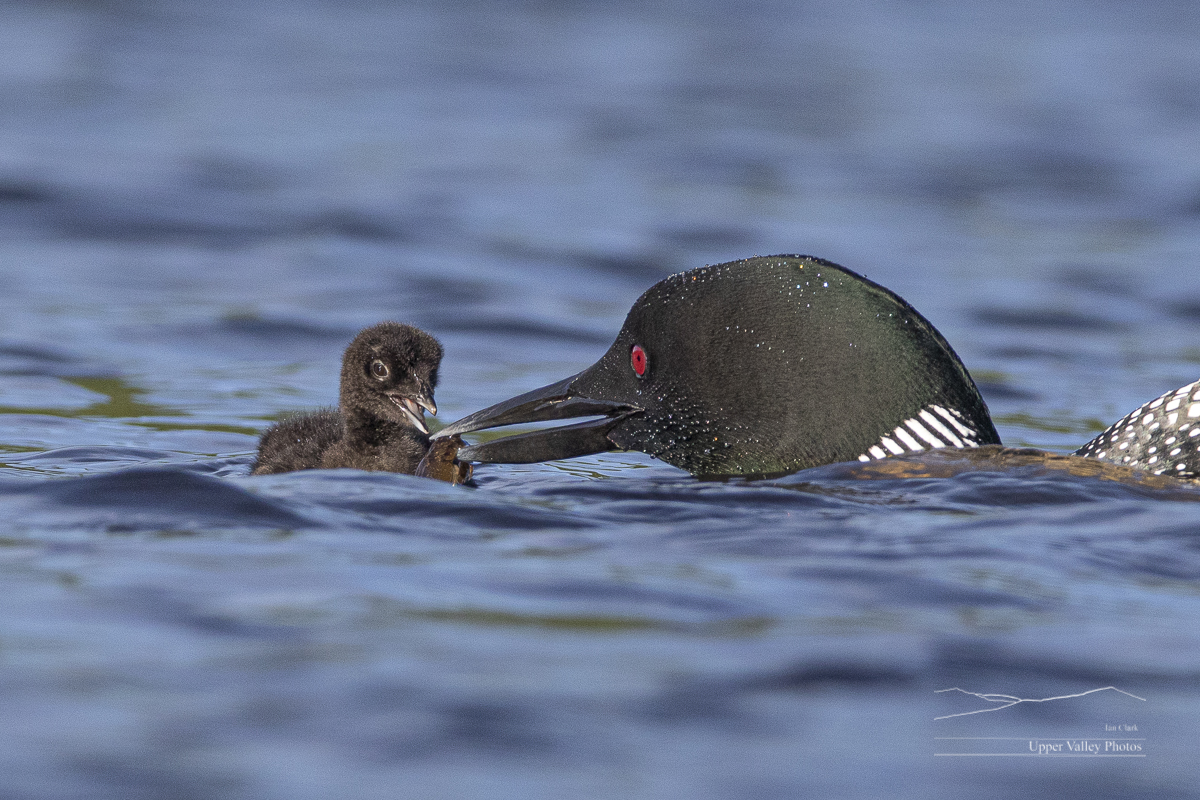

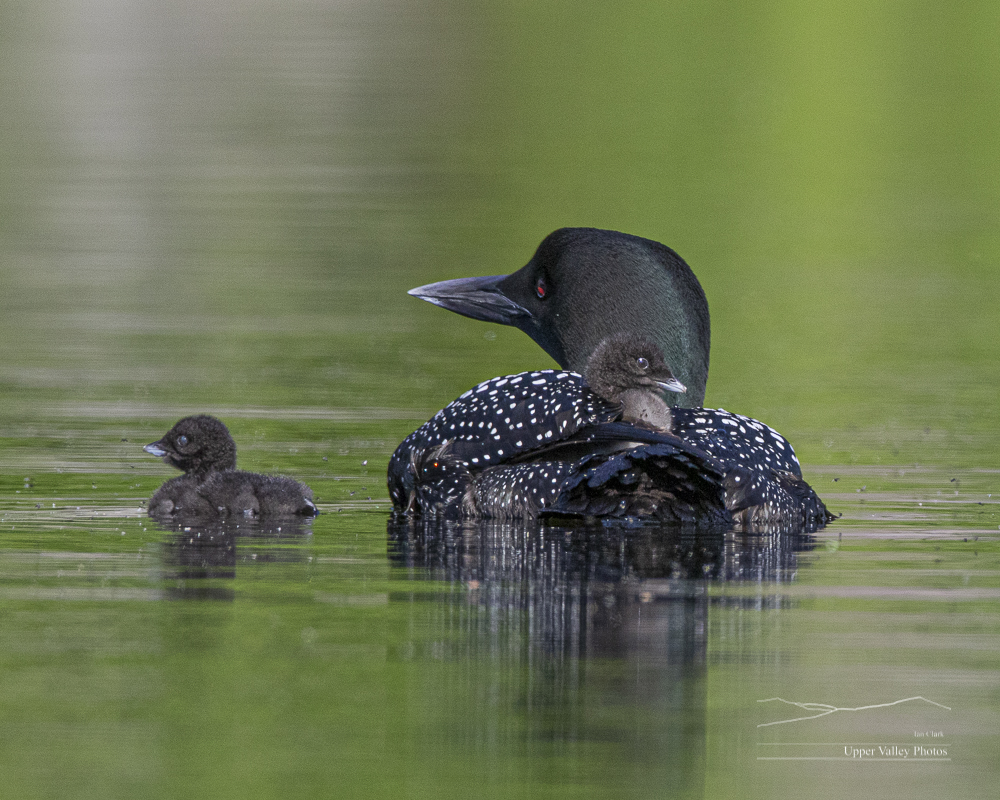

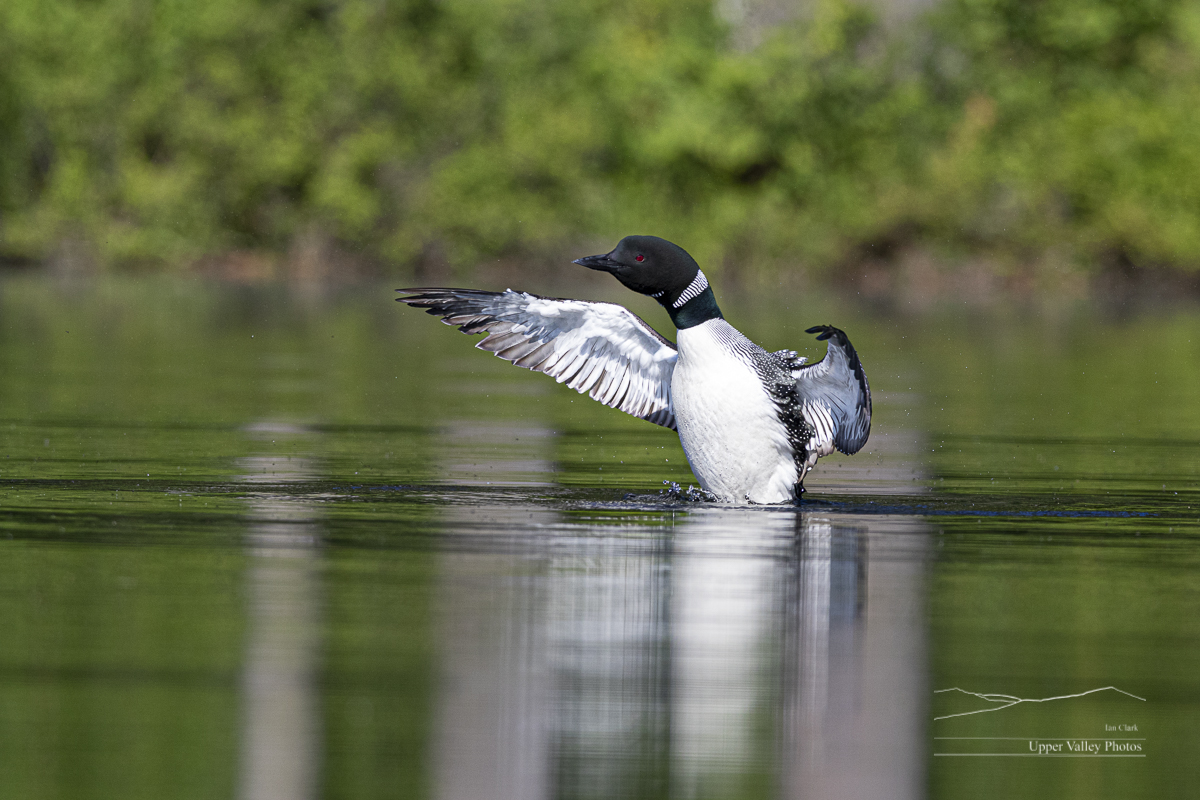
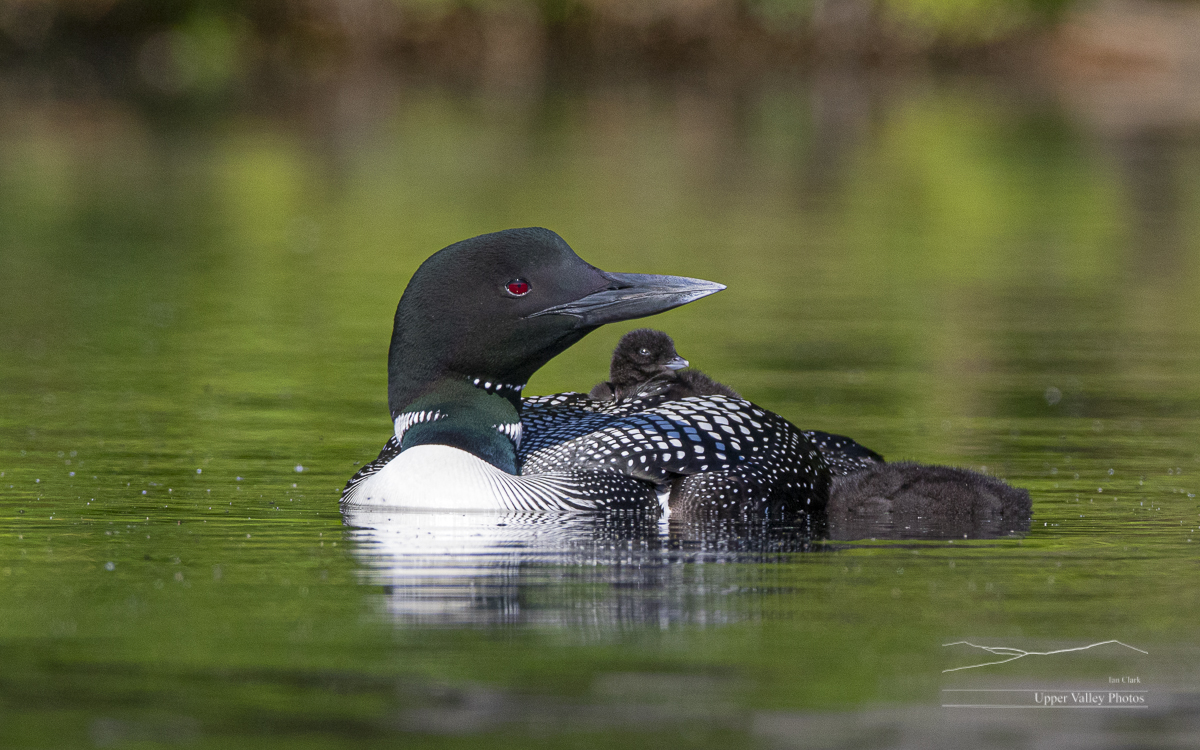
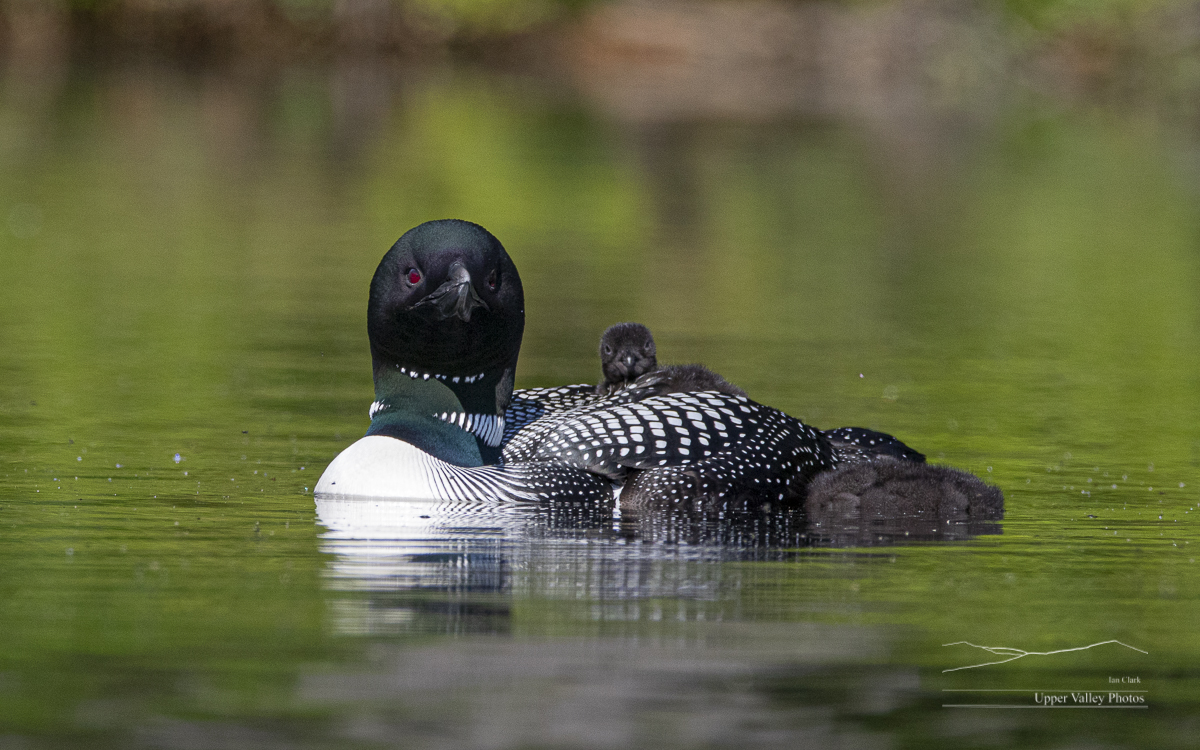
I hope to be able to follow these two families and a third through out the season. To watch them grow, sign up for updates when I add a post.
A Peaceful Morning With The Loons, et al, June 8, 2022
Monday morning was a beautiful spring morning to visit the loons and friends. Provided one doesn’t object to paddling about in 42° weather. Let’s see what I found.
The Adirondack Loon Center is raffling off a Hornbeck Canoe to raise funds for loon preservation in the Adirondacks. Hornbeck boats are beautiful, very light weight boats, worth taking a look.

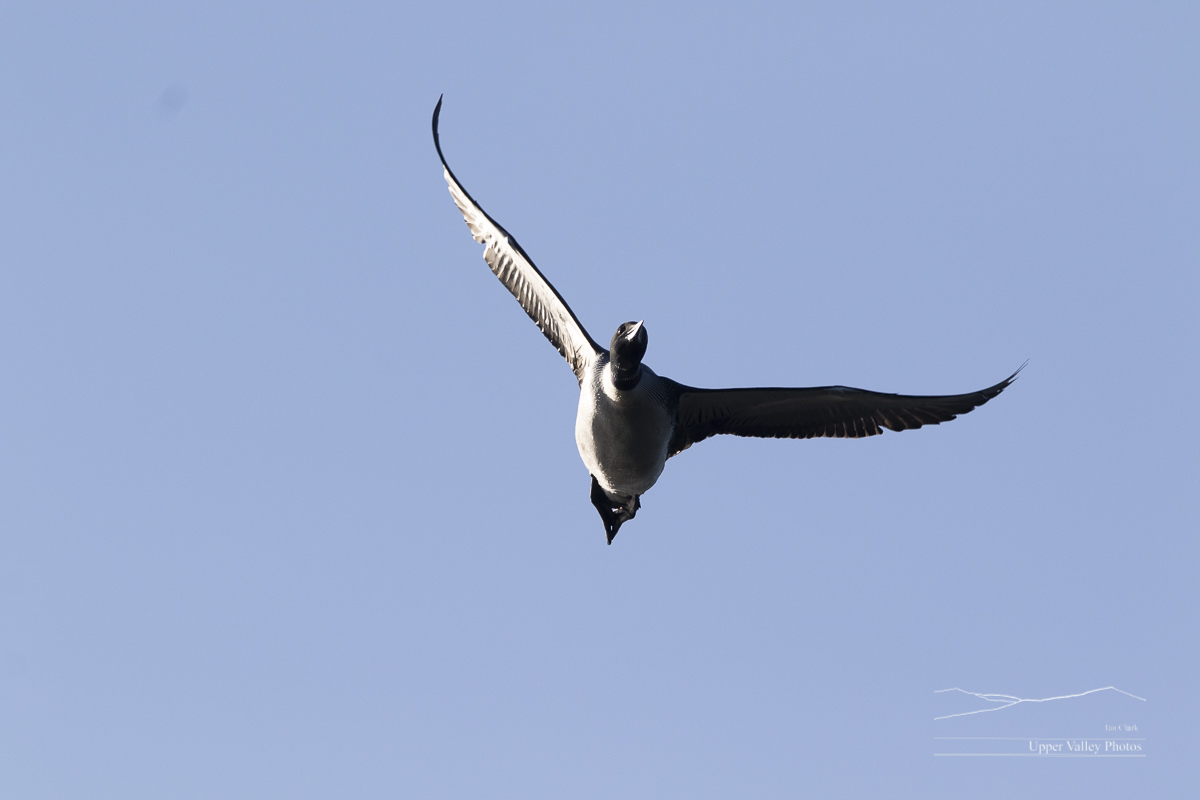
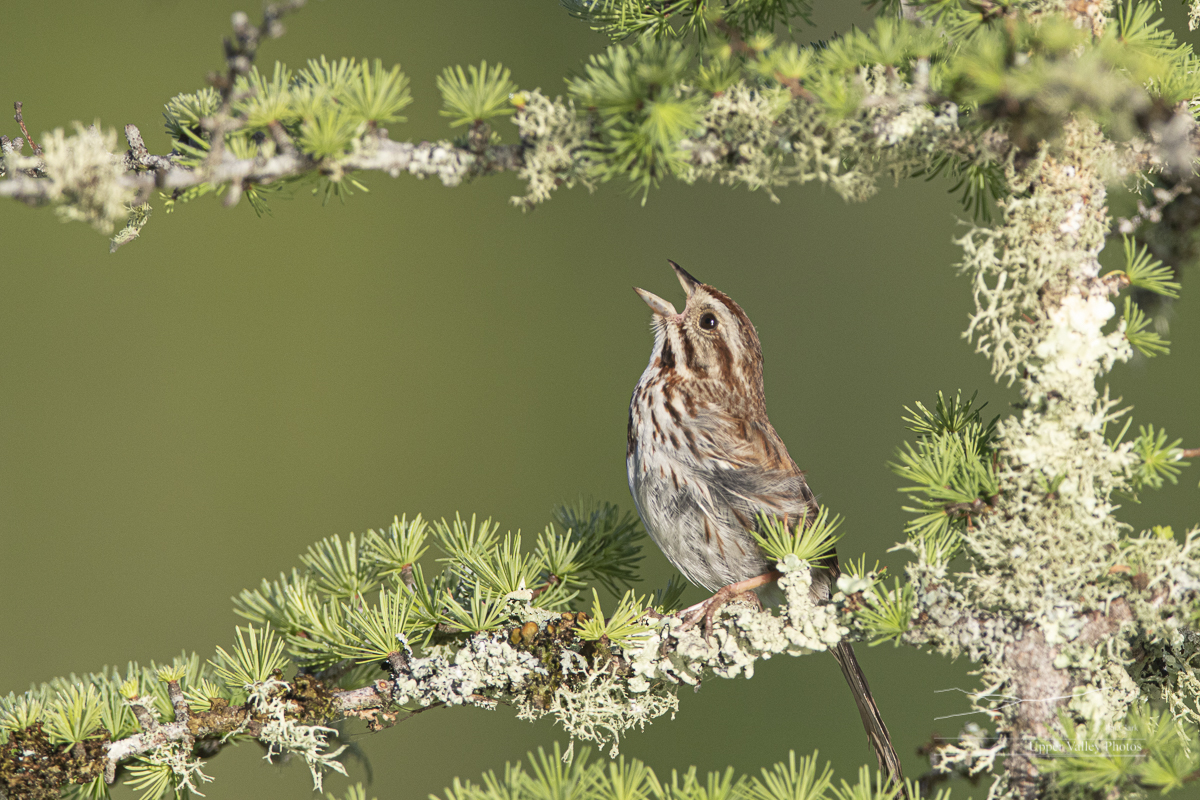
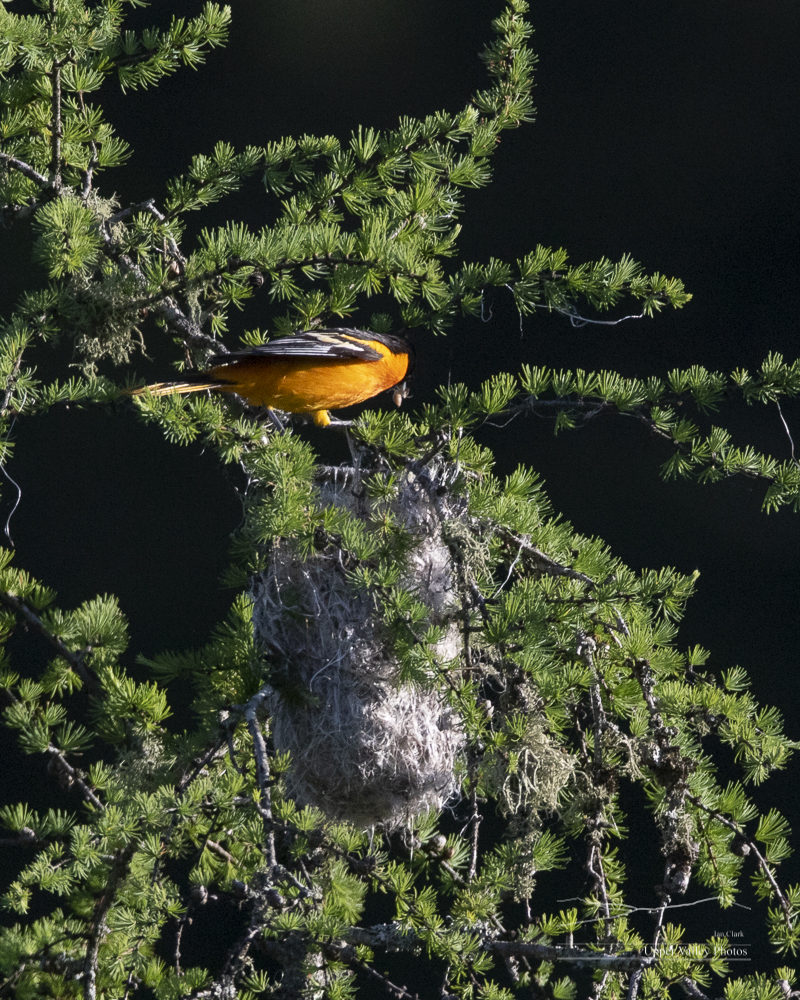
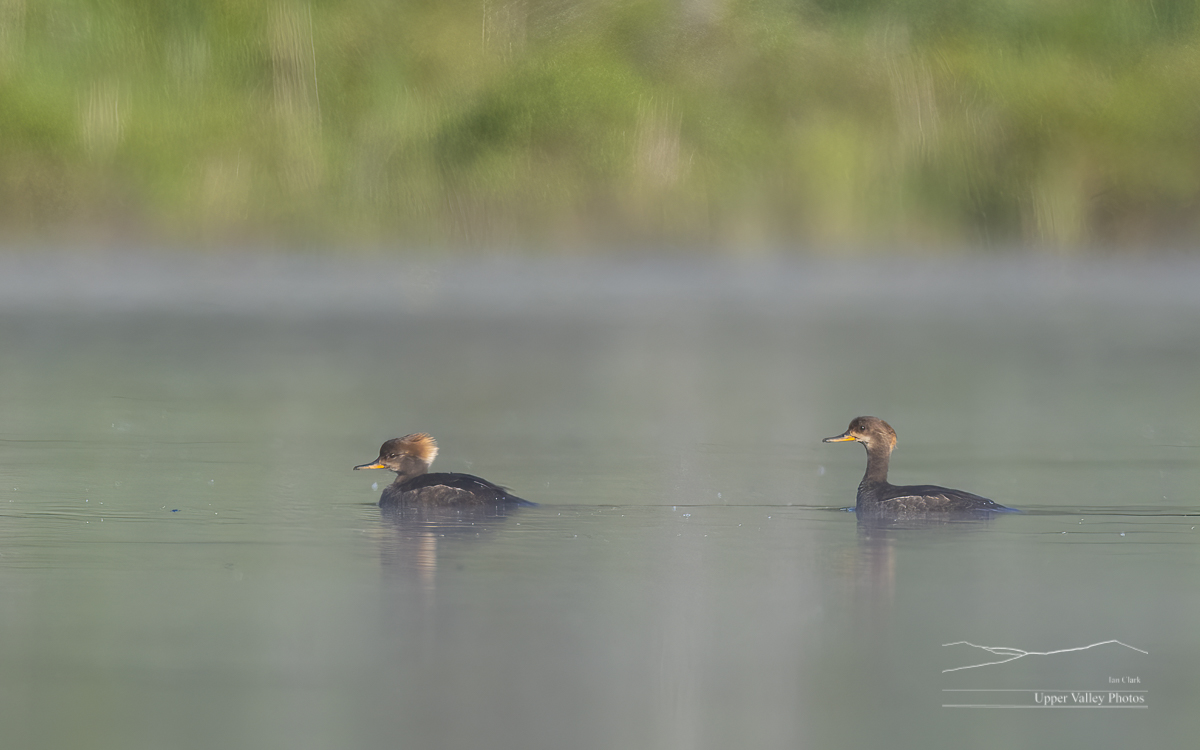
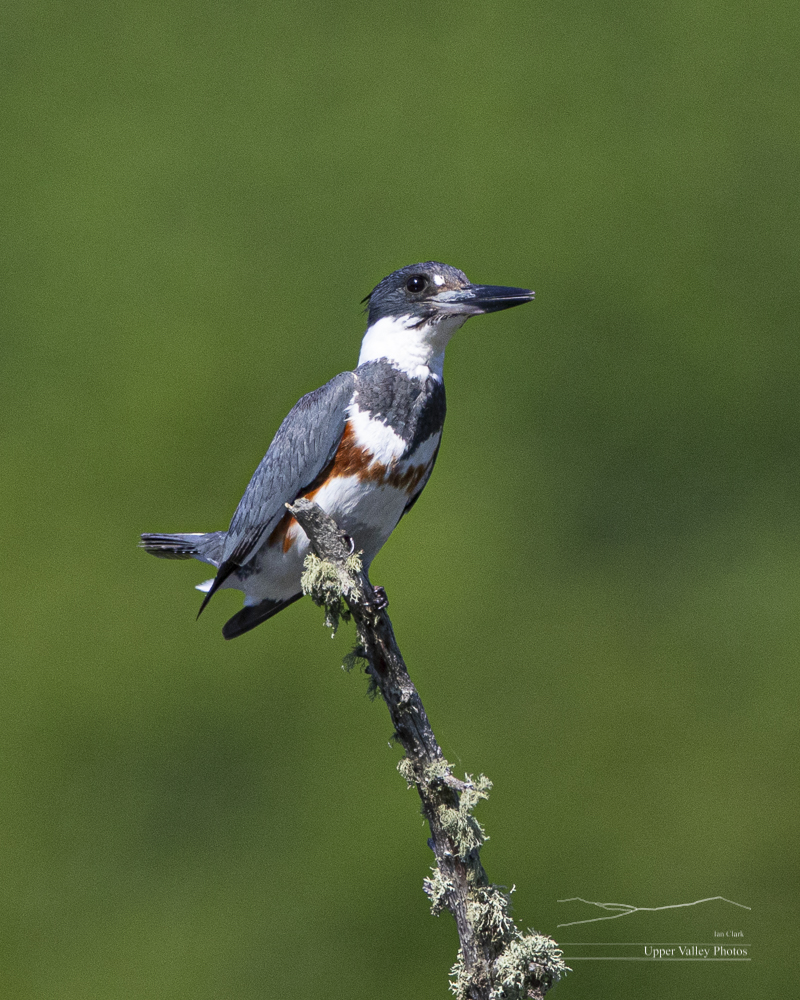

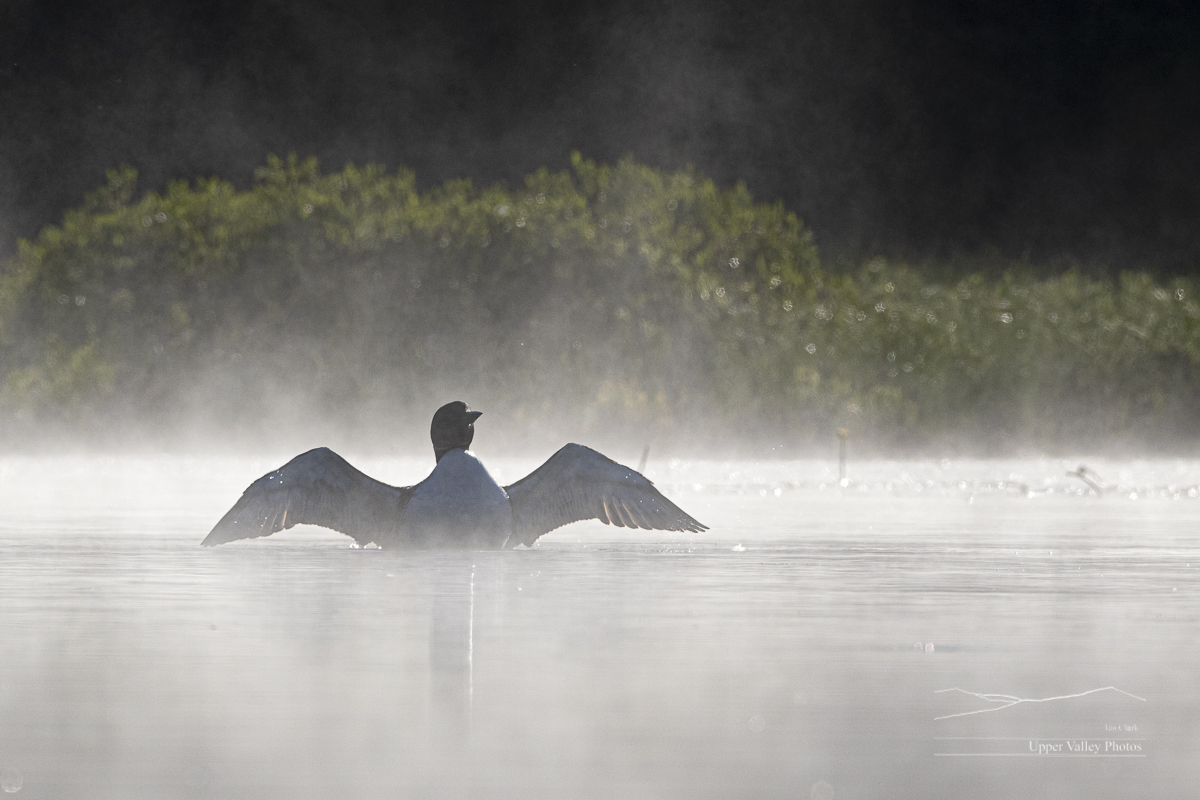

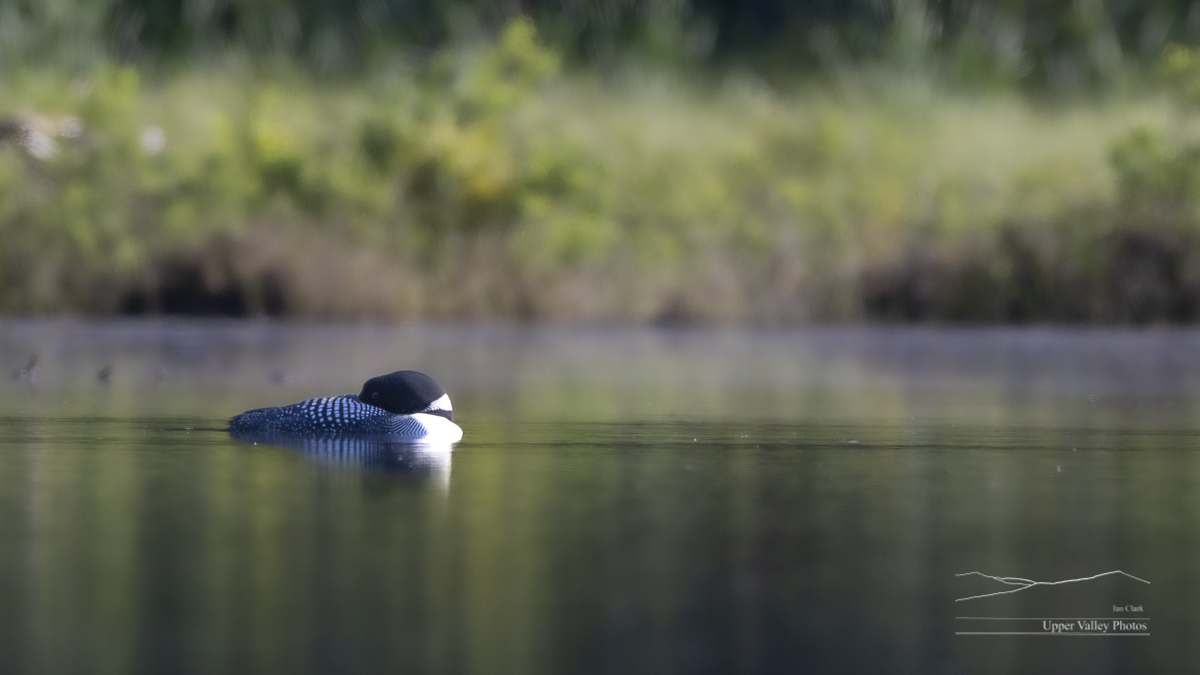
More Of The Usual Suspects, May 15, 2022
Last week’s beautiful spring weather let me head out in the kayak six times in various ponds and streams around the area. There is lots of wildlife activity going on, with plenty of photo ops.
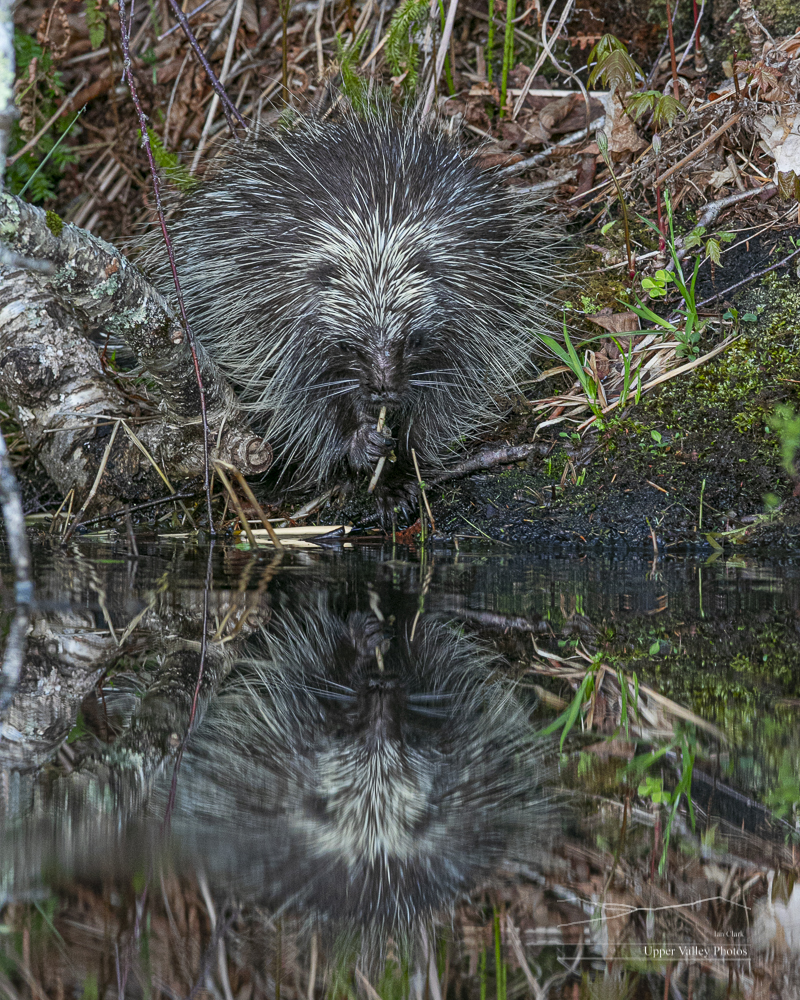
You can follow me on Instagram: https://www.instagram.com/uppervalleyphotos/ or @uppervalleyphotos.
